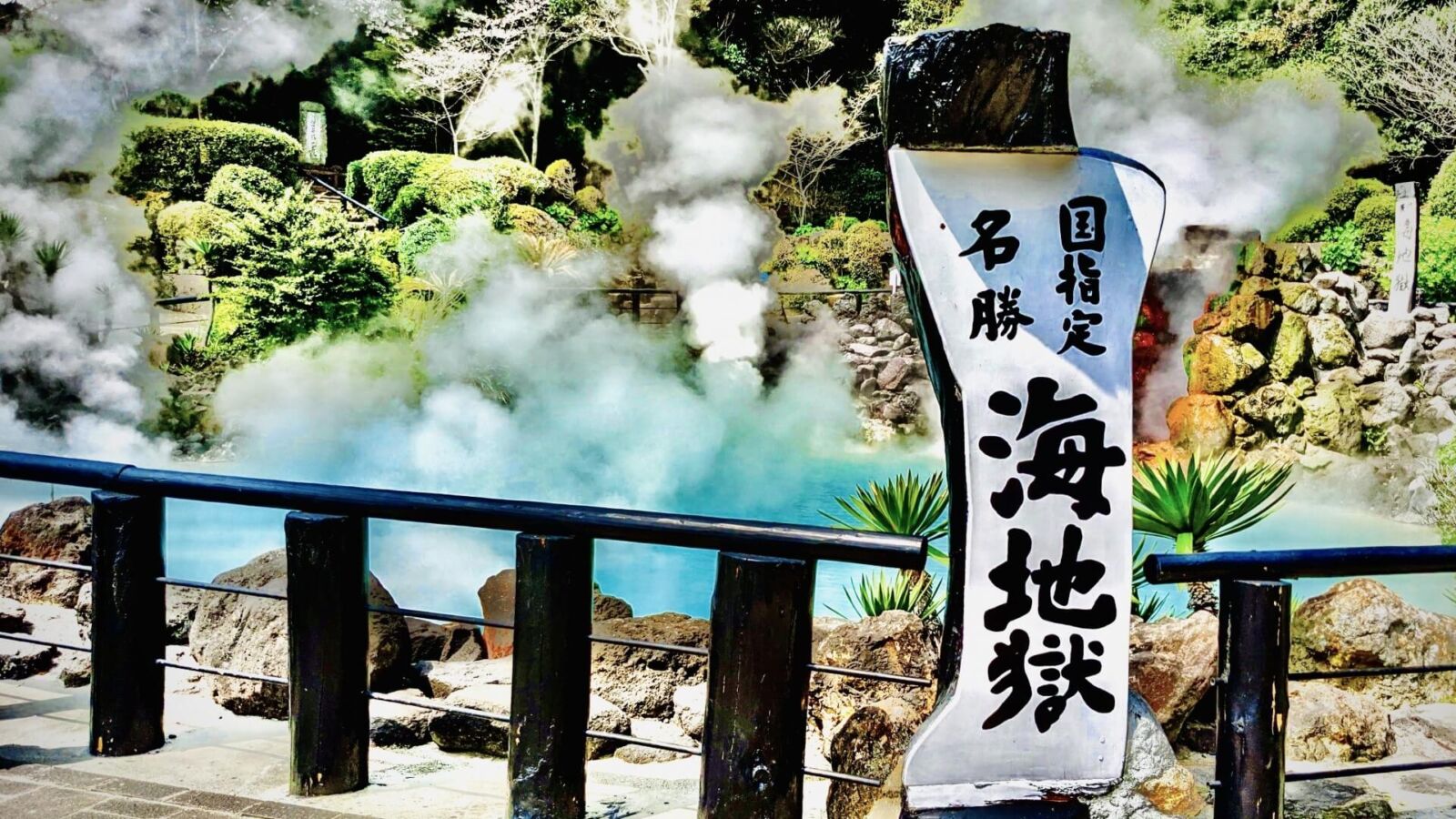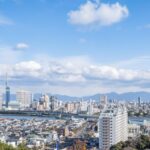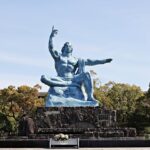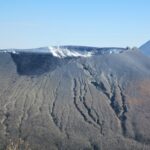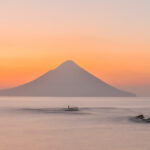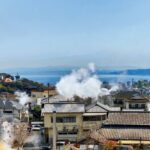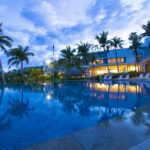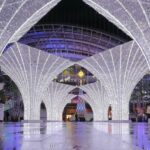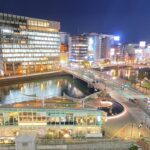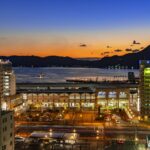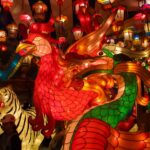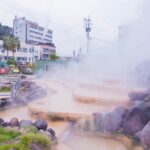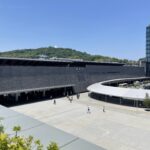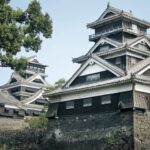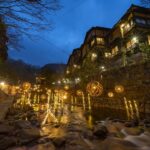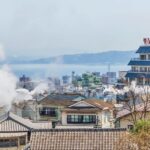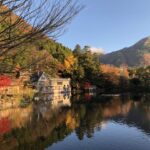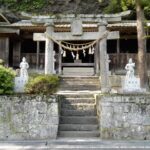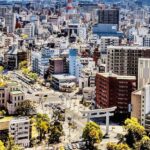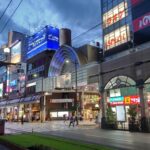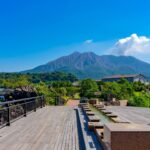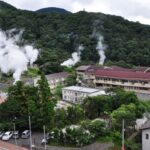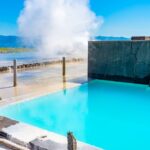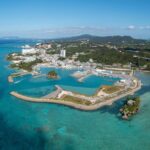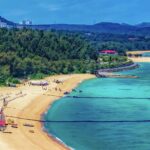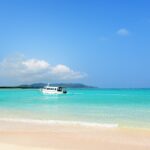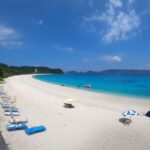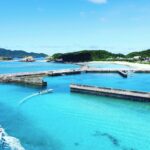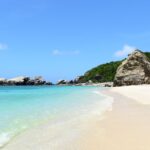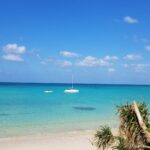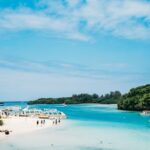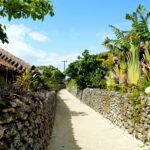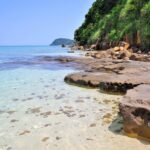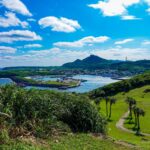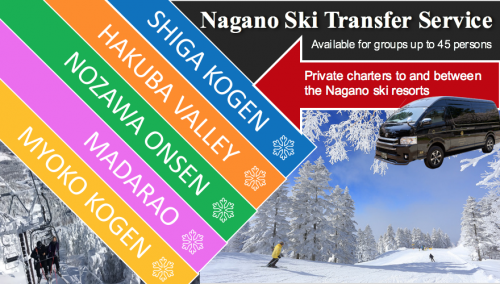25 Things to Do Around Okinawa & Where to Stay
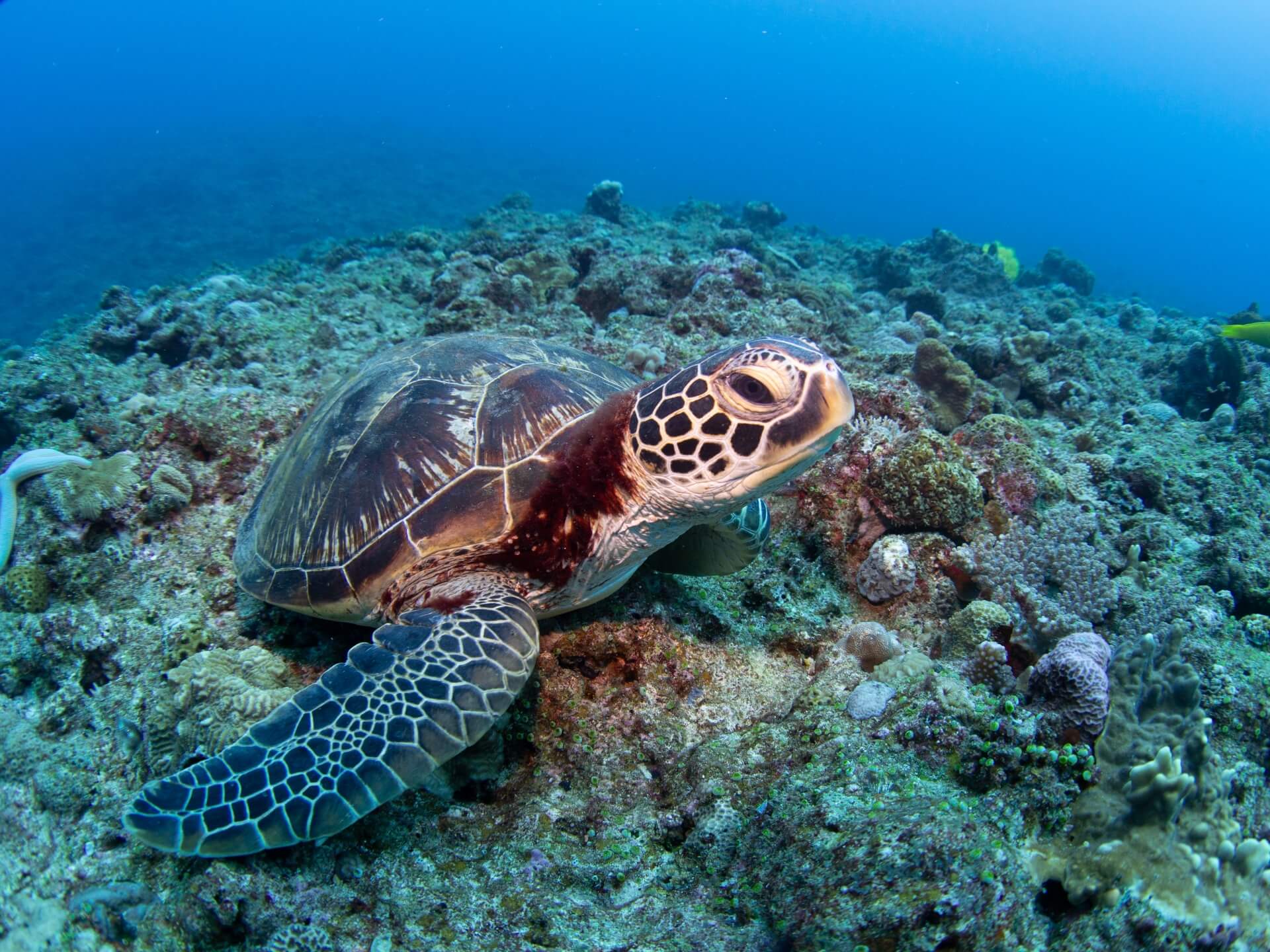
Spread across a vast area and surrounded by the South China Sea and Pacific Ocean, the islands of Okinawa may be part of Japan but in most regards are a world away from Tokyo, Kyoto and the Japanese mainland. On this page you will find the following information:
— Best Things to Do in Okinawa
— Best Places to Stay in Okinawa
As the southernmost and westernmost region of Japan, the islands of Okinawa are a destination unto themselves and in many ways, feel like a different country. This should come as no surprise. Part of the Ryukyu Kingdom – a tributary state of china – from 1429 until 1879, the former Ryukyu Islands came under the control in Japan in the late-19th century but to this day maintains a proud, independent and distinct culture.
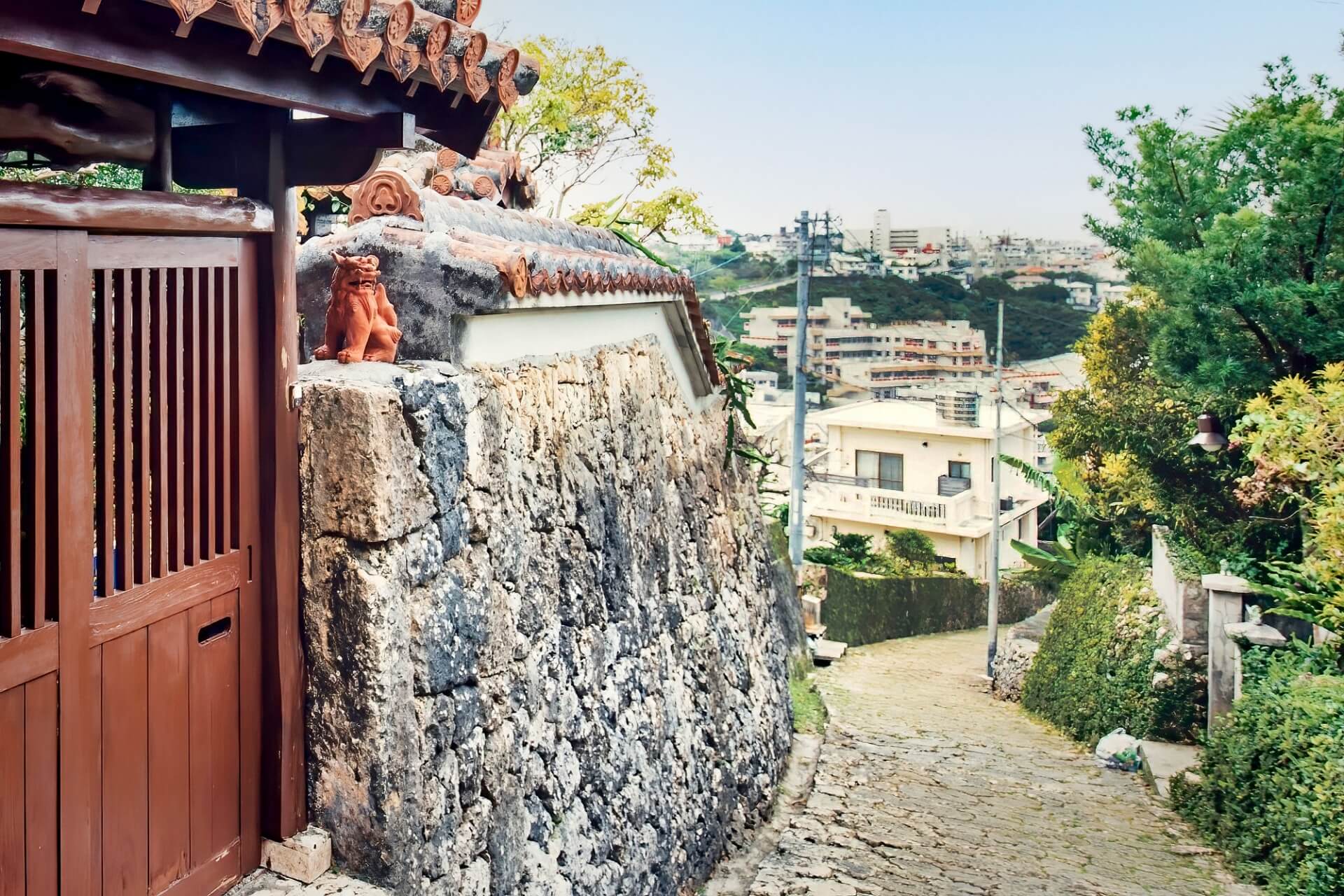
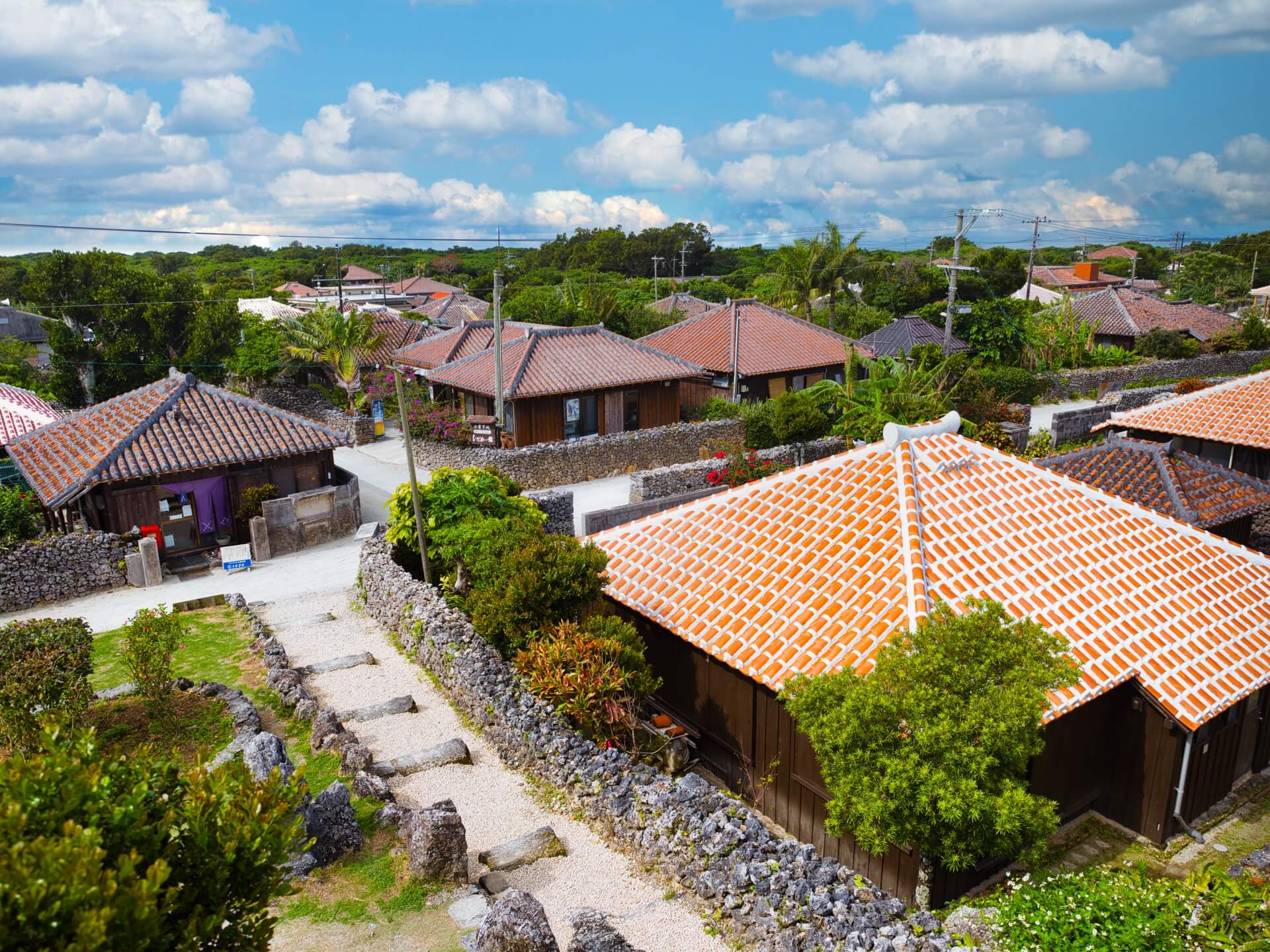
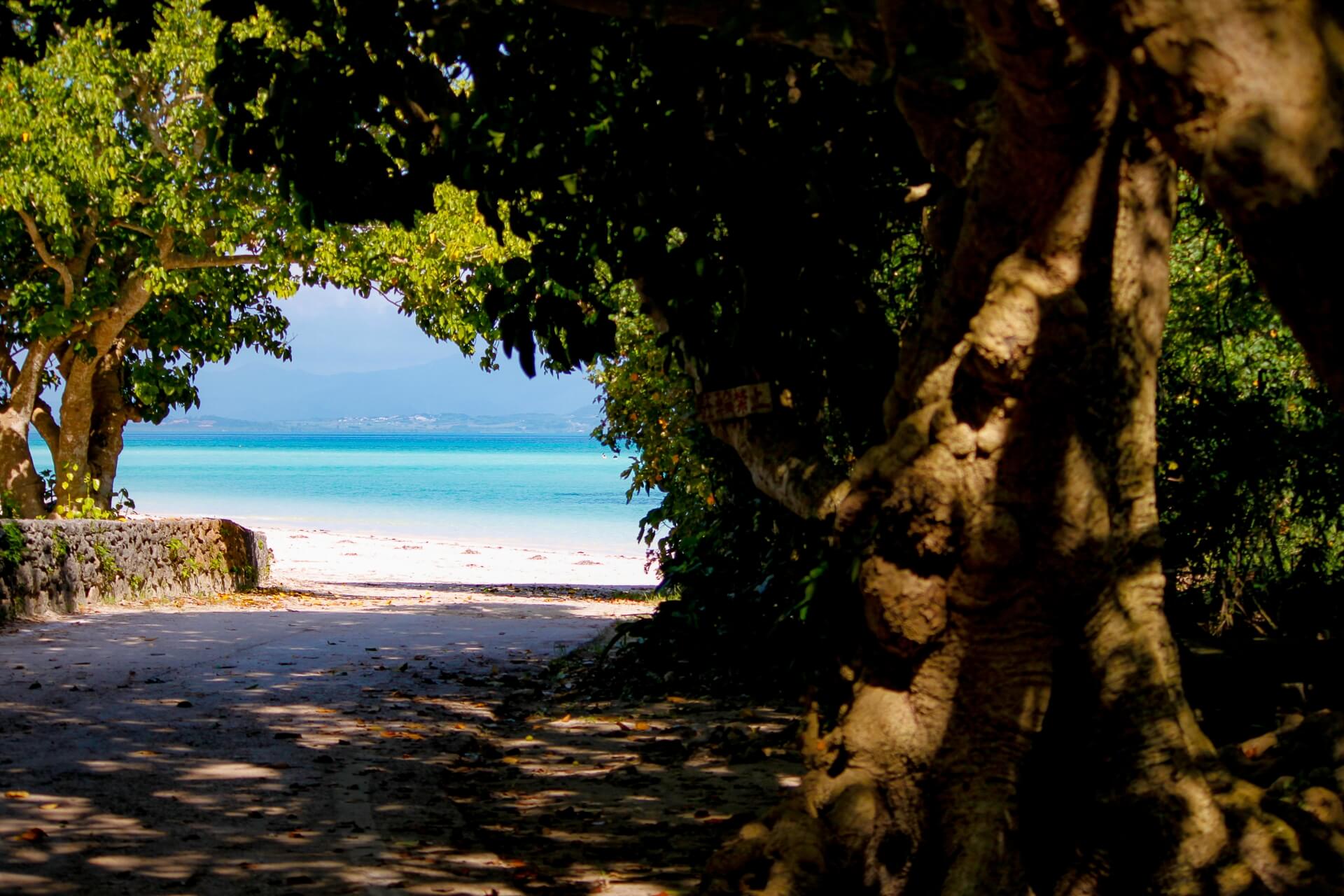
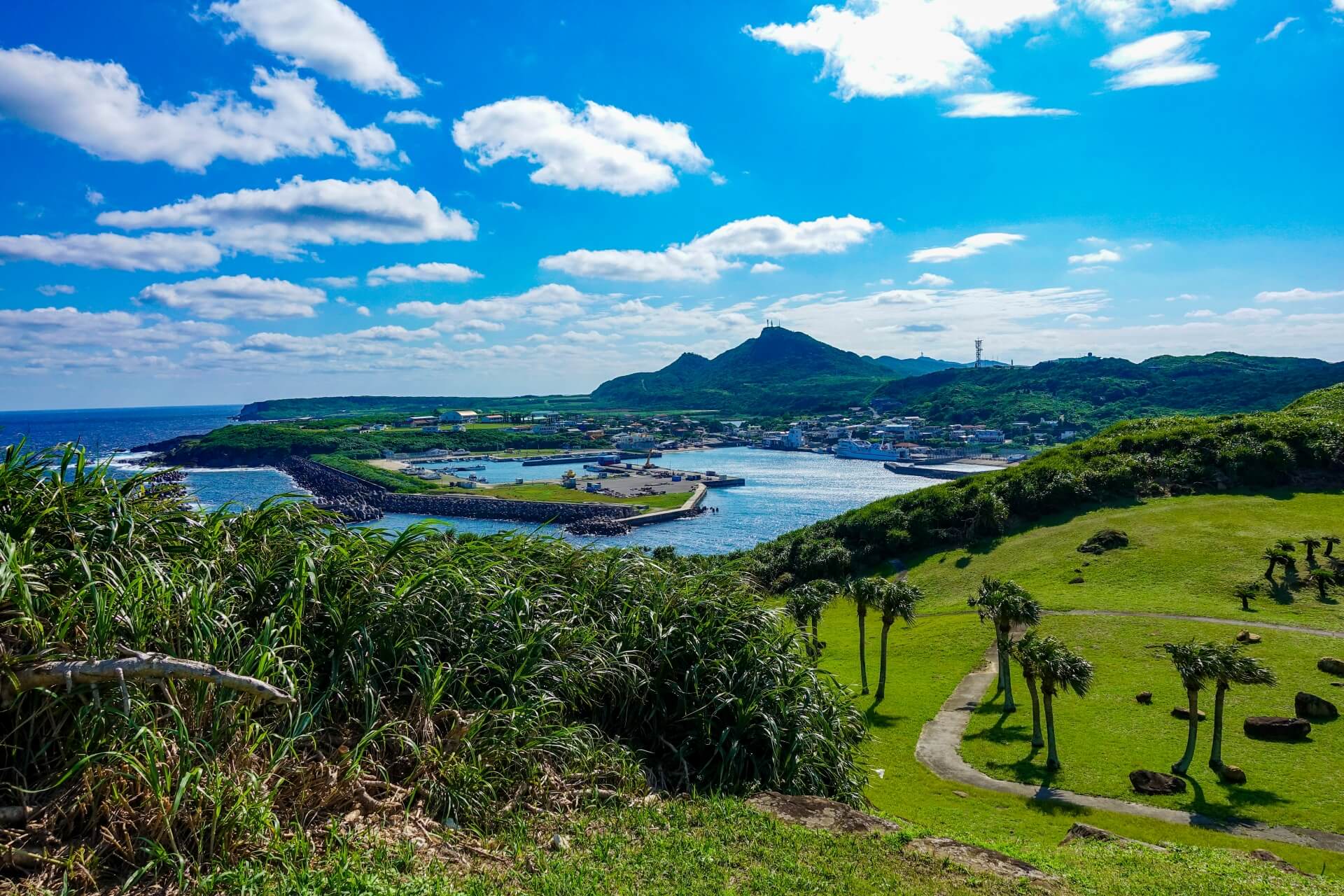
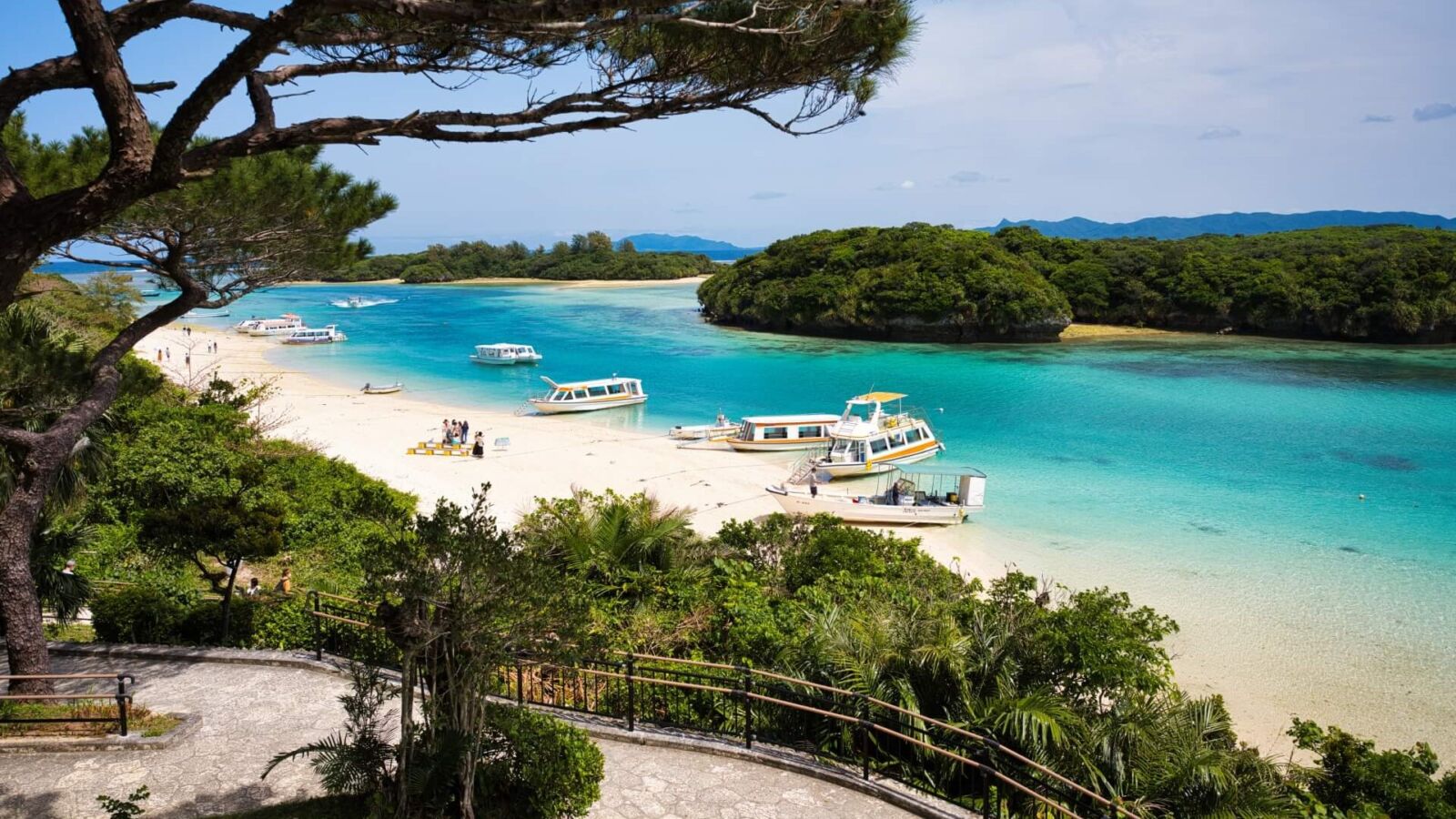
Okinawa includes around 160 islands most of which are uninhabited. The main island of Okinawa Honto is by far the largest and easiest to get to, with smaller groupings of the Kerama Islands, Miyako Islands and Yaeyama Islands attracting visitors from all over the world. Drawn by the enticement of Japan’s best beaches, diving, snorkelling and other wildlife experiences, the islands of Okinawa might take time to get to but once there, you won’t want to leave.
WHERE IS OKINAWA?
The islands of Okinawa lie approximately 1600km to the southeast of Tokyo, surrounded by the South China Sea and Pacific Ocean. One of Japan’s 47 prefectures, it is part of Japan’s southern Kyushu region – despite its significant distance from the rest of Kyushu, Shikoku, Honshu and Hokkaido – while maintaining a strong sense of independence and distinct cultural reflective of its close ties and contact to China and South East Asia. Located in the south of the Okinawan main island, Naha Airport is the primary point of access to the islands – approximately 2.5 hours flight from Tokyo. Some of the smaller islands are also accessible by flight from Tokyo and other cities in Japan, along with short regional flights Naha. Ferry services also connect Okinawa to Kagoshima in Kyushu – taking around 25 hours – while running from the Okinawa main island to smaller islands in the archipelago.
BEST THINGS TO DO IN OKINAWA
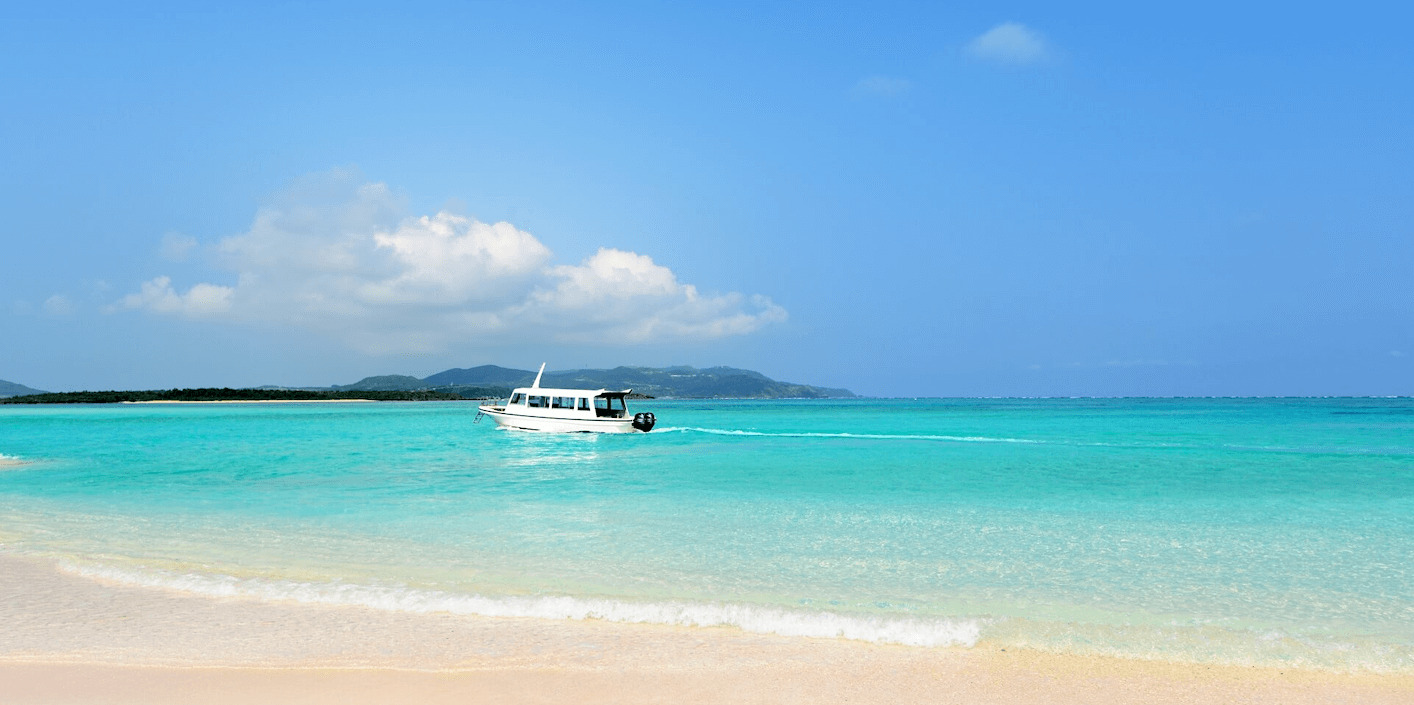
For much of its history, the islands of Okinawa were part of the Ryukyu Kingdom, only coming under the control of Japan in the late-19th century. As such, visitors to Okinawa will encounter an independent people who are proud of their distinct culture, traditions and identity while also welcoming you to visit their home and enjoy Japan’s best beaches, diving and so much more. In this section we’ll list our recommendations of the best things to do in Okinawa, divided into the island groups:
OKINAWA HONTO (MAIN) ISLAND inc. KUME ISLAND / KERAMA ISLANDS / MIYAKO ISLANDS / YAEYAMA ISLANDS
Part of the ‘Okinawa Shoto’ grouping, ‘Okinawa Honto’ is the main – and by far the largest – island in the archipelago. Naha Airport is located in the south of the island from where you can easily access of Naha City and other destinations including the smaller islands of Kume, the Kerama Islands – including Aka, Zamami and Tokashiki, the Miyako Islands and distant Yaeyama Islands – including Ishigaki, Taketomi, Iriomote, and Yonaguni. All of these destinations are discussed below but let’s start with the largest of them:
OKINAWA HONTO (MAIN) ISLAND
As the largest island in Okinawa, Okinawa Honto offers the great number of attractions and accommodation with the capital city of Naha being a convenient starting point from where to explore the entire island or take a flight or ferry onto a smaller island. Our suggestions of the best things to do in Okinawa begins in the heart of Naha at:
1 / KOKUSAI-DORI / all year round
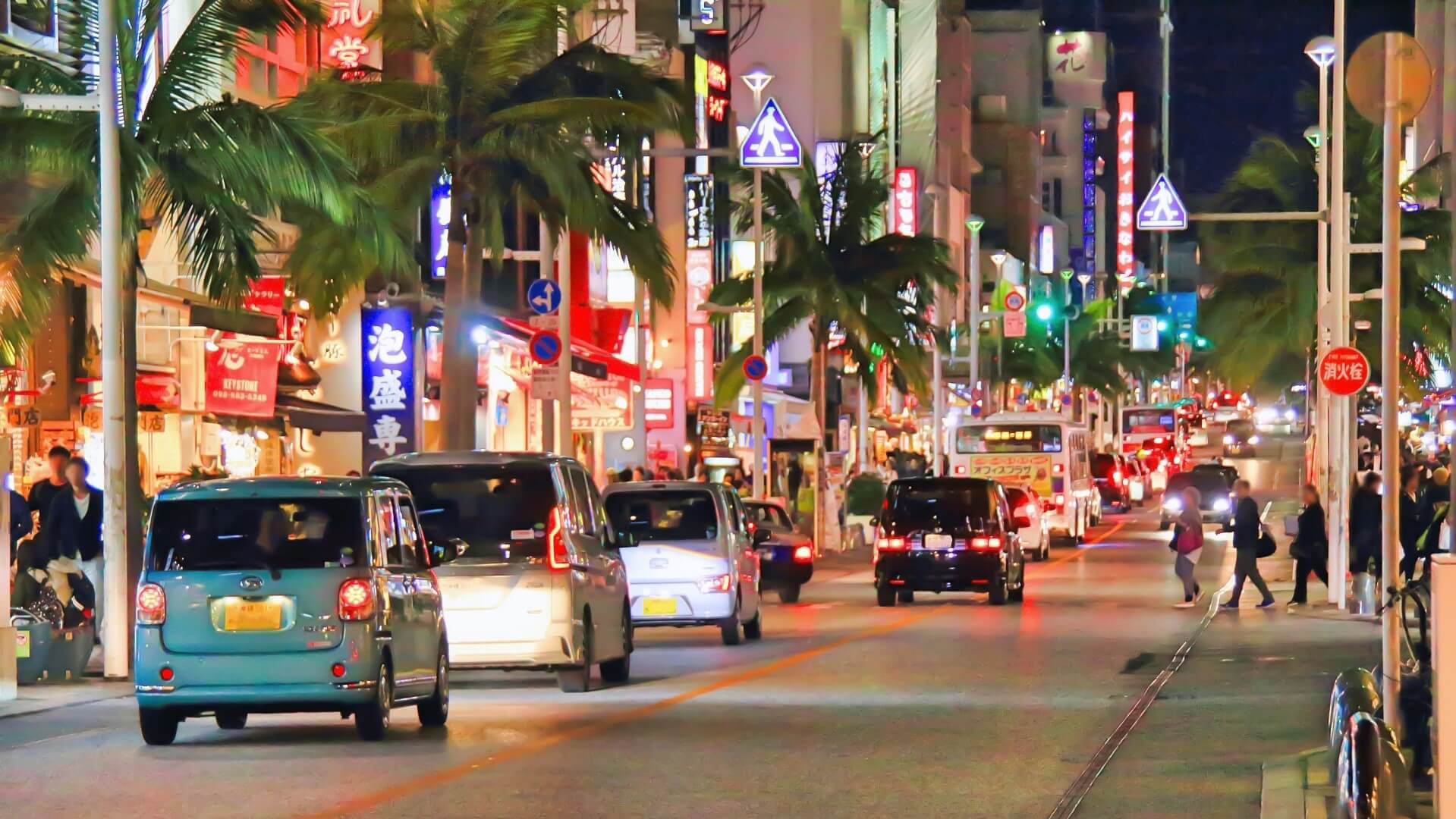
Translating as ‘International Road’, Kokusai-dori runs for around 2 kilometres through central Naha – effectively bookended by the monorail stations of Prefectural Office and Makishi Station. Boasting lots of bars, cafes, restaurants and accommodation. The covered shopping arcades of Heiwadori, Mutsumidori and Ichiba Hondori also run-off Kokusai-dori offering a large entertainment and shopping area that attracts both visitors and locals. The atmosphere varies from the overly-touristy to very local and everything in-between, with plenty of lively venues on offer and making Kokusai-dori the right place to start your exploration of Okinawa. Most venues are open every day, typically from 10:00 to 21:00 or 22:00. For accommodation listings, see our ‘Okinawa Main Island (South) / Naha City Area’ hotel page.
2 / ENJOY THE FOOD OF OKINAWA / all year round
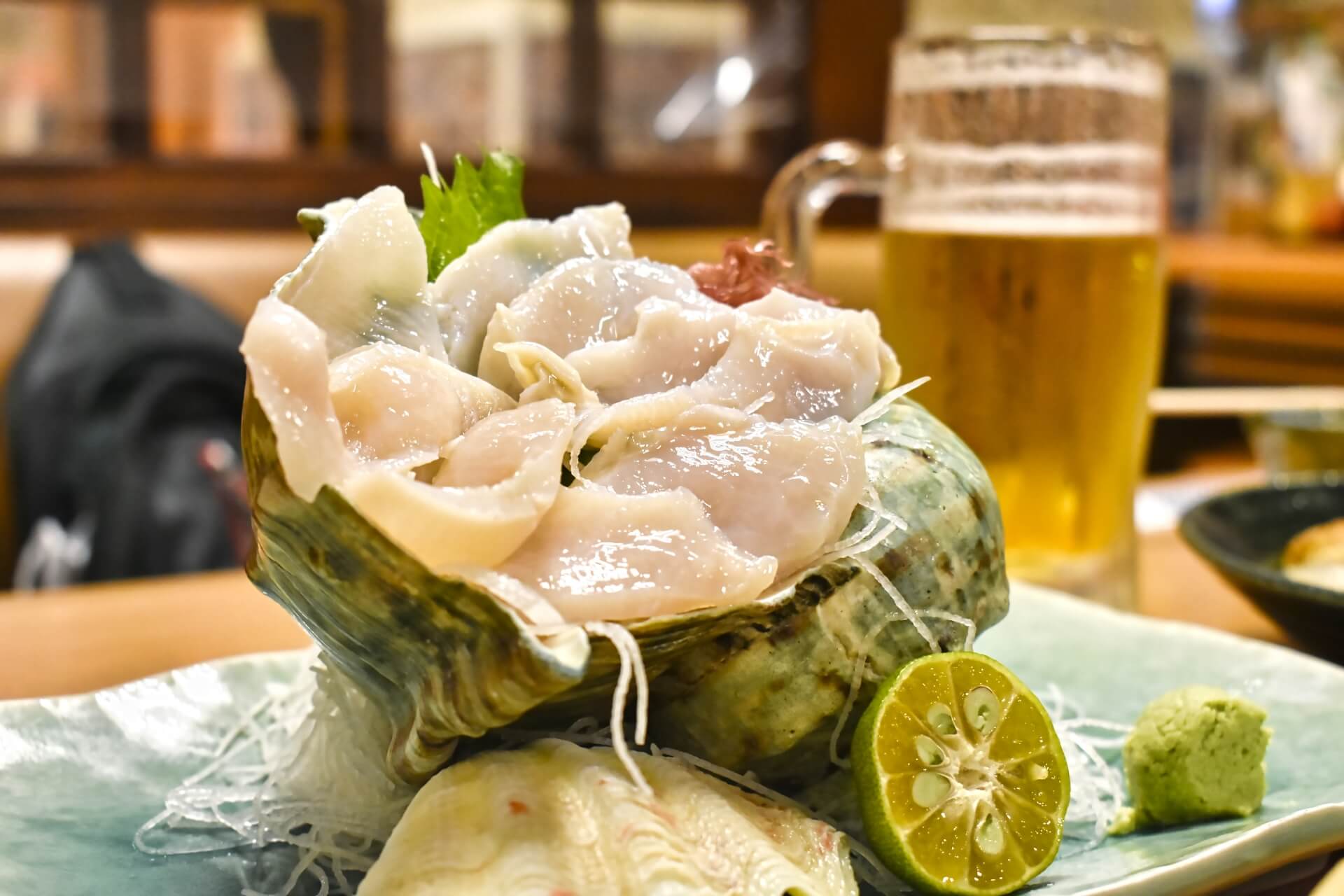
One of the great pleasures of travel is enjoying the local food and drink as you move from each new city, region and country and of course, Okinawa is no exception to this rule. The distance of Okinawa from the Japanese mainland and its different cultural and historical makeup means that local cuisine differs markedly from other places in Japan – influenced by its close contact with China, South East Asia and the West.
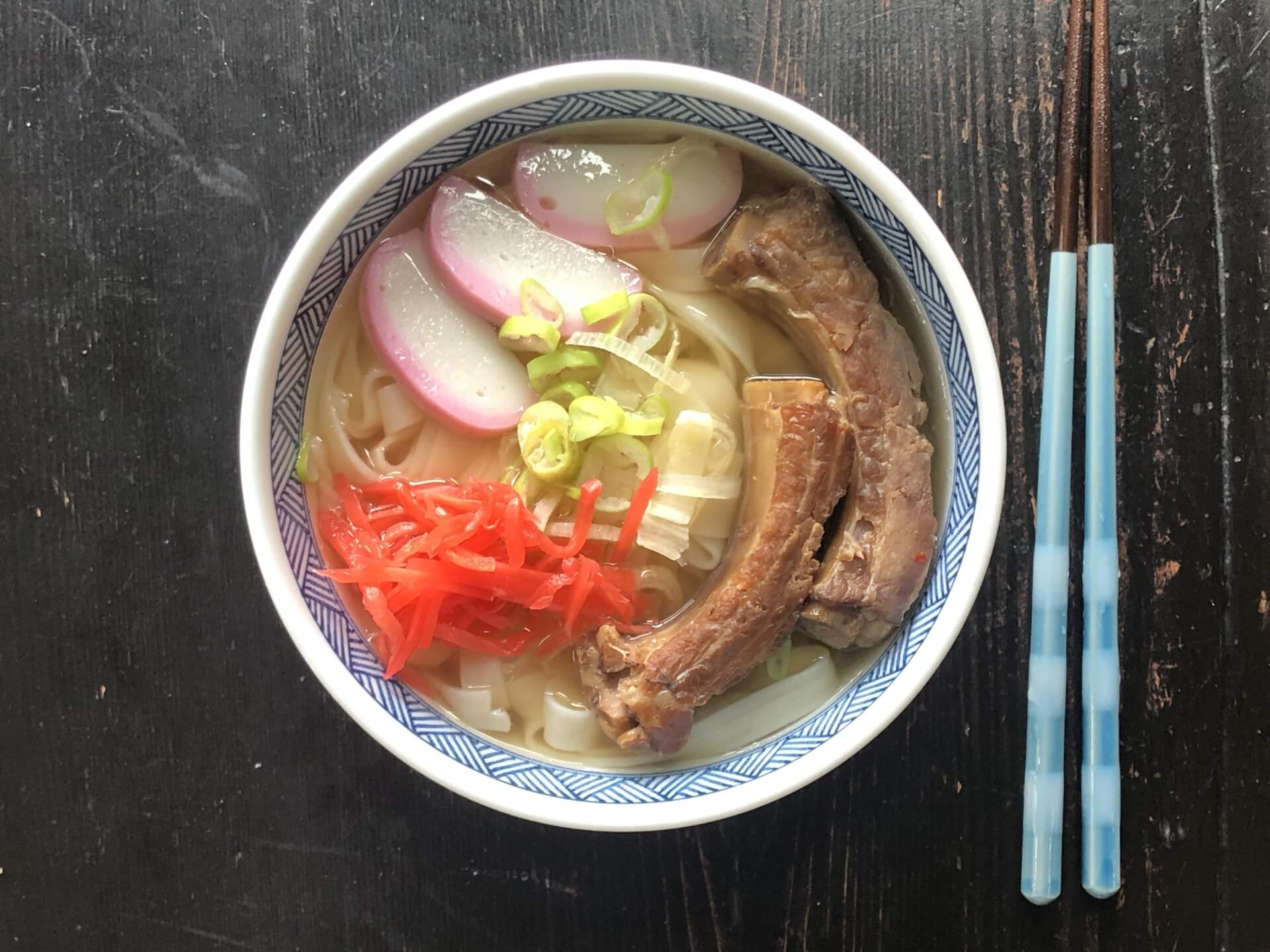
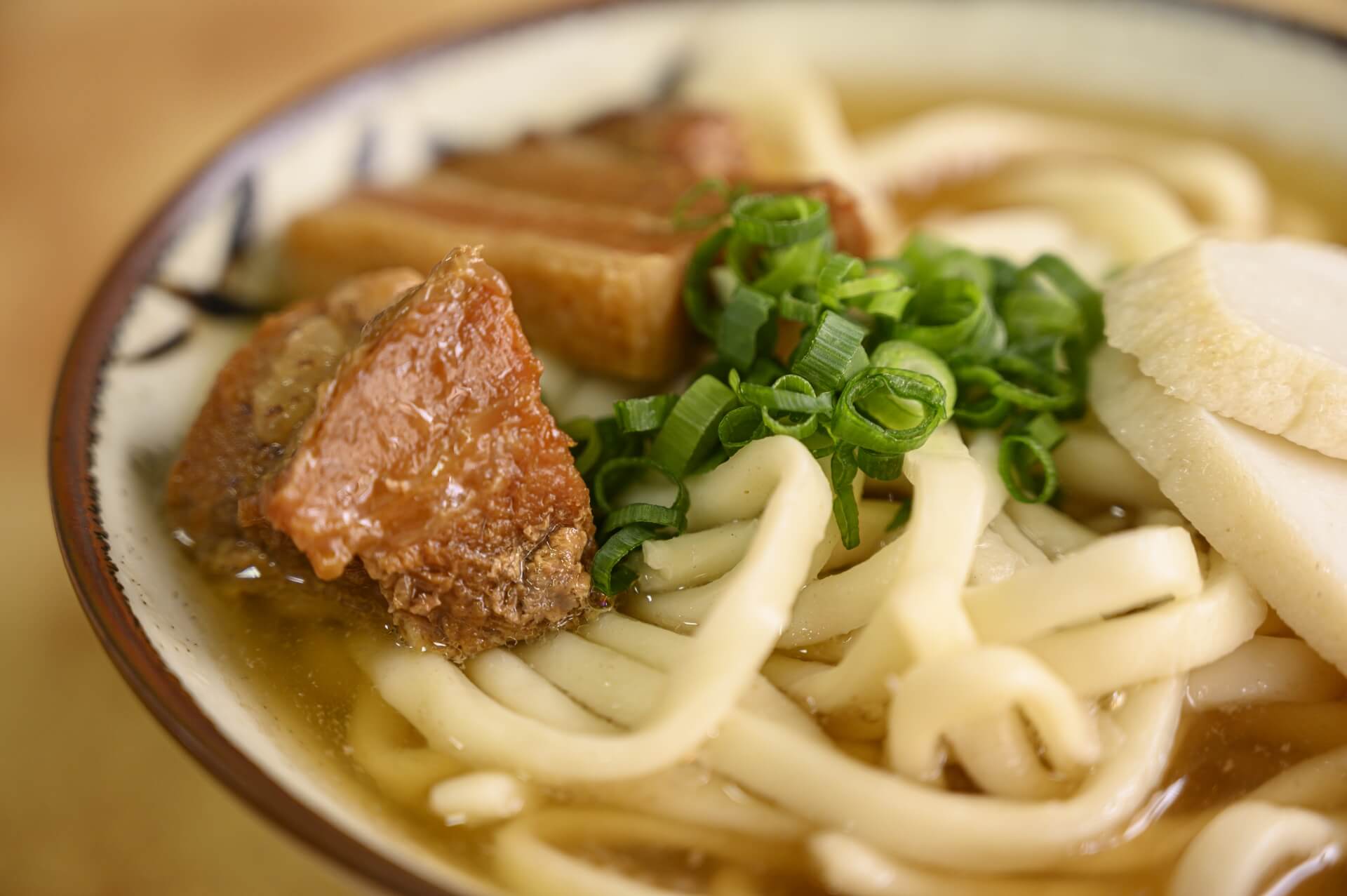
Plenty of dishes will of course be familiar with an Okinawan twist. ‘Okinawa soba’ includes wheat rather than the usual buckwheat noodles served in broth with generous slices of boiled pork – a dish also called ‘soki soba’ – being a popular topping. ‘Champuru’ is a stir-fried dish of different ingredients, most commonly including ‘goya’ – a bitter vegetable – along with tofu, eggs and pork. There are many takes on this traditional dish wish you are sure to encounter throughout Okinawa. ‘Rafute’ is thick cuts of pork belly, boiled to the point that it is very soft and pleasurable to eat while ‘mimiga’ is a dish of thinly sliced pig’s ear, that is boiled or steamed and flavoured with ponzu sauce, salt or peanut dressing. And of course, as an archipelago, seafood accounts for a huge part of the Okinawan diet – some of the best in Japan! You’ll find these and many other Okinawan dishes served throughout the islands with the restaurants, bars and food vendors of Kokusai-dori – as discussed above – being an ideal place to begin your food adventure.
3 / OKINAWA PREFECTURAL MUSEUM / all year round
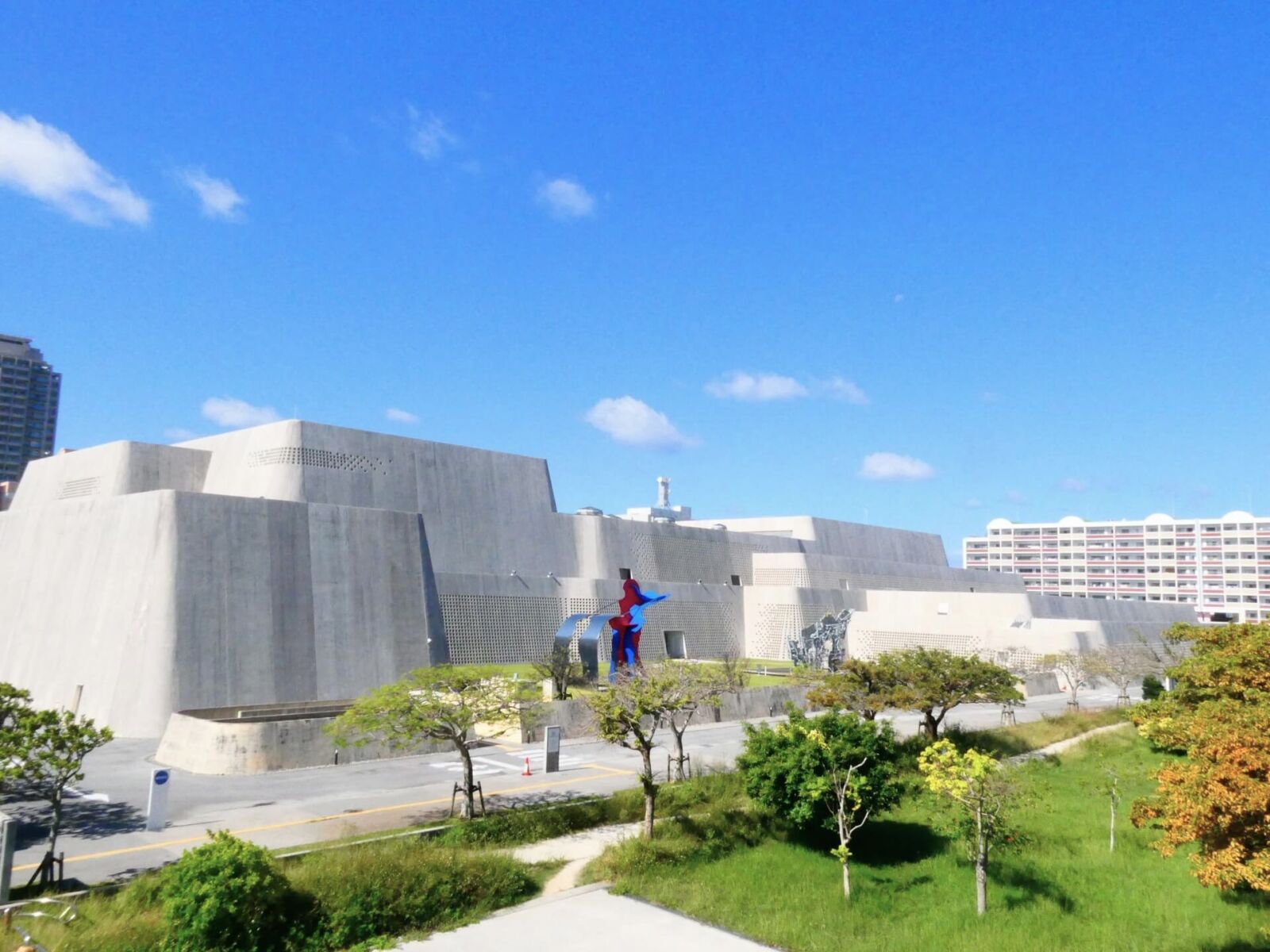
Okinawa Prefectural Museum comprises a museum detailing Okinawa’s history since before the time of Ryukyu Kingdom until today, along with an art museum featuring sculpture, paintings and video installations by local artists. The combined experience of the history and art museums offers an insightful and diverse understanding of Okinawa’s traditional and contemporary character. Open daily – other than Mondays and from Dec.29 to Jan.3 – from 09:00 to 18:00 (and until 20:00 on Fridays and Saturdays), last entry is 30 minutes before closing and admission costs JPY530 for the history museum and JPY400 for the art museum. Special exhibitions have varying entry fees. The museum is located 10 minutes walk from Omoromachi Station.
4 / TSUBOYA POTTERY DISTRICT / all year round
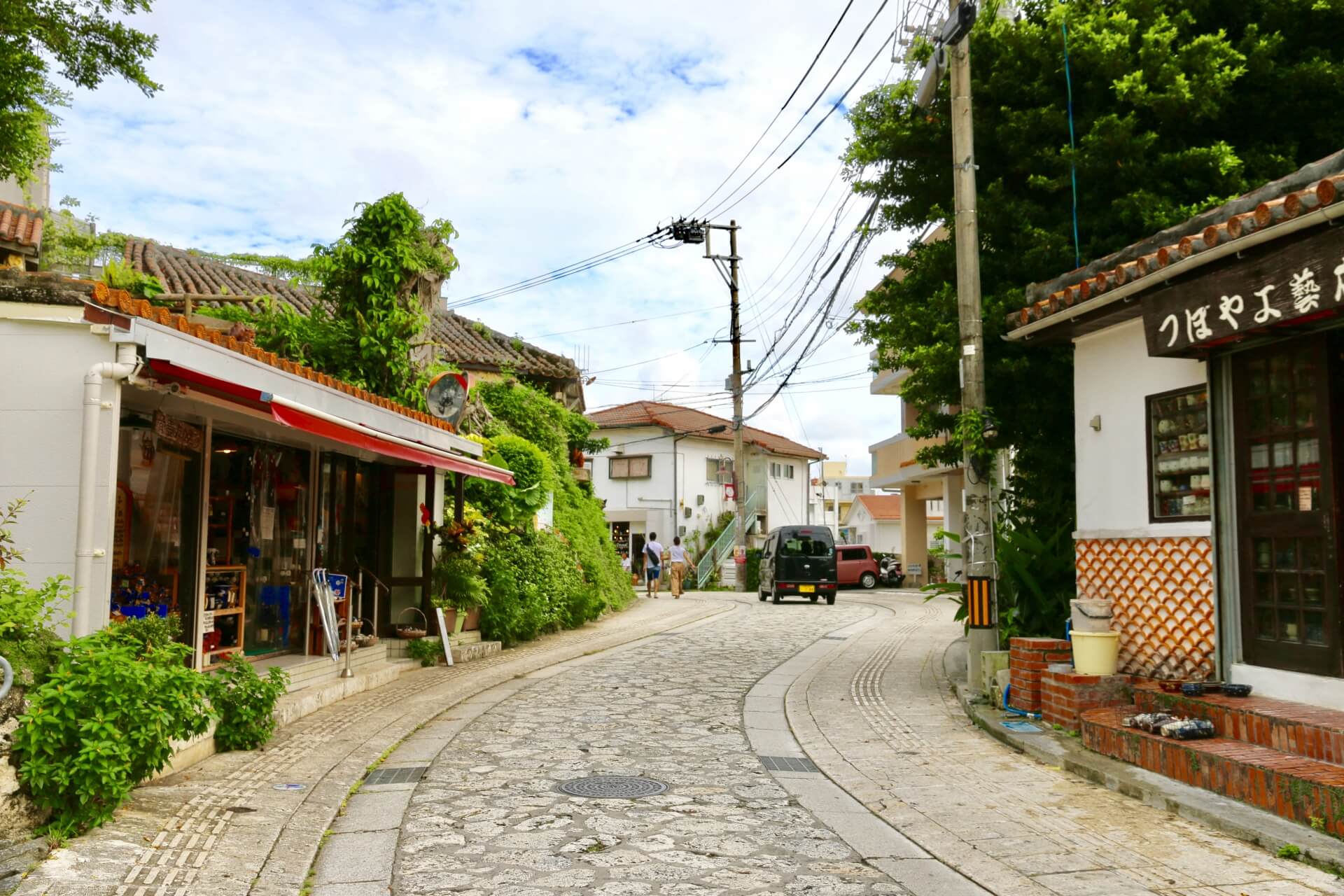
Any visitor to Okinawa with even a passing interest in ceramics, should make a point to heading to the Tsuboya Pottery District. Known locally as ‘yachimun’ – made by local artists using local clay – Okinawan pottery has a history stretching back to before when Okinawa was part of Japan, once part of the Ryukyu Kingdom. Tsuboya remains the heart of Okinawa’s traditional ceramic industry with numerous shops and artist studios centred around Tsuboya Odori Pottery Street and selling traditional and modern wares.
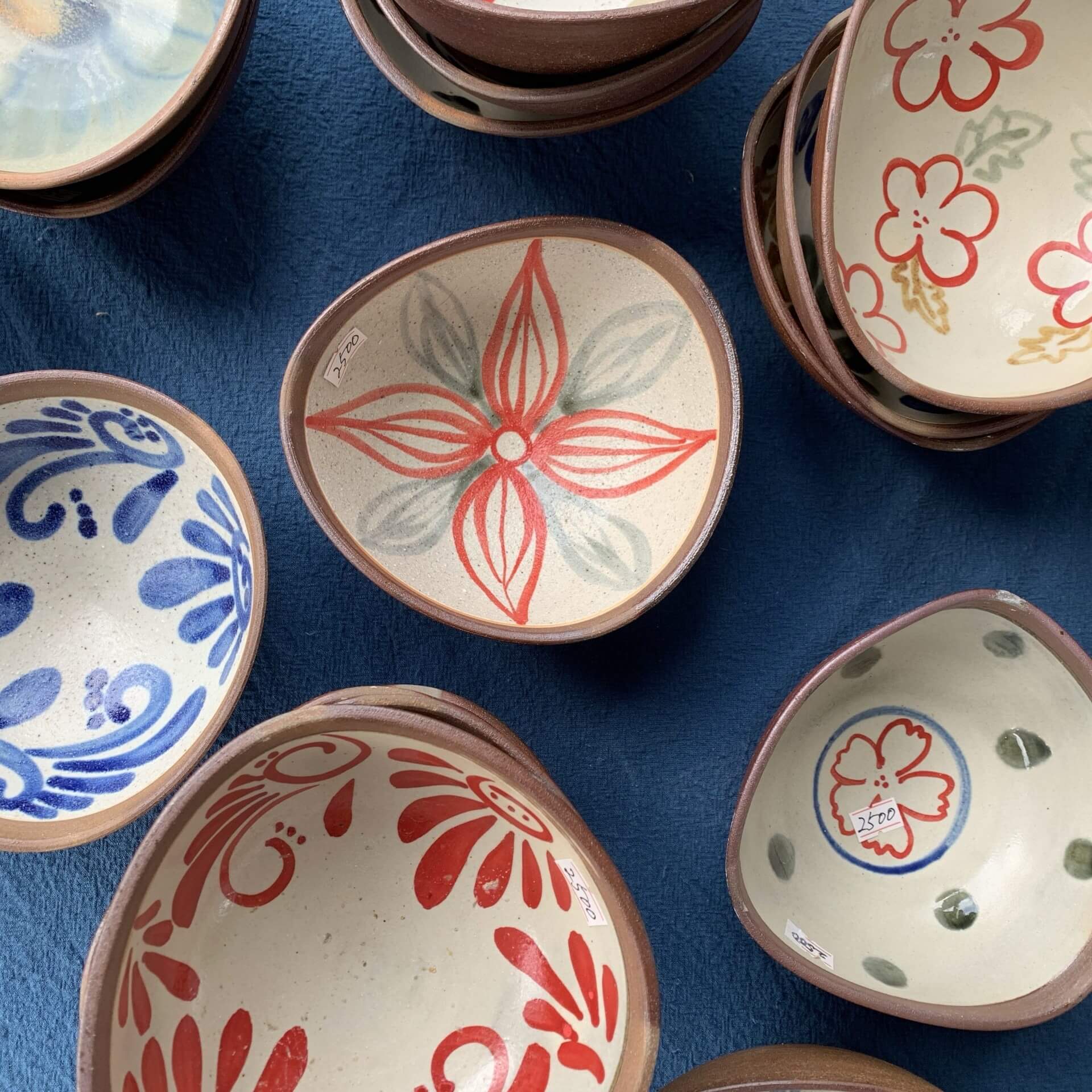
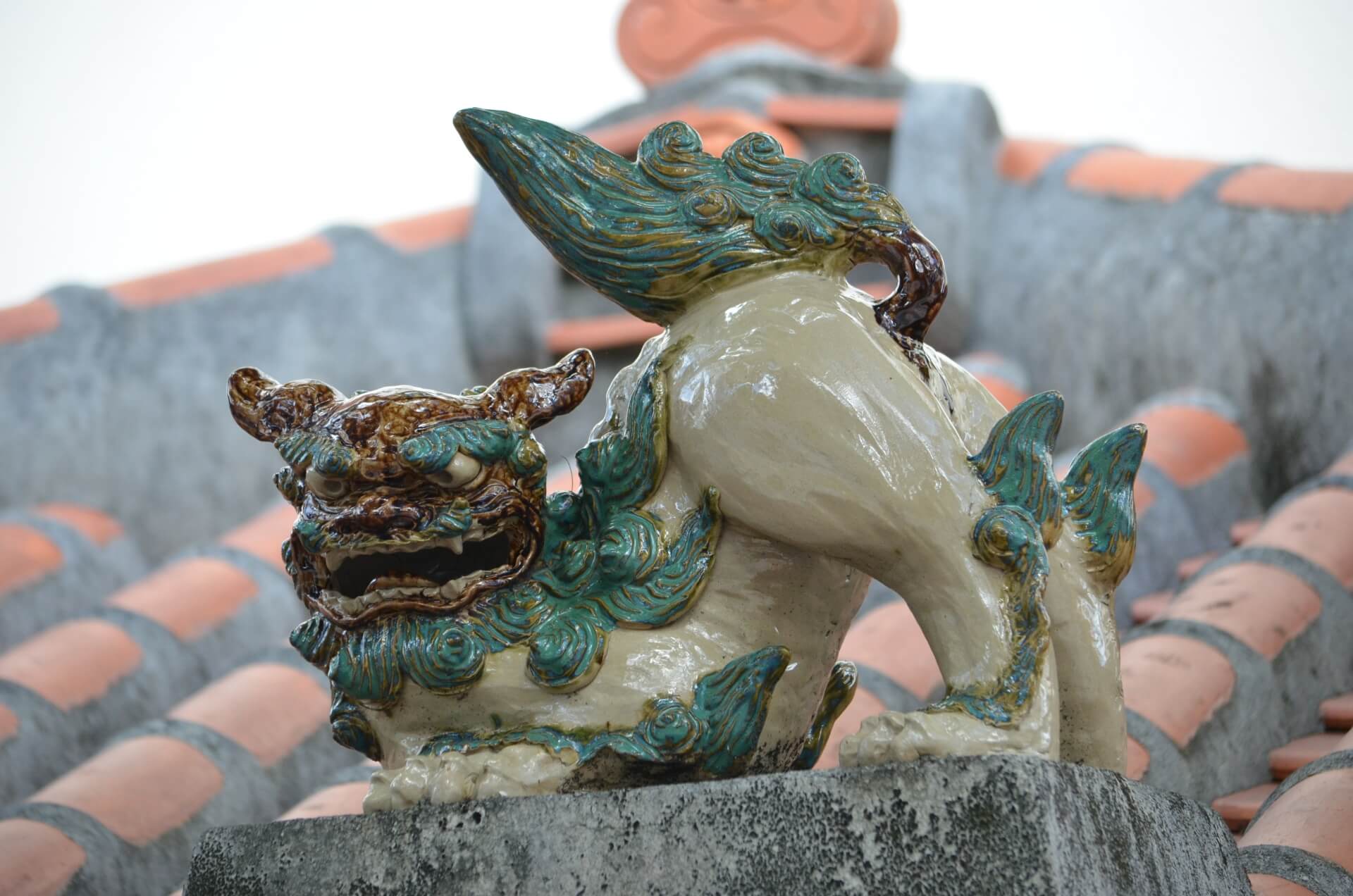
At the western end of the street you’ll also find the Tsuboya Pottery Museum, profiling the history and techniques of ‘yachimun’ including a reproduction of a traditional Okinawan house. The Tsuboya Pottery District is located 400 metres to the south of the popular Kokusai-dori Street with opening day and times of vendors varying. The museum is open daily – other than Mondays and Dec.28 to Jan.4 – from 10:00 to 18:00, with last entry at 17:30. Admission is JPY350.
6 / PEACE MEMORIAL PARK & MUSEUM / all year round
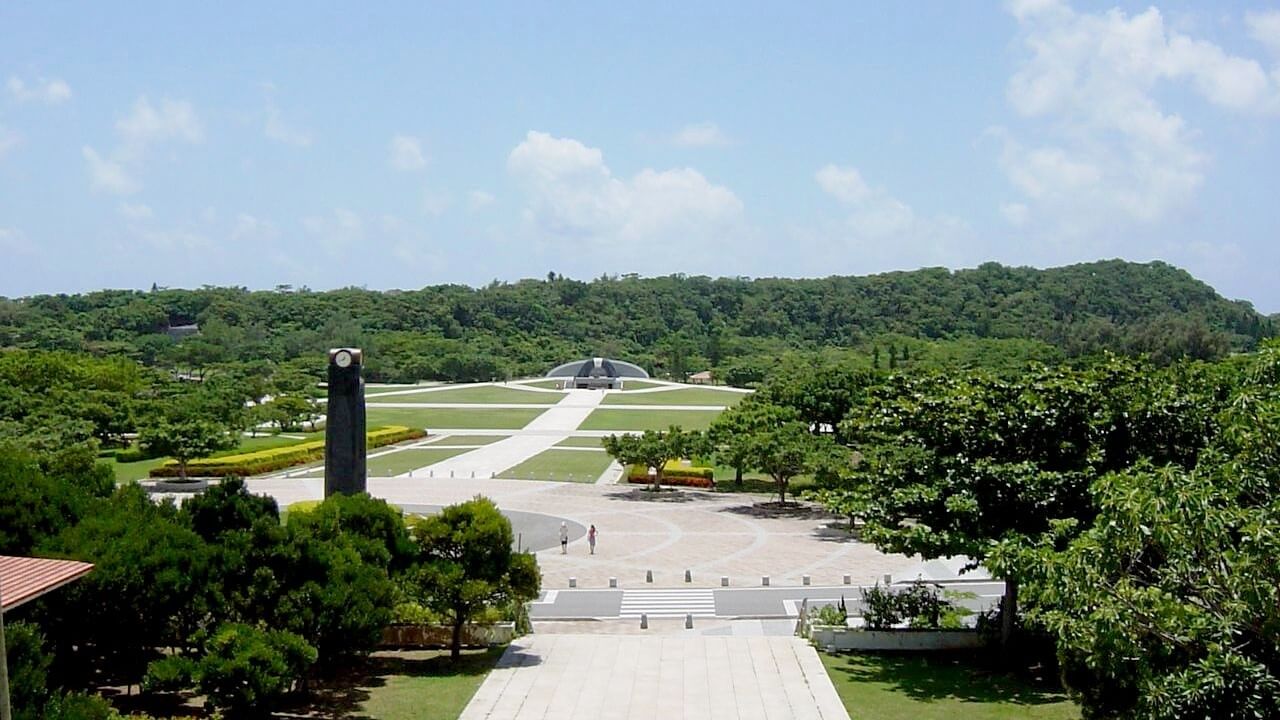
The Battle of Okinawa – ‘Okinawa-sen’ in Japanese – occurred between April to June 1945. Fought between Japanese military and the Allied militaries of the United States, the United Kingdom, Australia, Canada and New Zealand, the battle lasted 82 days and is to this day considered the most horrific of the Pacific War. An estimated 160,000 military personnel – the exact figure is unknown however Japanese forces are believed to have lost 84,000 to 117,000 personnel while Allied forces lost 50,000 – and up to 150,000 civilians, equating to up to half of Okinawa’s pre-war population. The horrific cost of the battle cannot be overstated and its legacy continues to resonate with Okinawans to this day.
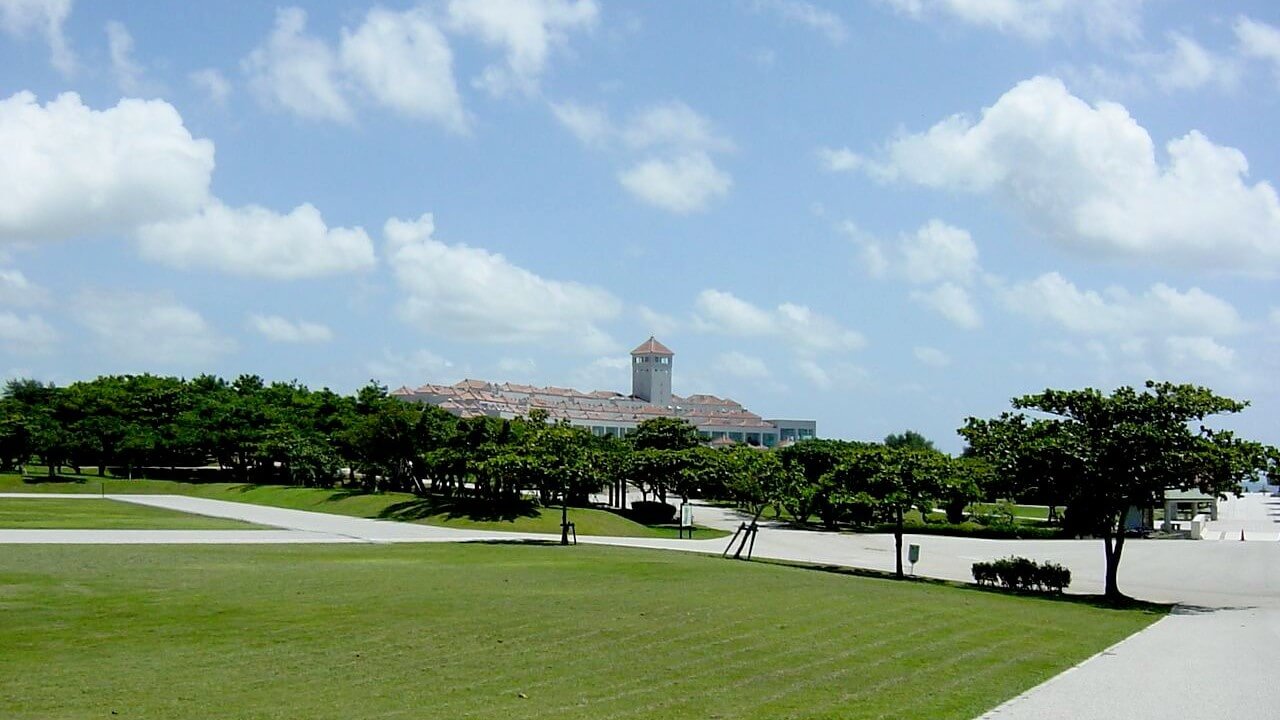
The worst of the fighting occurred in the south of Okinawa’s main island, where today the Peace Memorial Park acts as the main commemoration site. The expansive park includes the Peace Memorial Museum which offers visitors a sombre but information understanding of many aspects of the battle, while the ‘Cornerstone of Peace’ records the names of many military personnel – of different nationalities – and civilians who lost their lives. The park can be accessed at all times of day with the museum open daily – except. Dec.29 to Jan.3 – from 09:00 to 17:00, with last entry at 16:30. Admission is JPY300. To get there, take Bus No.89 from Naha Bus Terminal to Itoman Bus Terminal – 60 minutes / JPY580 – and then transfer Bus No.82 to Heiwakinedo-iriguchi – 20 minutes / JPY480.
7 / SHURI CASTLE / all year round*
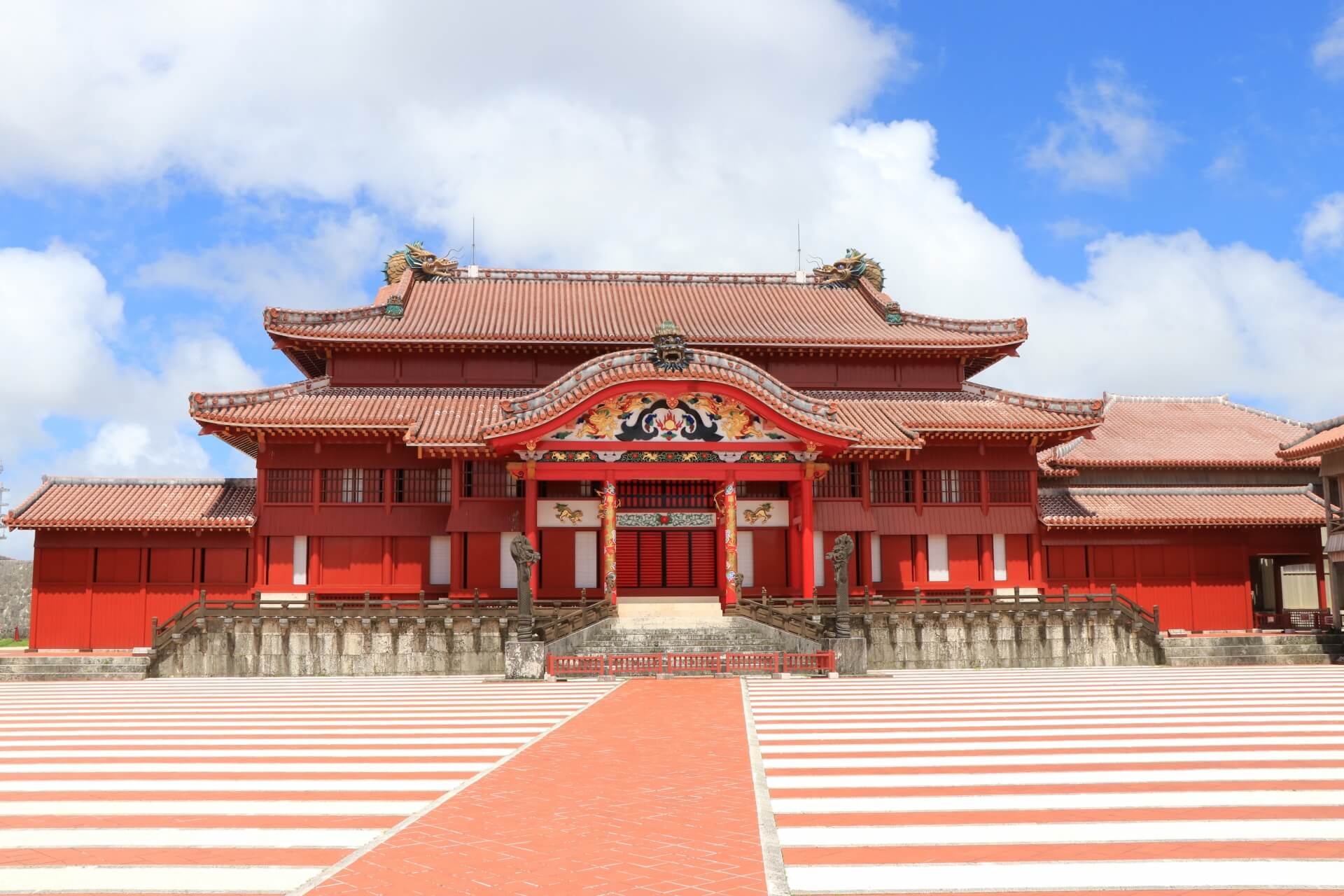
*Once the most popular attraction in Naha, the World Heritage-listed Shuri Castle was tragically destroyed by fire in 2019. Currently being reconstructed, the castle is not scheduled to be restored until autumn 2026 however visitors are still encouraged to visit the site where reconstruction can be viewed.
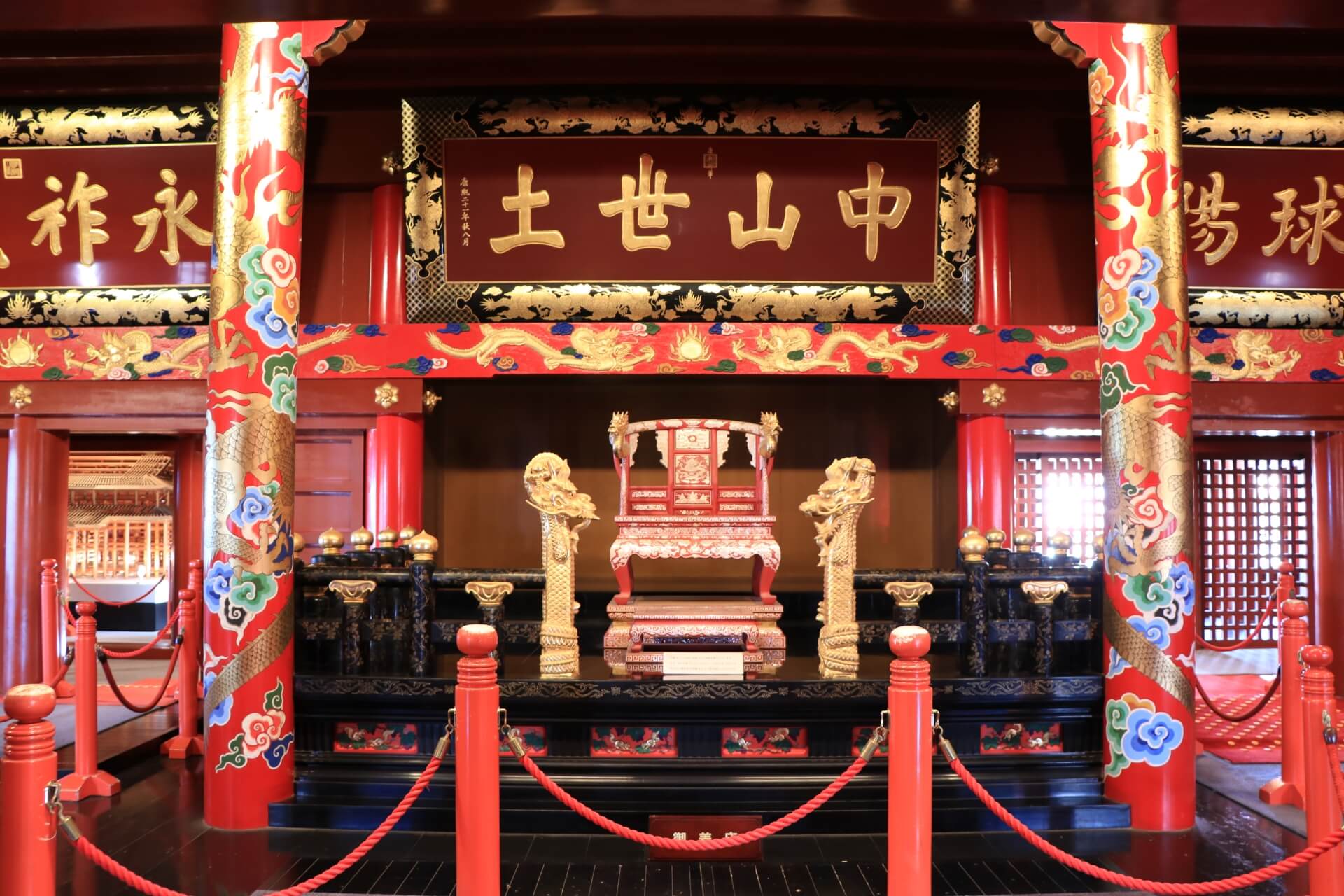
Originally built in the late-1300s, the castle served as the seat of power and palace of the Ryukyu Kingdom from 1429 until 1879. Okinawa was annexed by Japan in 1879 with the castle falling into disuse before being almost completely destroyed during the Battle of Okinawa in 1945. Reconstructed in 1992, Shuri Castle was awarded World Heritage status in 2000 and for many Okinawans, was a beacon of pride and independence.
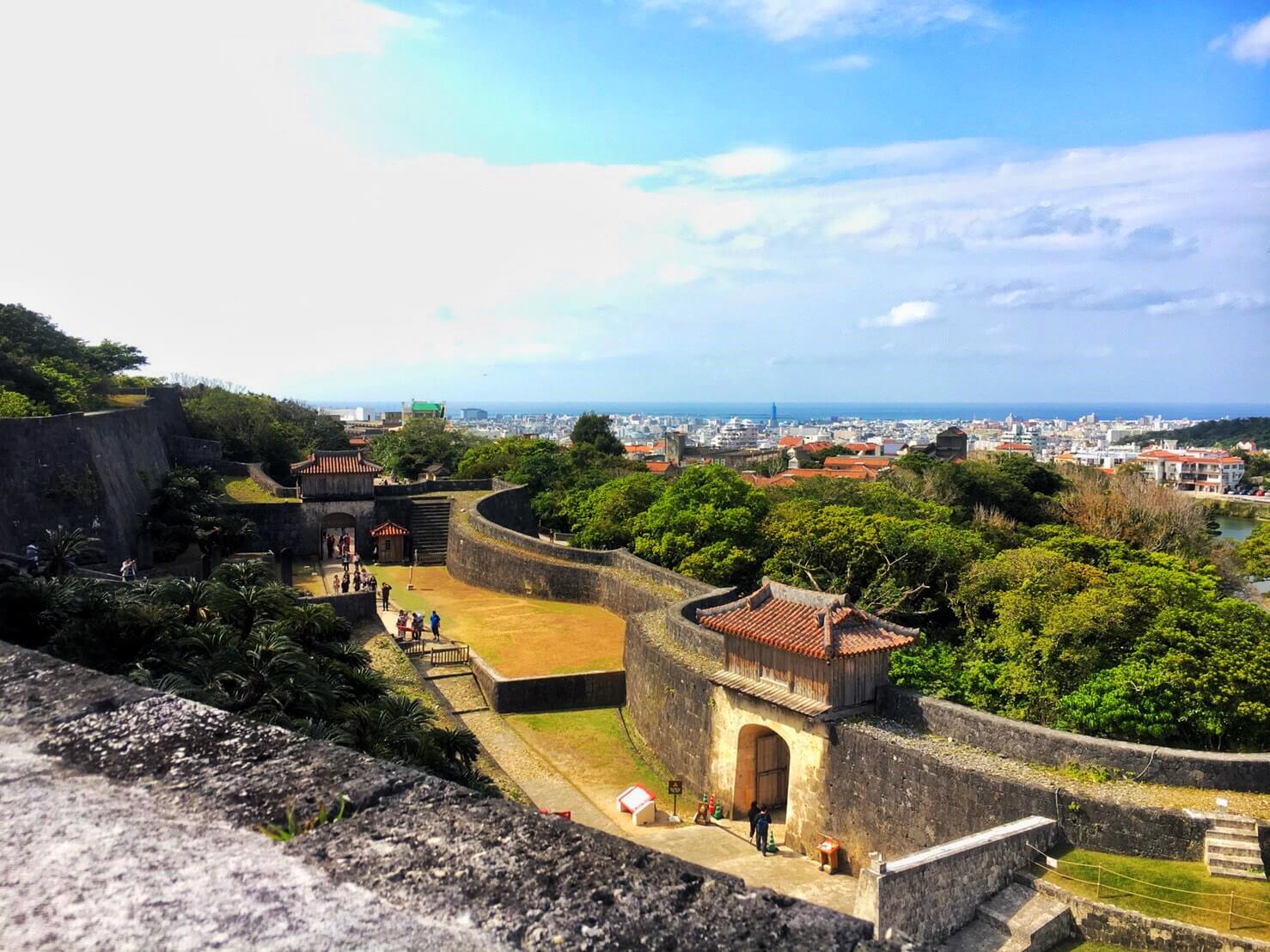
For that reason, while the castle is currently be rebuilt, visitors are asked to visit and support that reconstruction in whatever way they can. While most of the timber structure is no longer there the extensive outer walls, defences and gates remain. The castle grounds are open daily from 08:30 to 19:00 (with hours shortened until 18:00 from December to March and extended to 20:00 from July to September). Last entry is 30 minutes before closing and admission is JPY400. The castle grounds are a 15 to 20 minute walk from Shuri Station on the monorail.
8 / NAKAGUSUKU CASTLE RUINS / all year round
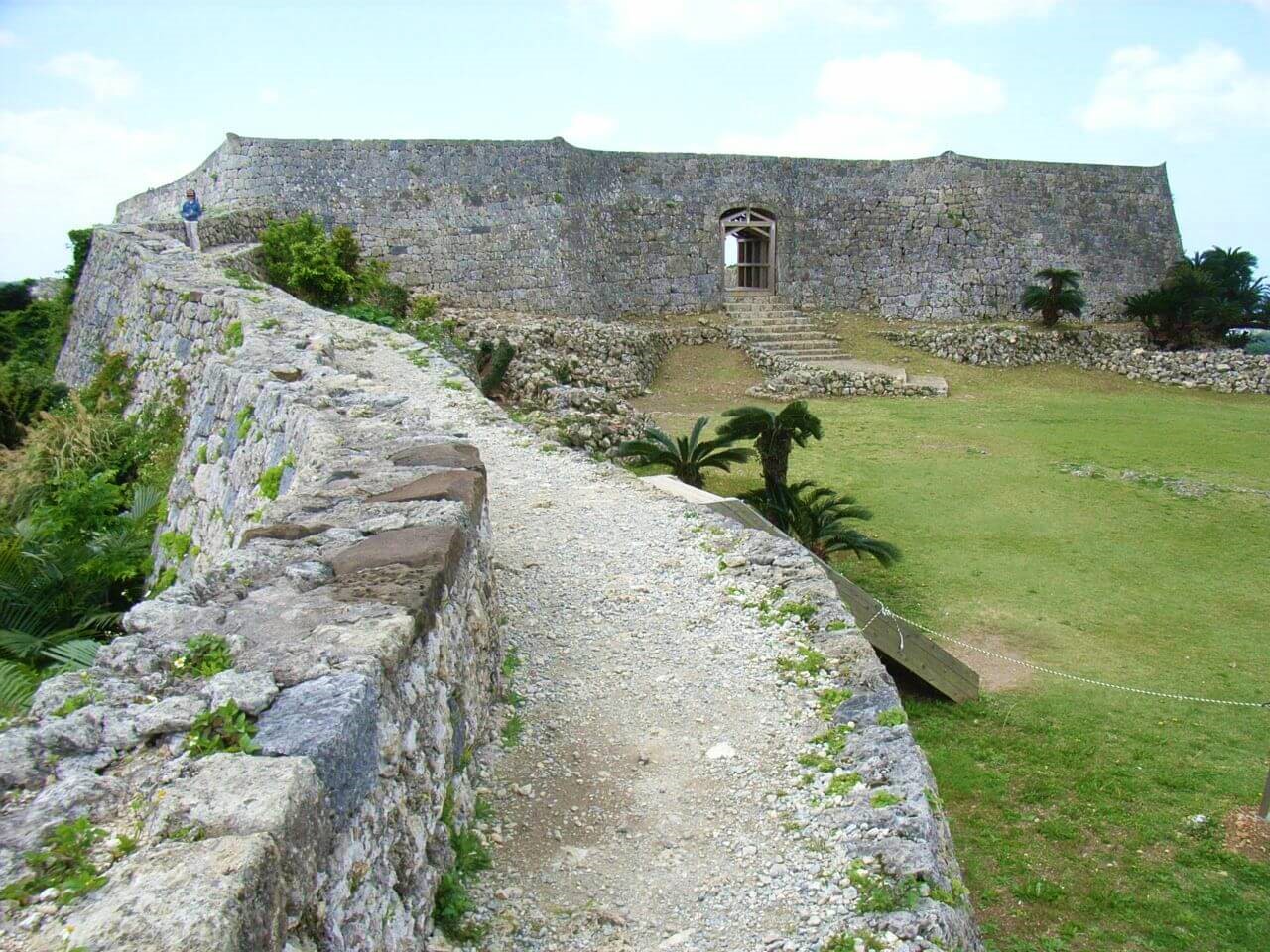
Located around 40 minutes drive to the northeast of Naha City, the ruins of Nakagusuku Castle are listed under the same World Heritage grouping – formally known as the ‘Gukushu Sites and Related Properties of the Kingdom of Ryukyu’ – as Shuri Castle. Nakagusuku Castle no longer stands however its impressive foundation walls and outer defences remain, offering visitors insight into Okinawa’s feudal past while also be very photogenic. It is one of several castle ruins found across the island – all of which hold importance to the people of Okinawa, as recognised by their collective World Heritage listing in 2000. The ruins are open daily from 08:30 to 18:00 (or until 17:00 from October to April), with last entry 30 minutes before closing. Admission is JPY400. To get there, take Bus No.30 from Naha Bus Terminal to Nagagusuku Shogakko-mae – 60 minutes / JPY760 – from where it’s a 30 minute walk to the castle. For accommodation listings, see our ‘Okinawa Main Island (Central) / Onna Area’ hotel page.
9 / ZAKIMI CASTLE / all year round
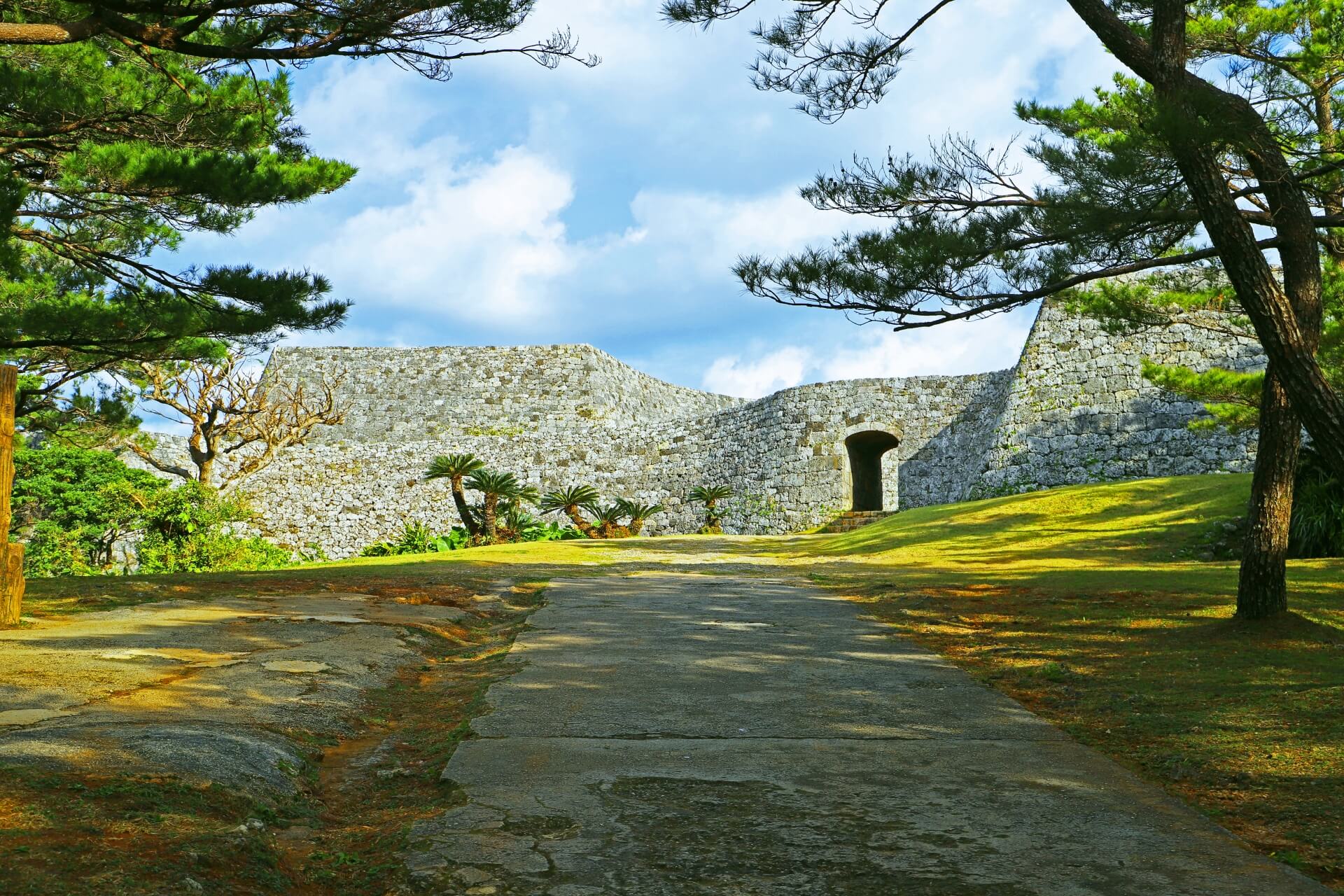
Zakimi Castle Ruins are another site listed under the World Heritage grouping, located further to the north – around 60 minutes drive from central Naha. Built in the early 15th century, the castle served as an important defensive position, protecting against attacks from the north. While only the foundation walls and outer defences remain today, the ruins are very photogenic and offer great views of the surrounding landscape and ocean. The castle can be accessed at anytime of today and is free to enter. To get there, take Bus No.28 from Naha Bus Terminal to Takashiko Iriguchi – 80 minutes / JPY1080 – from where it’s a 30 minute walk to the castle.
10 / RYUKYU MURA / all year round
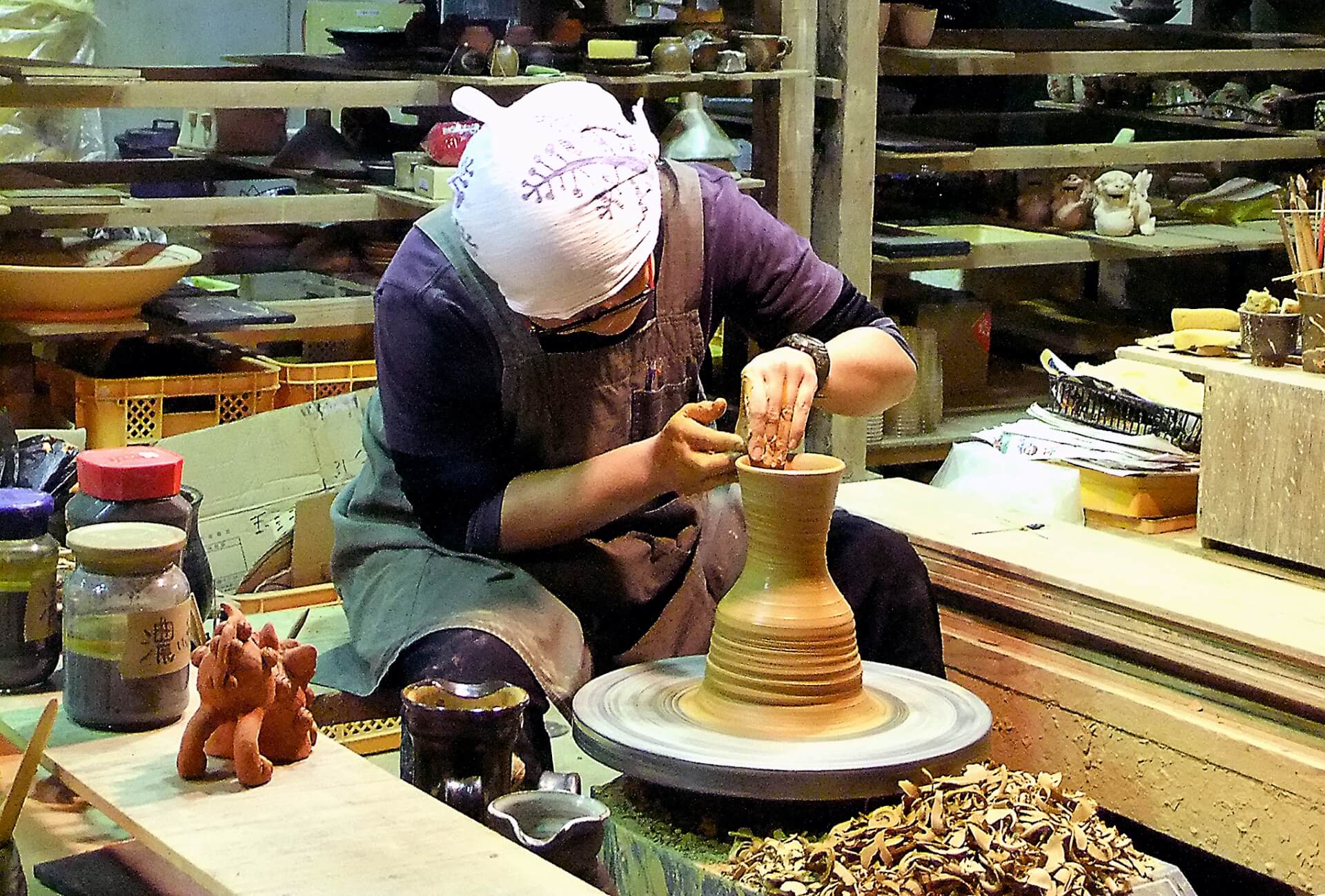
Only 10 minutes drive from Zakimi Castle, Ryukyu Mura is an open-air museum and theme park highlighting the culture of Okinawa. It includes more than 35 attractions and activities designed to be family-friendly and provide an entertaining insight into the traditions of the islands. While there, visitors can wander a traditional village with access to workshops including pottery, weaving and paying ‘sanshin’ guitar with restaurants serving Okinawan cuisine – a destination best-suited to families wanting a convenient way to experience the many aspects of Okinawa culture. Ryukyu Mura is open daily from 09:00 to 17:30 with last entry at 17:00. Admission is somewhat expensive at JPY1500. To get there, take Bus No.120 from Naha Bus Terminal to Ryukyu Mura-mae – 80 minutes / JPY1090 – or alternatively, it’s a 60 minute drive from central Naha.
11 / OCEAN EXPO PARK / all year round
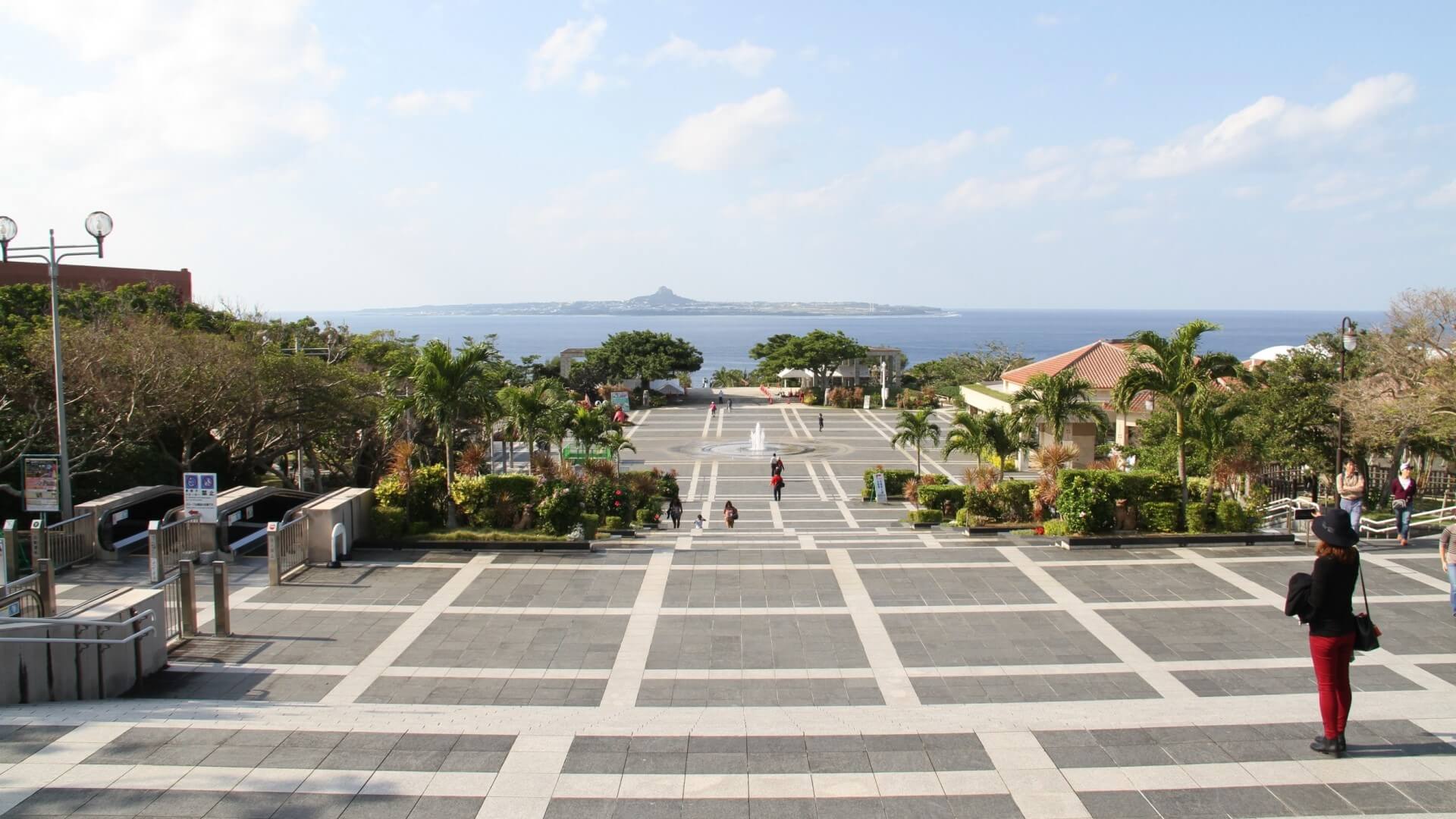
Continuing further to the north of Okinawa Honto, Ocean Expo Park is an expansive area on the Motobu Peninsula that includes multiple spots of interest including Churaumi Aquarium – see below for details – the Oceanic Culture Museum, the Native Okinawan Village, Tropical Dream Center and Emerald Beach. The park is 3km in length with shuttle busses rotating around the area, transporting visitors between the most popular sites.
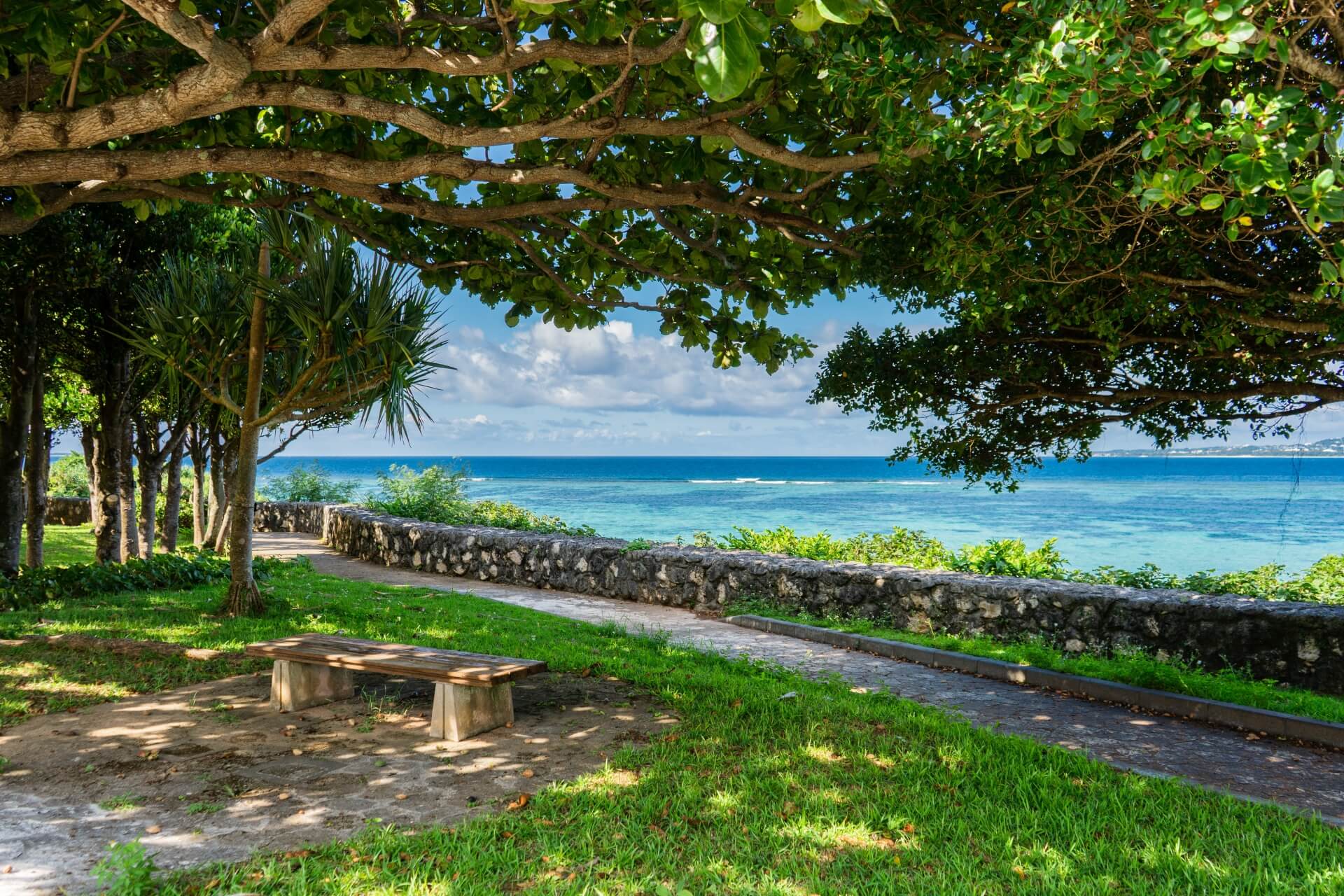
The Oceanic Culture Museum – admission JPY190 – is dedicated to the ocean-going cultures across Asia and North South Pacific, while the Native Okinawa Village is an open-air museum featuring more than twenty residences profiling the different regions and periods of Okinawan history – admission is free. Tropical Dream Center – admission JPY760 – is a beautiful botanical garden featuring multiple greenhouses while Emerald Beach – pictured below – is located at the northern end of the park and includes dedicated area for playing and swimming, relaxation and viewing.
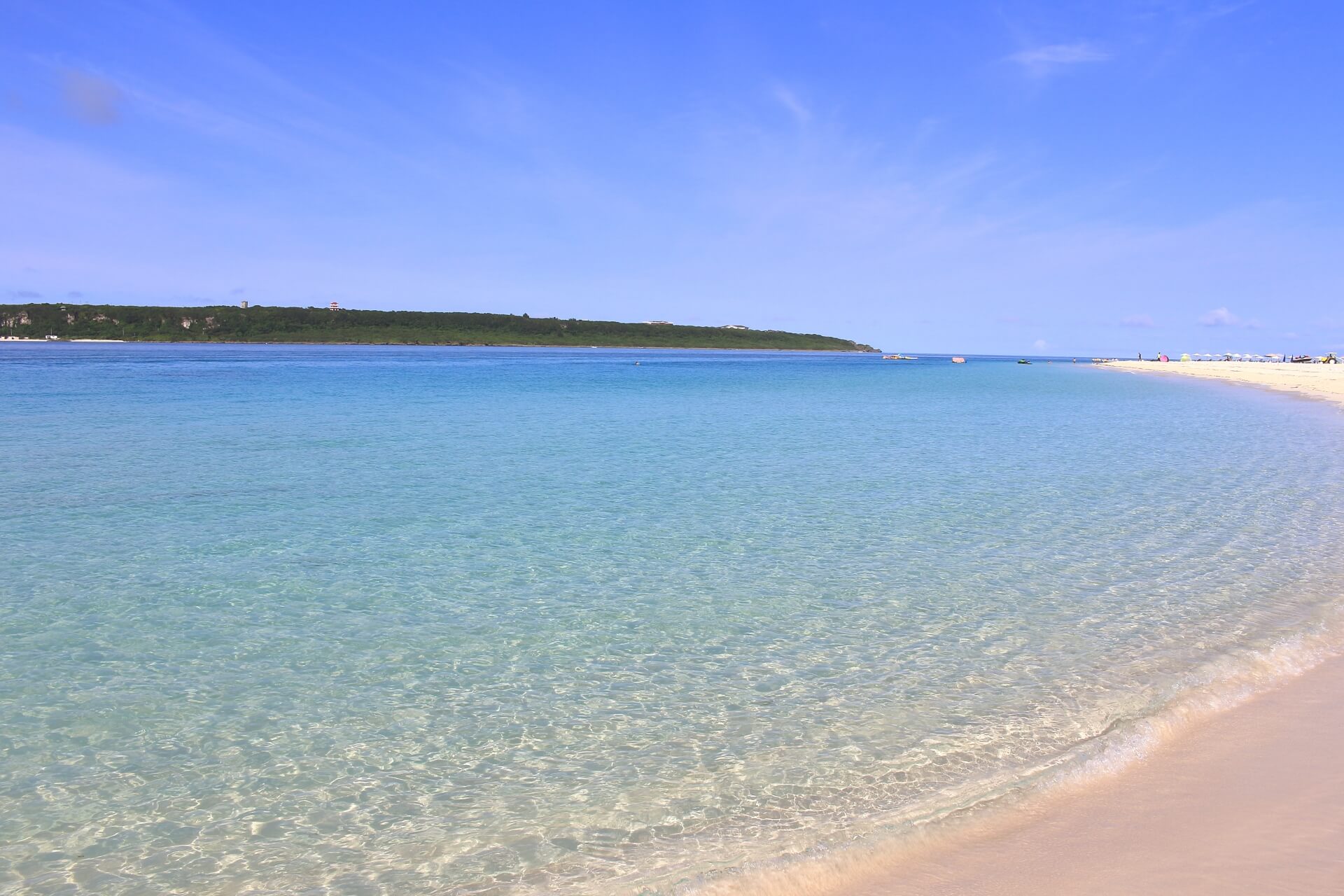
The park is accessible at all times of day with the park’s attractions usually open from 08:00 to 19:30 (or until 18:00 from October to February). To get there, take the Okinawa Airport Shuttle also from Naha Airport and central Naha City – 2 hours / JPY2000 or from Nago – the nearest town to the park – take Bus No.65 or 66 to Ocean Expo Park – 50 minutes / JPY900. For accommodation listings, see our ‘Okinawa Main Island (North) / Nago Area’ hotel page.
12 / CHURAUMI AQUARIUM / all year round
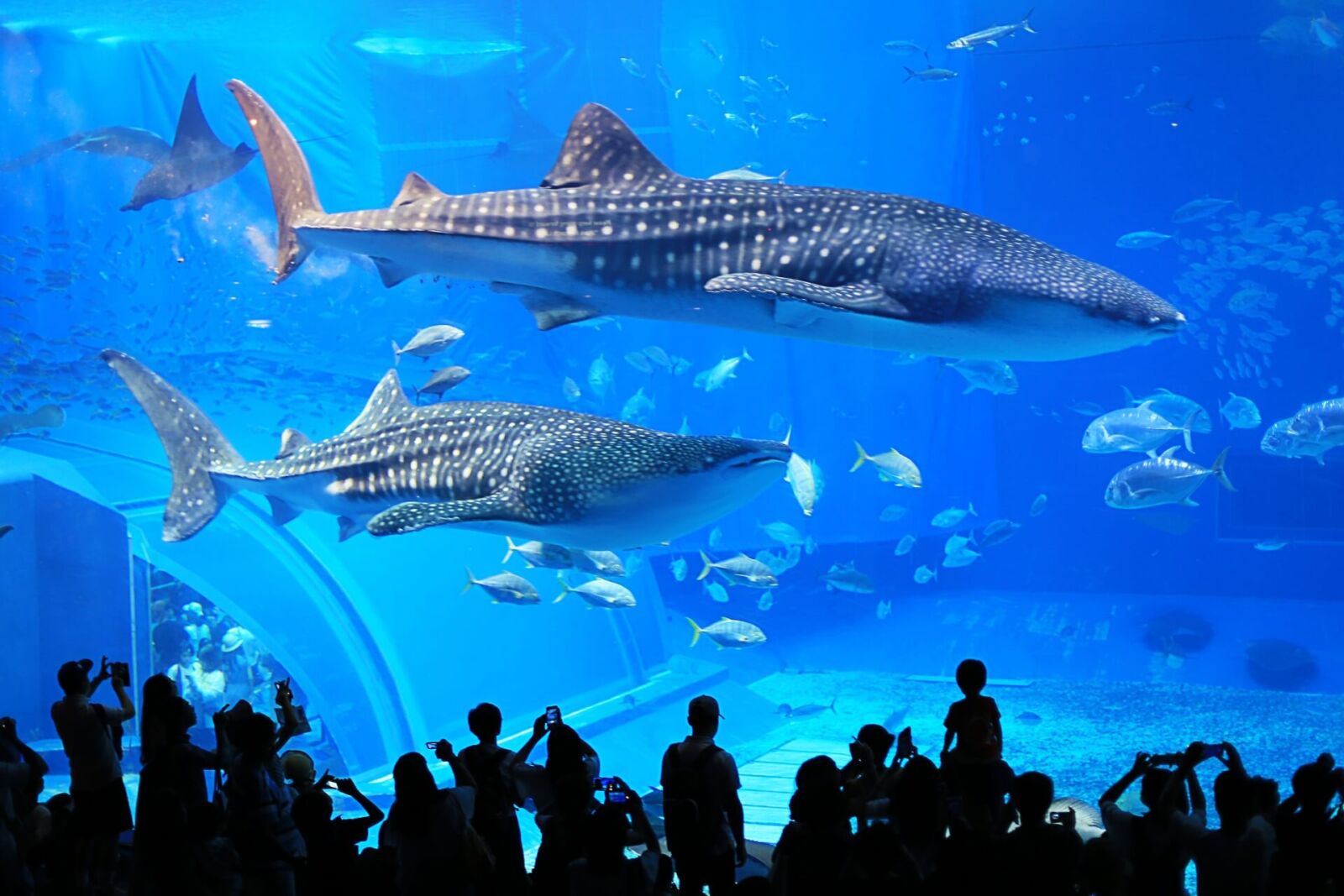
One of Okinawa’s most popular attractions, Churaumi Aquarium is located within Ocean Expo Park and is considered Japan’s best aquarium. The three-level aquarium is best-known for its vast Kuroshio Tank – one of the largest in the world – and its famous whale sharks and manta rays. Other tanks include tiger sharks and bull sharks – rarely held in aquariums around the world – along with tanks and displays dedicated to the unique sea life living in the deep waters of Okinawa. Churaumi Aquarium is open daily from 08:30 to 18:30 with last entry at 17:30. Admission costs JPY1880. To get there from Naha, take the Okinawa Airport Shuttle – JPY2000 / 2 hours – or alternatively, it’s an easy driving, also around 2 hours.
13 / YAMBARU NATIONAL PARK / all year round
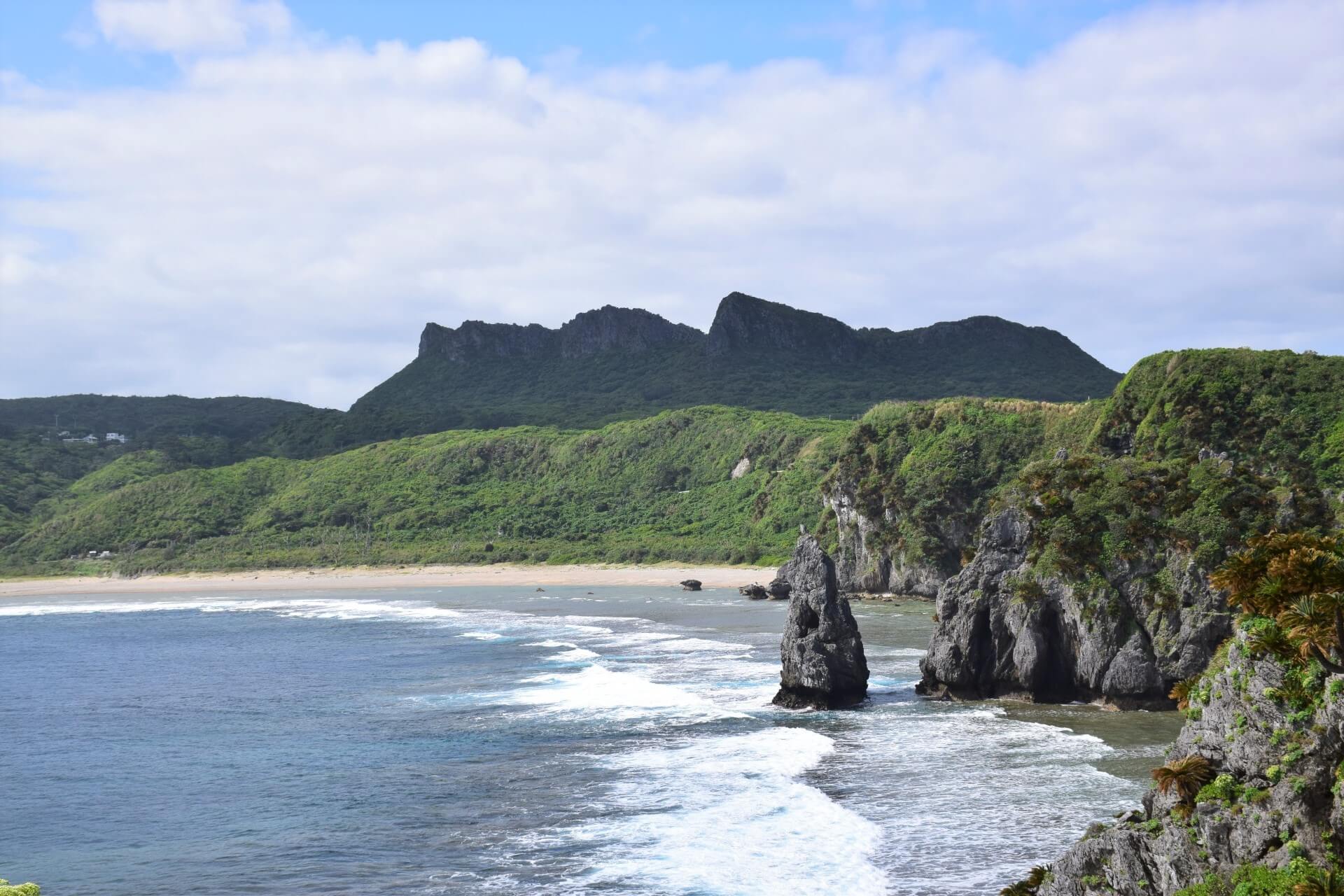
Located on the northeast peninsula of the Okinawan main island, Yambaru National Park covers an area of around 14,000 hectares and includes a varied landscape of subtropical laurel forest, kart limestone formation, mangrove forests cliffs and numerous species of plants and animals. The park is popular with birdwatchers who visit to see the ground-dwelling Okinawa Rail – pictured below – along with the Okinawa Woodpecker, while canoe tours through the mangrove forests of Gesashi Bay are always popular.
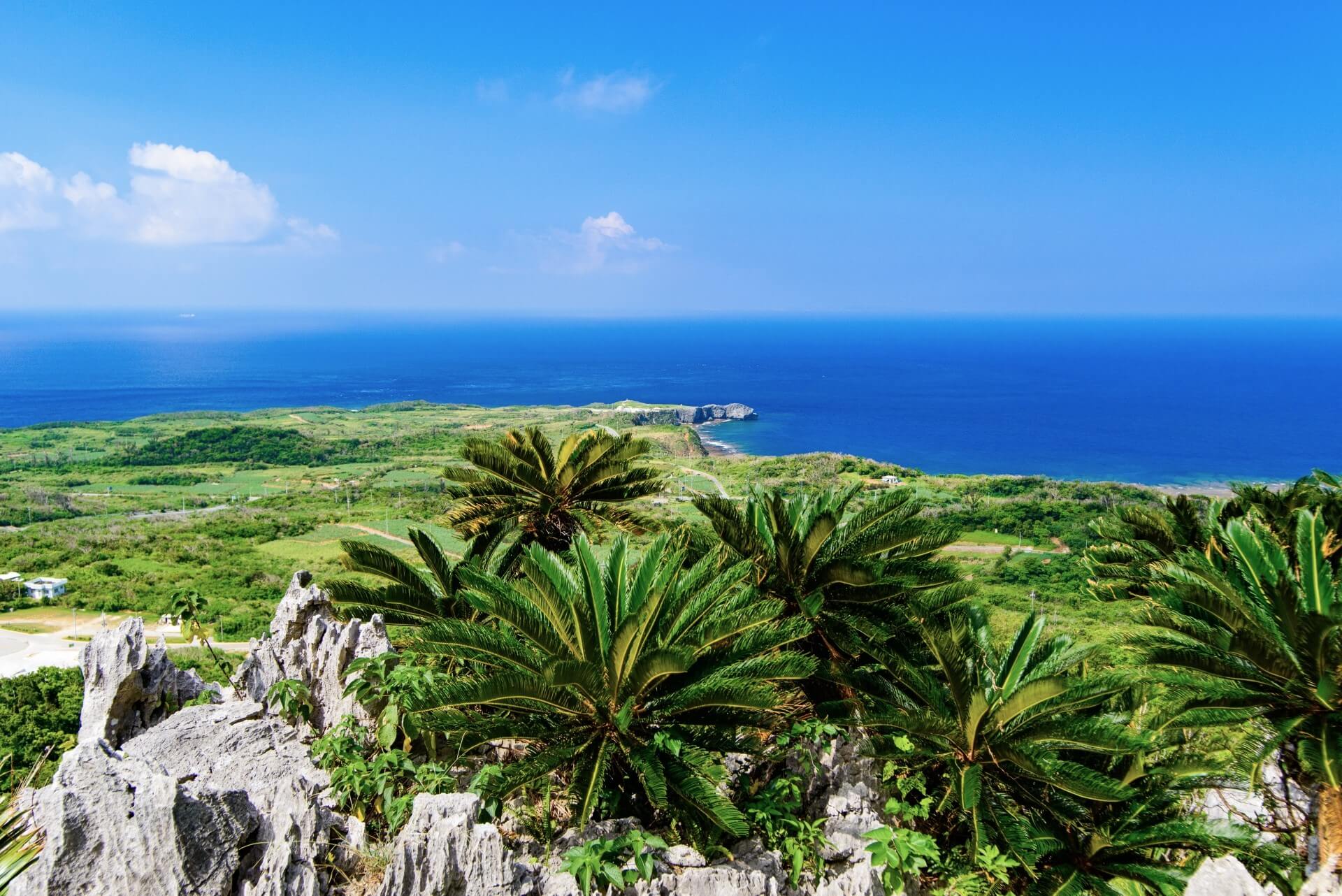
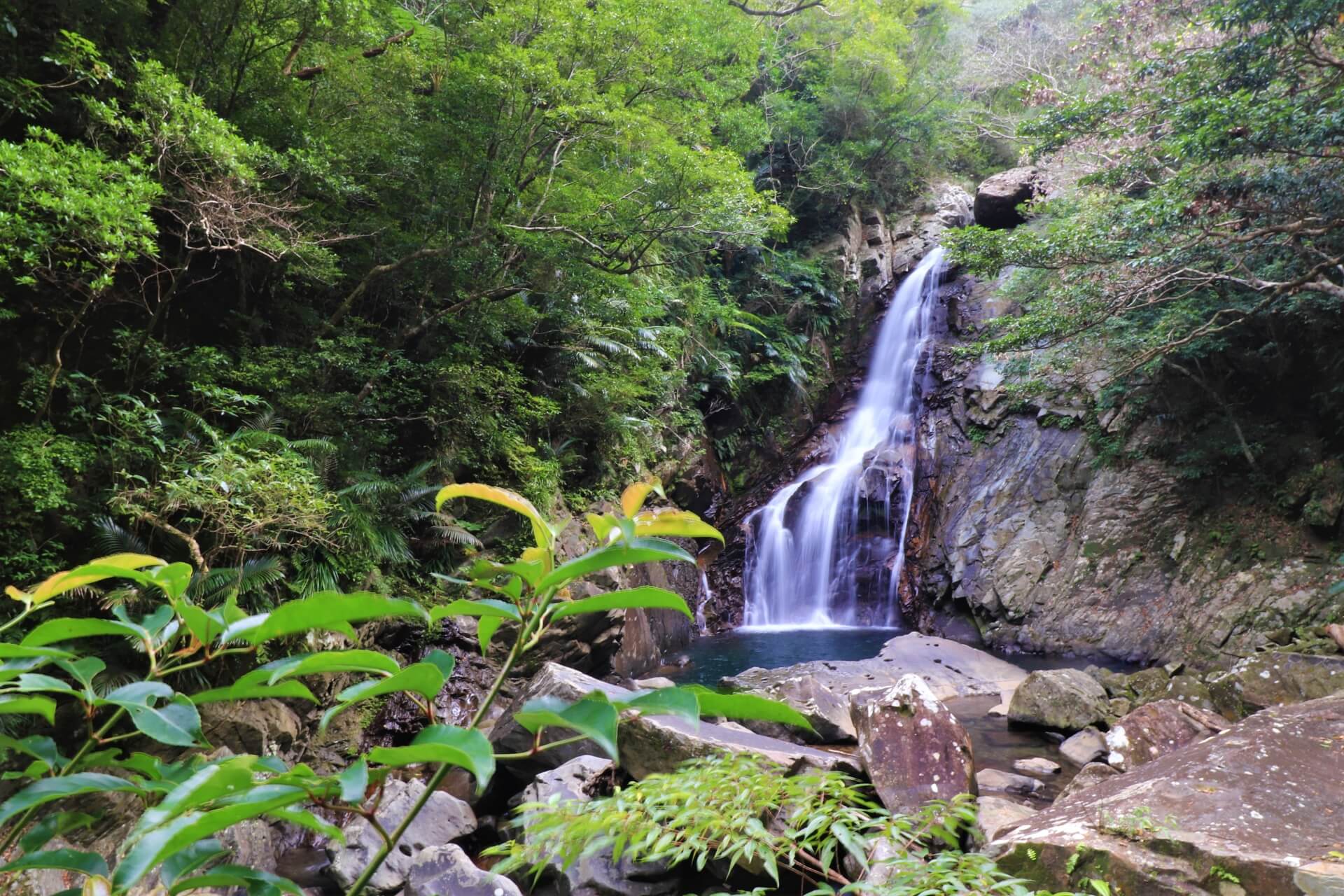
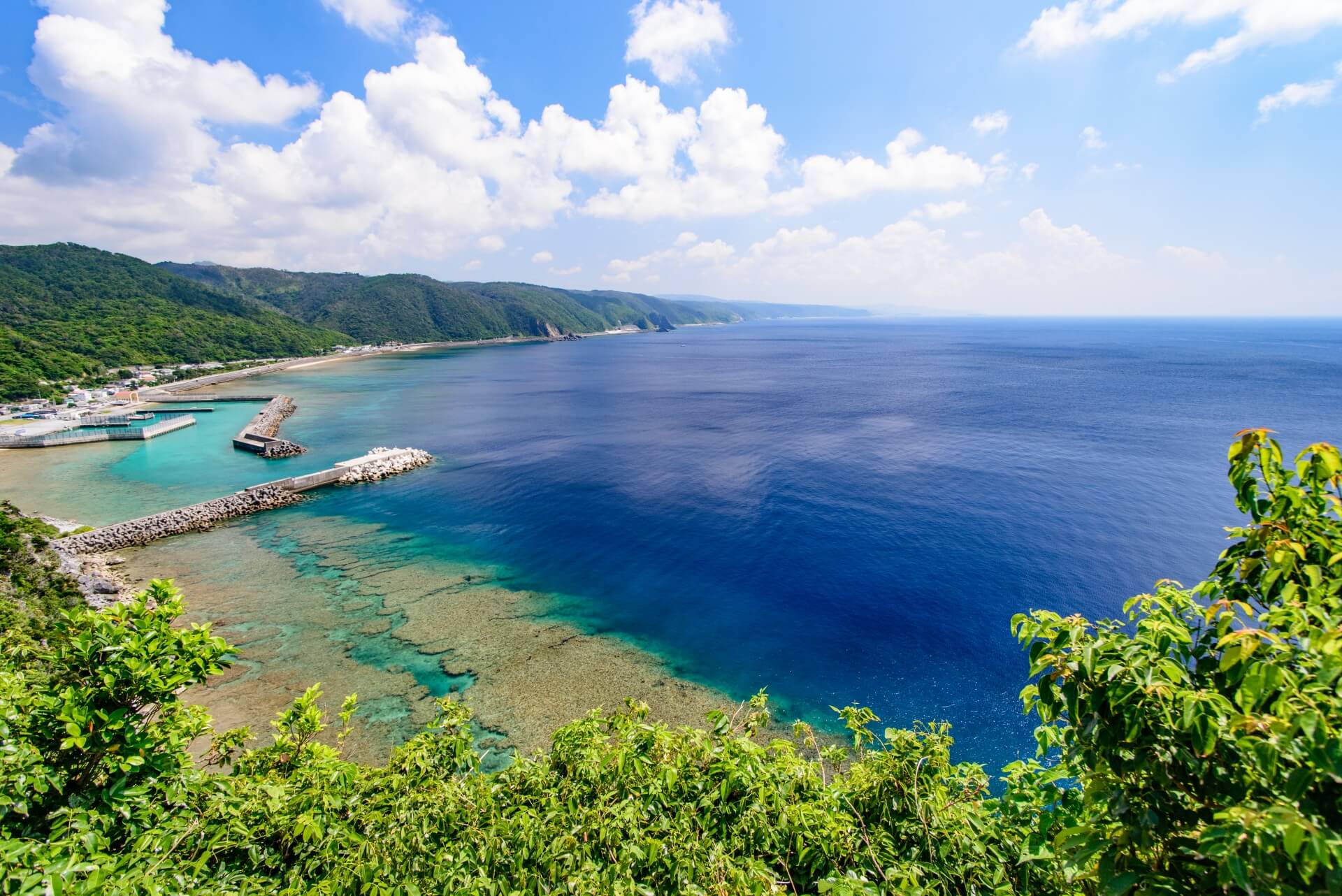
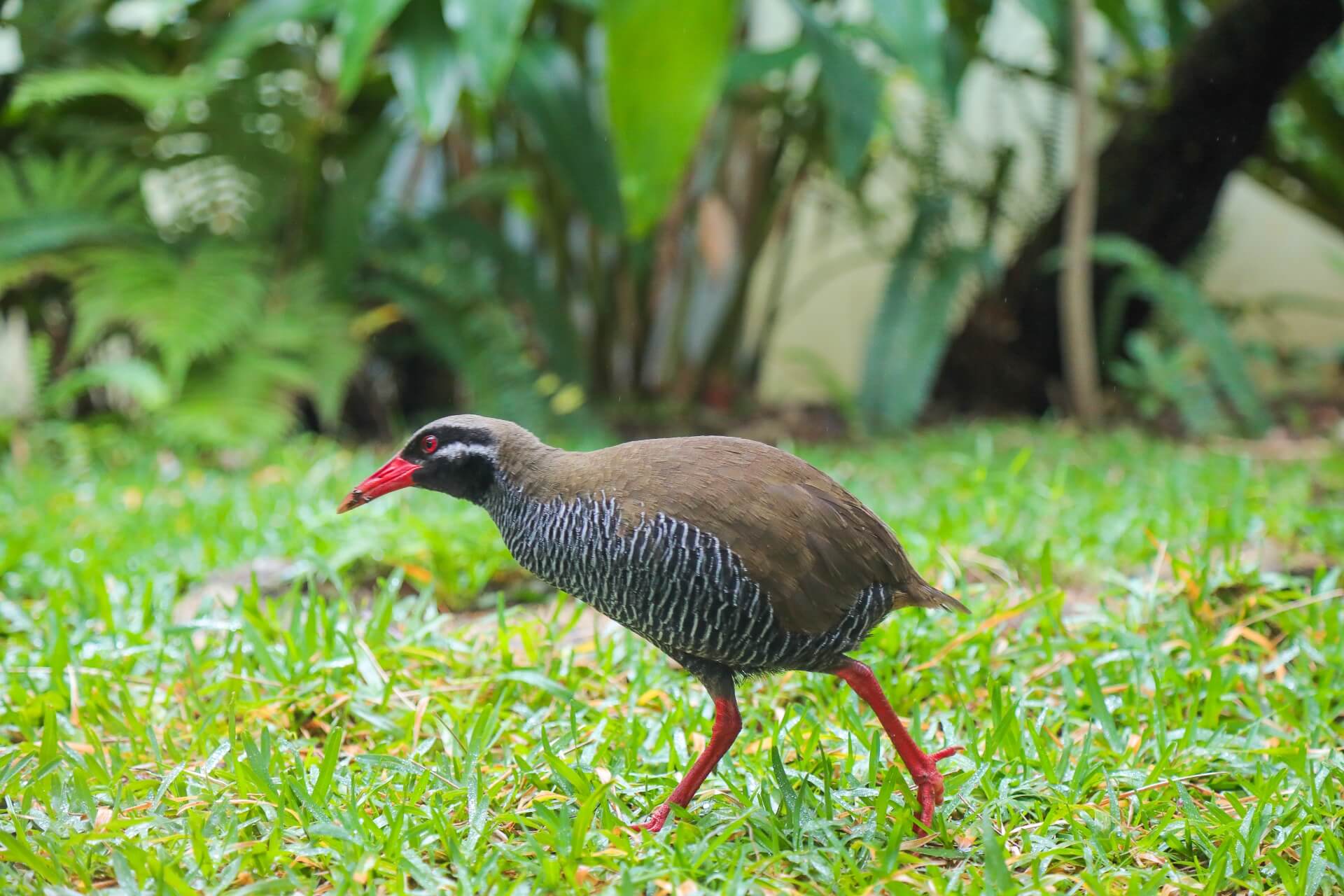
Cape Hedo marks the northernmost point of the Okinawa main island and offers visitors views of the striking kart limestone topography contrasted by views of the surrounding ocean. Walking trails provide access to many points of interest to the park including waterfalls and deep into the forest, making it an ideal destination for visitors wanting to enjoy some space and tranquillity within easy reach of Naha. To get there, we recommend renting a car and driving yourself. The southern tip of the park is between 1.5 to 2 hours drive from Naha while the most northern point, Cape Hedo, is around 2 to 2.5 hours drive.
14 / BEACHES / best: July to October*
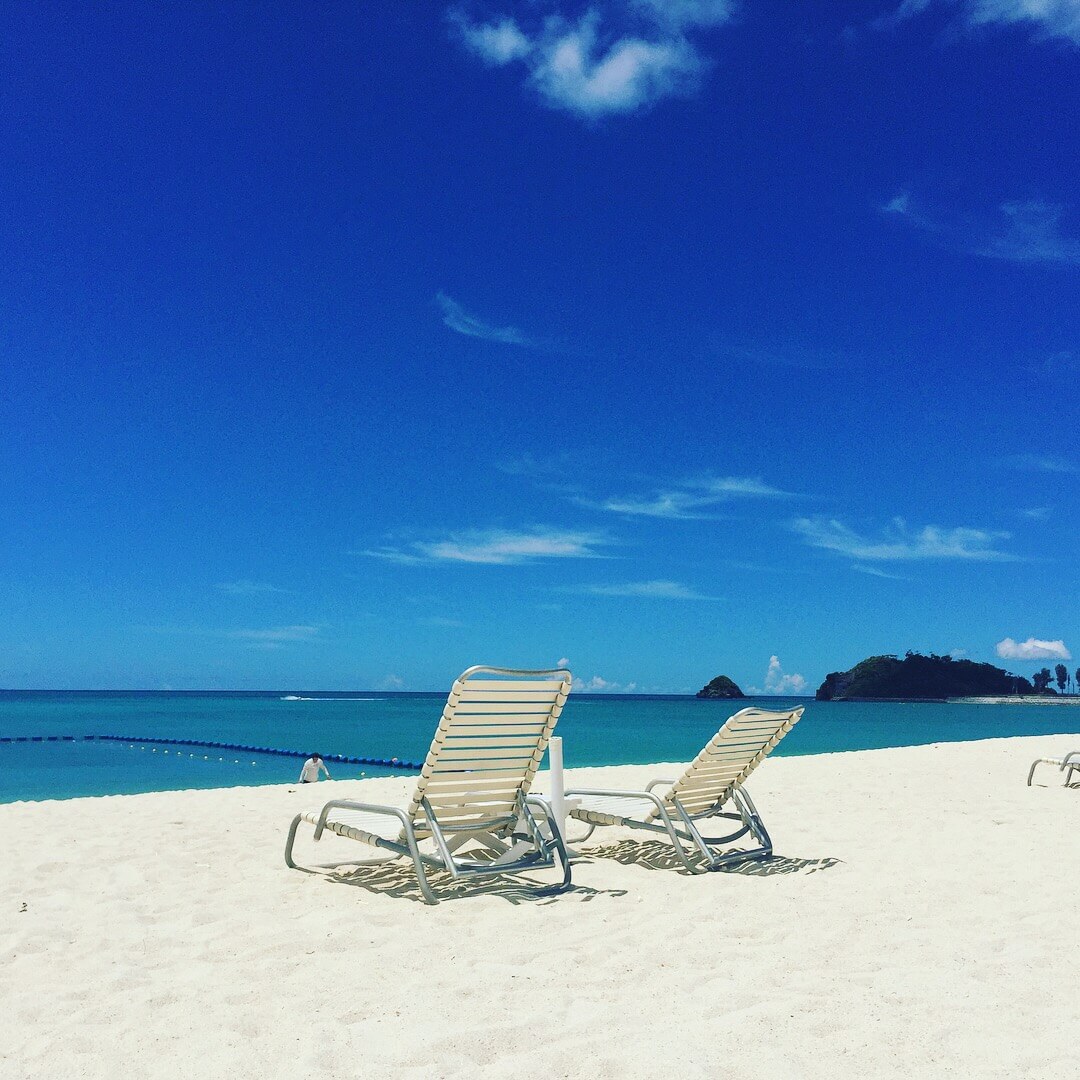
It goes without saying that the beaches of Okinawa are one of the main reasons that people visit. Mid-March to October is the best time to enjoy the beaches with July and August being peak season. The most popular beaches will be crowded during those months as families enjoy the extended summer school holidays and people flock to Okinawa from the Japanese main islands. Many people head straight to one of the smaller islands to enjoy some truly spectacular beaches but for those staying on the main island, there are still plenty of excellent beaches to choose from stating with Manza Beach – images below – a 300 metre long beach, immediately accessible from ANA InterContinental Manza Beach Resort and located only 60 minutes drive from Naha.
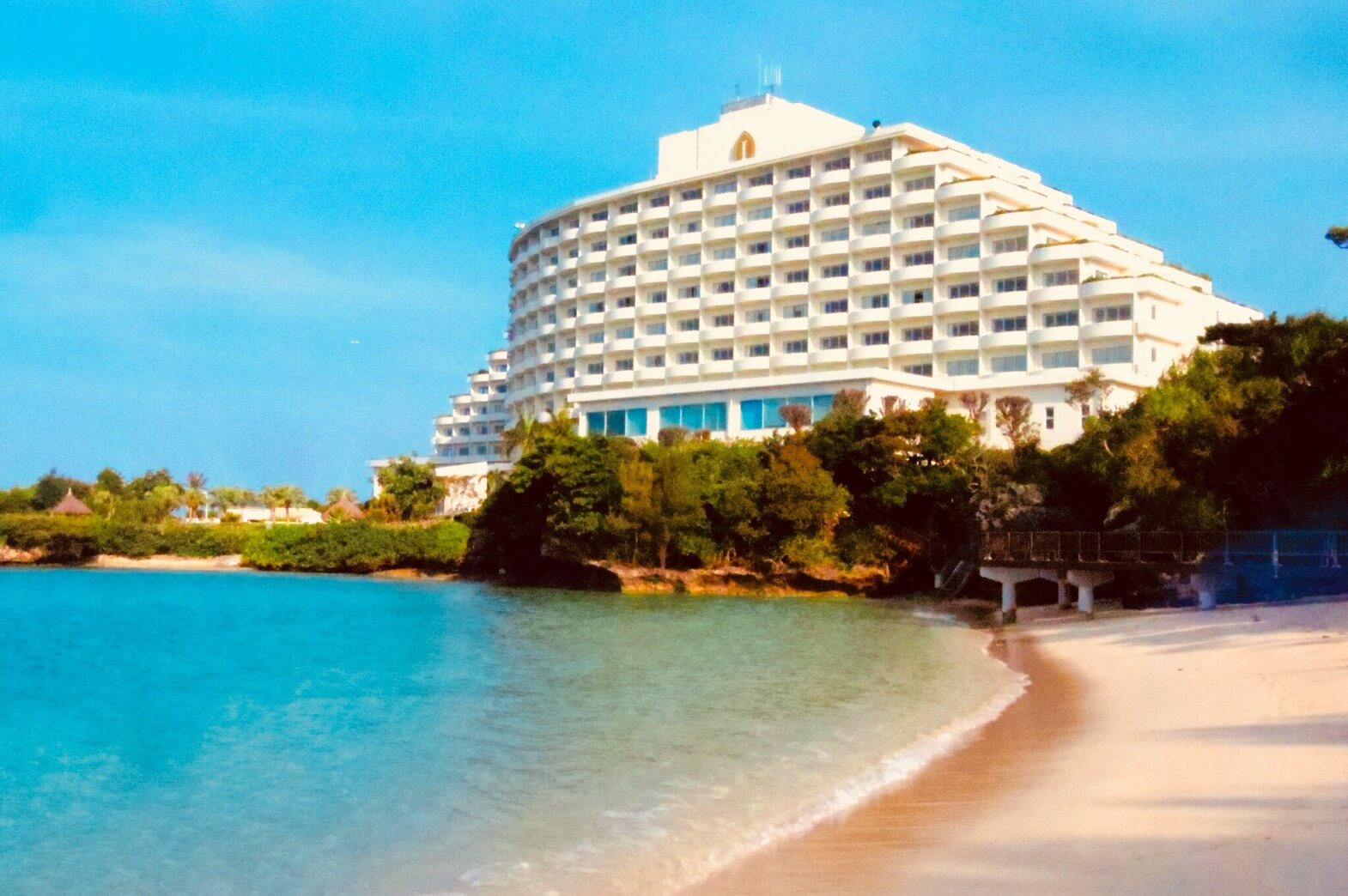
Moon Beach is another popular destination to the south of Manza, accessible from Hotel Moon Beach. Okuma Beach is located further to the north, accessible from Okuma Private Beach & Resort, while Emerald Beach is part of the Ocean Expo Park – as discussed above – and offers beach-goers a 150 stretch of sand divided into swimming, rest and viewing areas. As you will have noted, many beaches are accessible via hotels and resort and may not be accessible for non-guests or without paying. These are just a couple of the many beaches on the island however so you shouldn’t have trouble finding one that suits your needs – happy hunting.
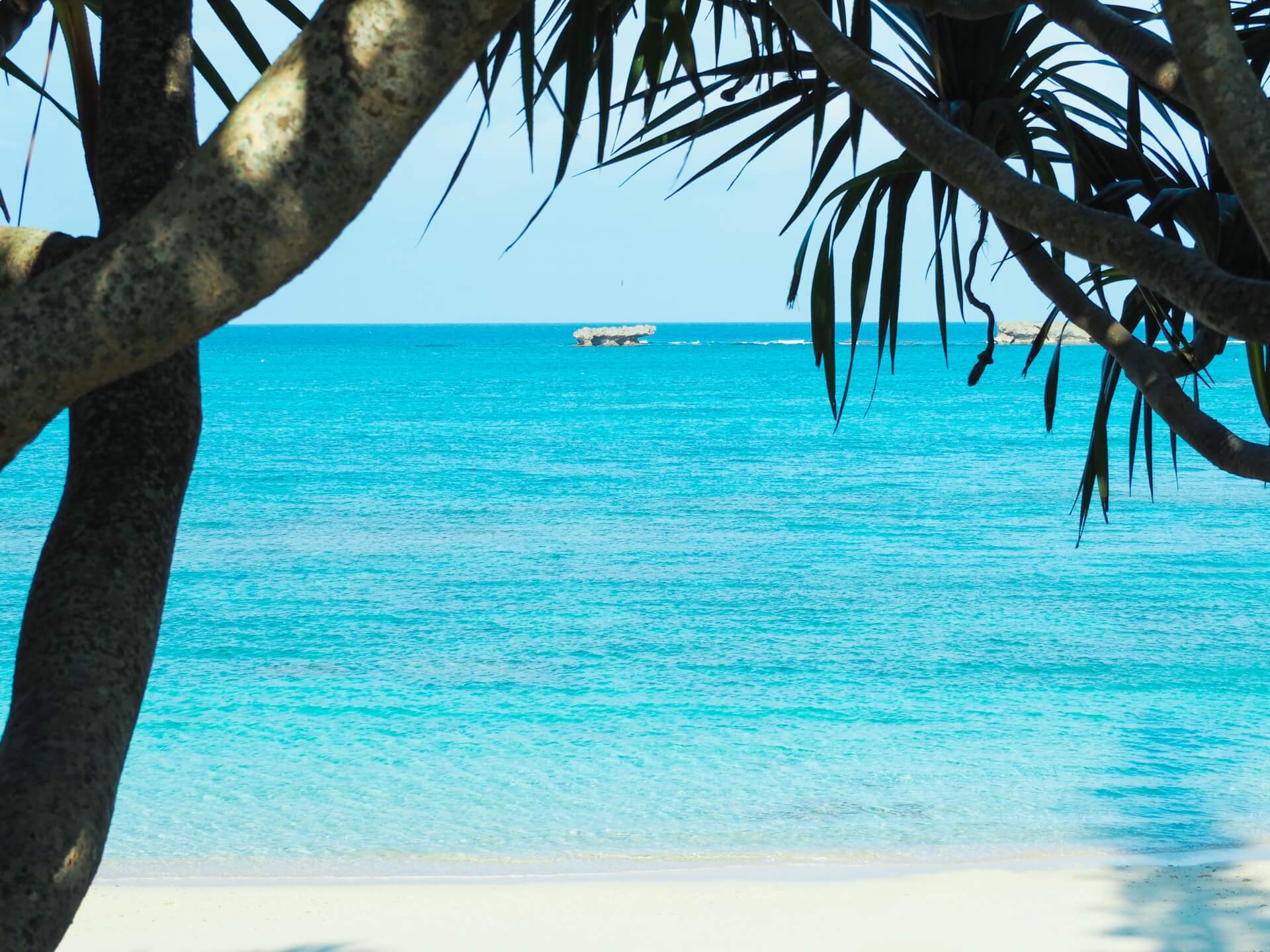
*most beaches can be enjoyed form mid-March until November, if not all year round, however it’s worth noting that Okinawa experiences its rainy season in May and June while typhoons can occur anytime from July to October, all of which can impact on travel and accessing beaches safely.
15 / DIVING / all year round
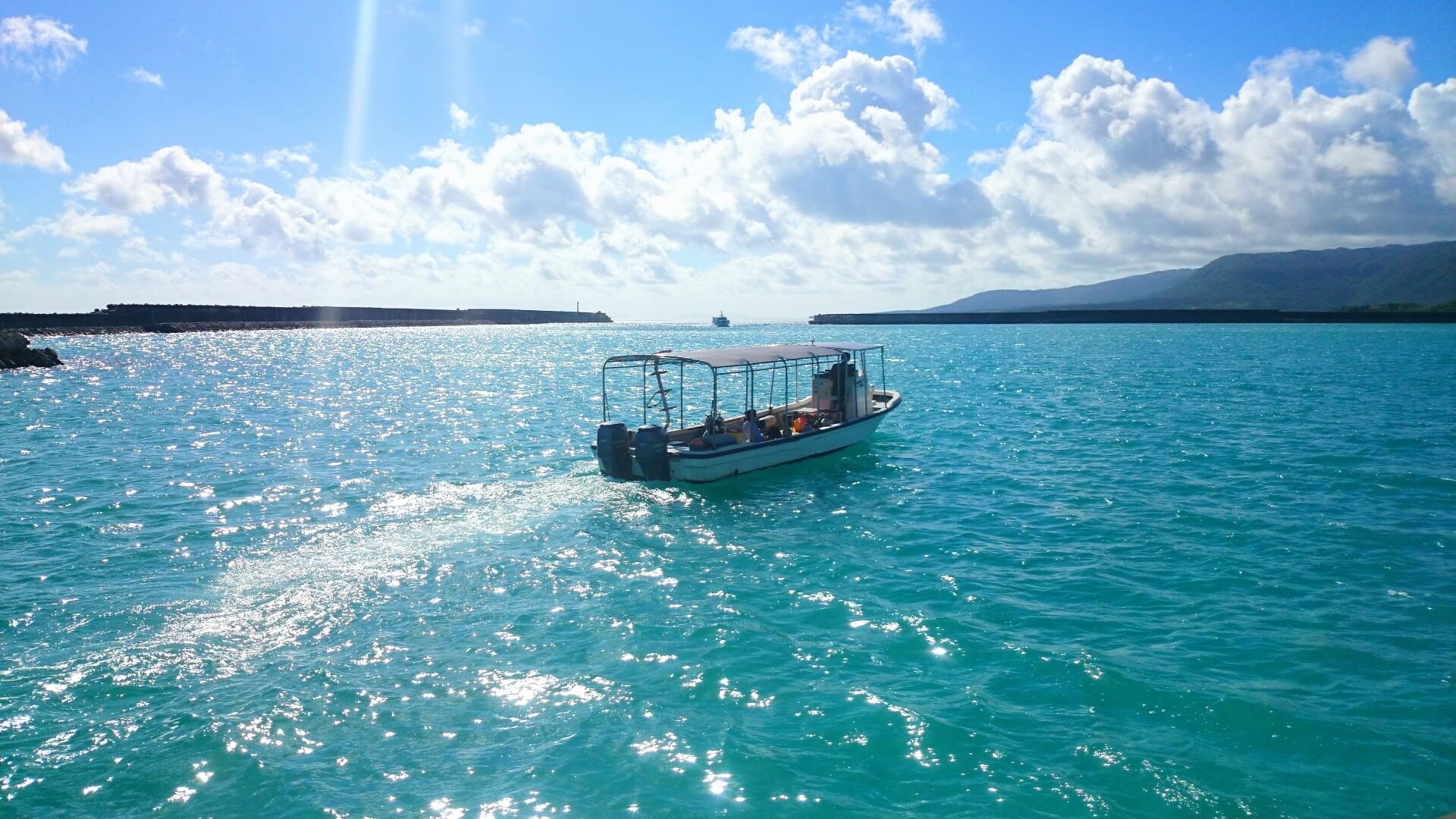
Diving is another of Okinawa’s most popular activities, with fantastic dive spots found throughout the islands. Many visitors head to Okinawa and especially its smaller islands exclusively to dive however you can also enjoy fantastic diving on the main island at spots including Cape Maeda, Sunabe and Gorilla Chop. All three are suitable for beginners with Odo Seaside being another popular spot but for intermediate and advanced divers only.
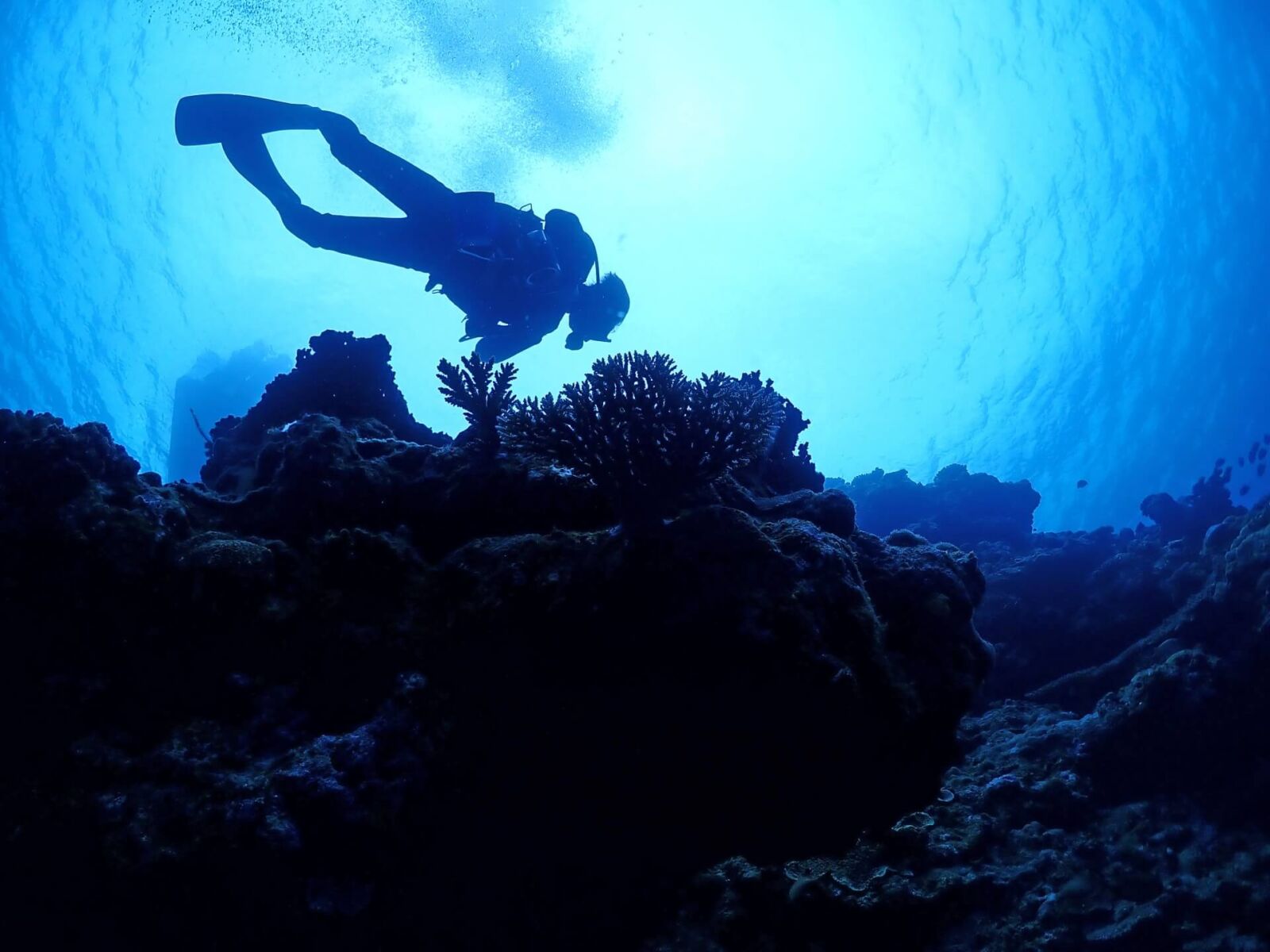
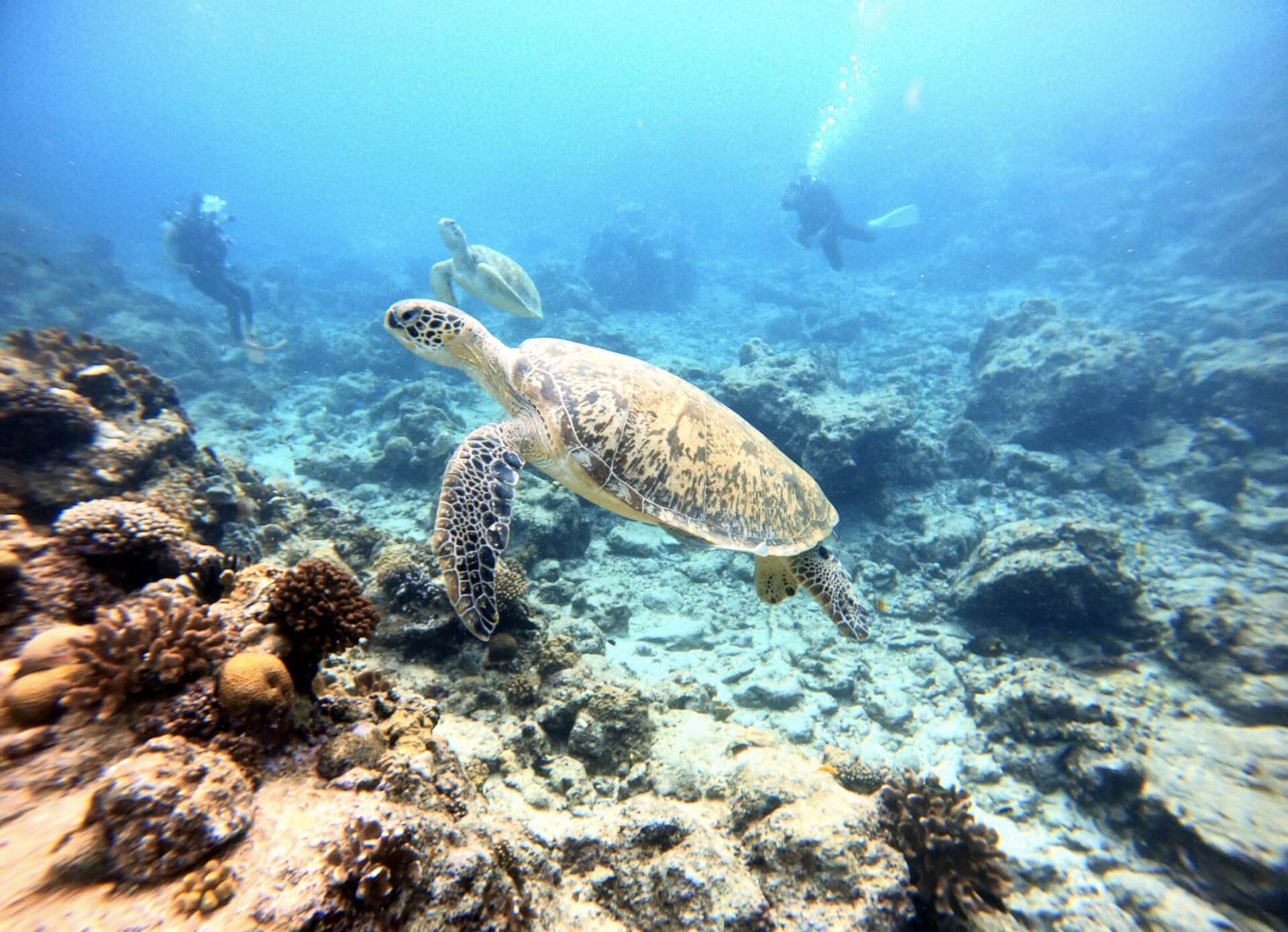
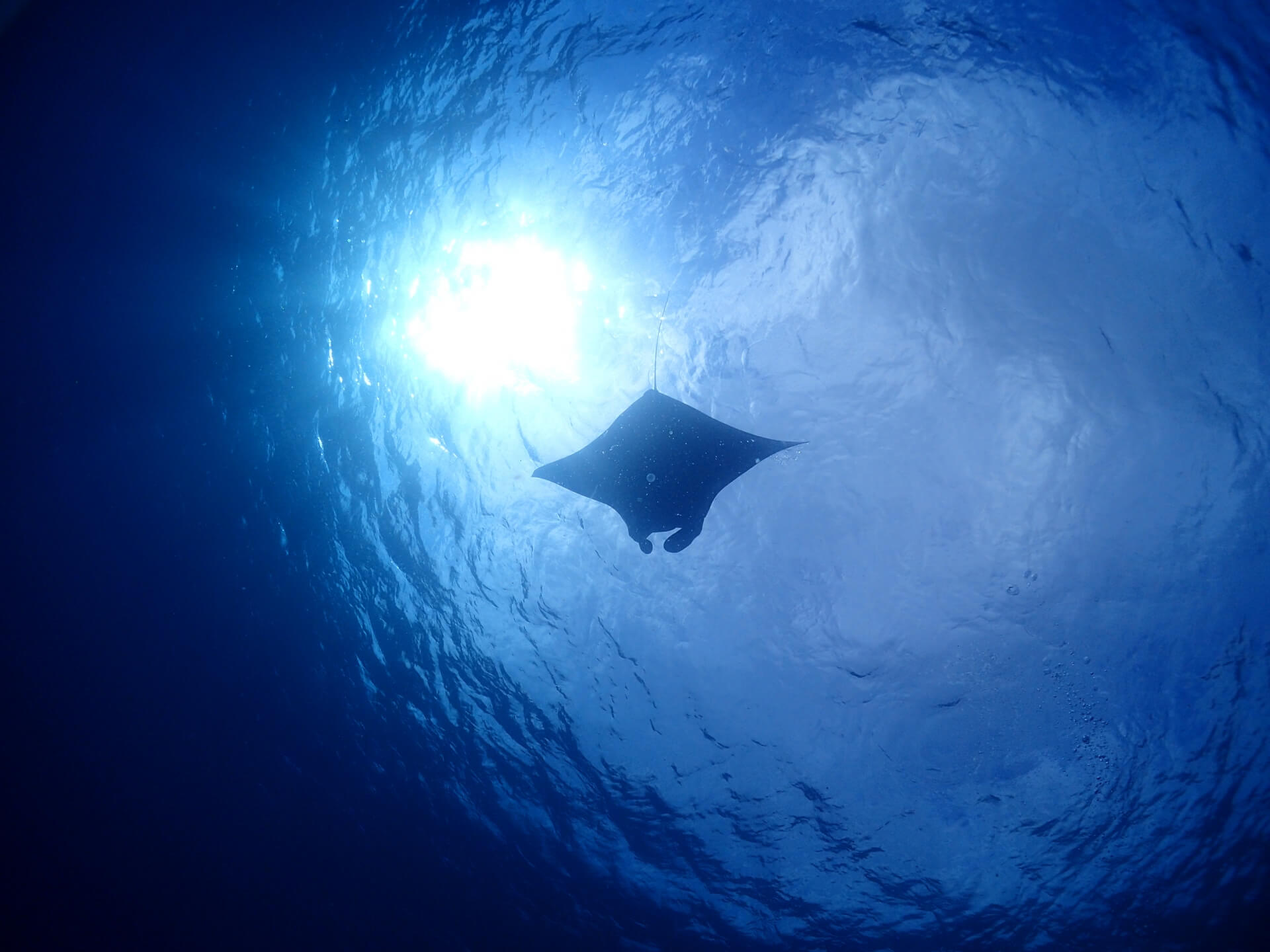
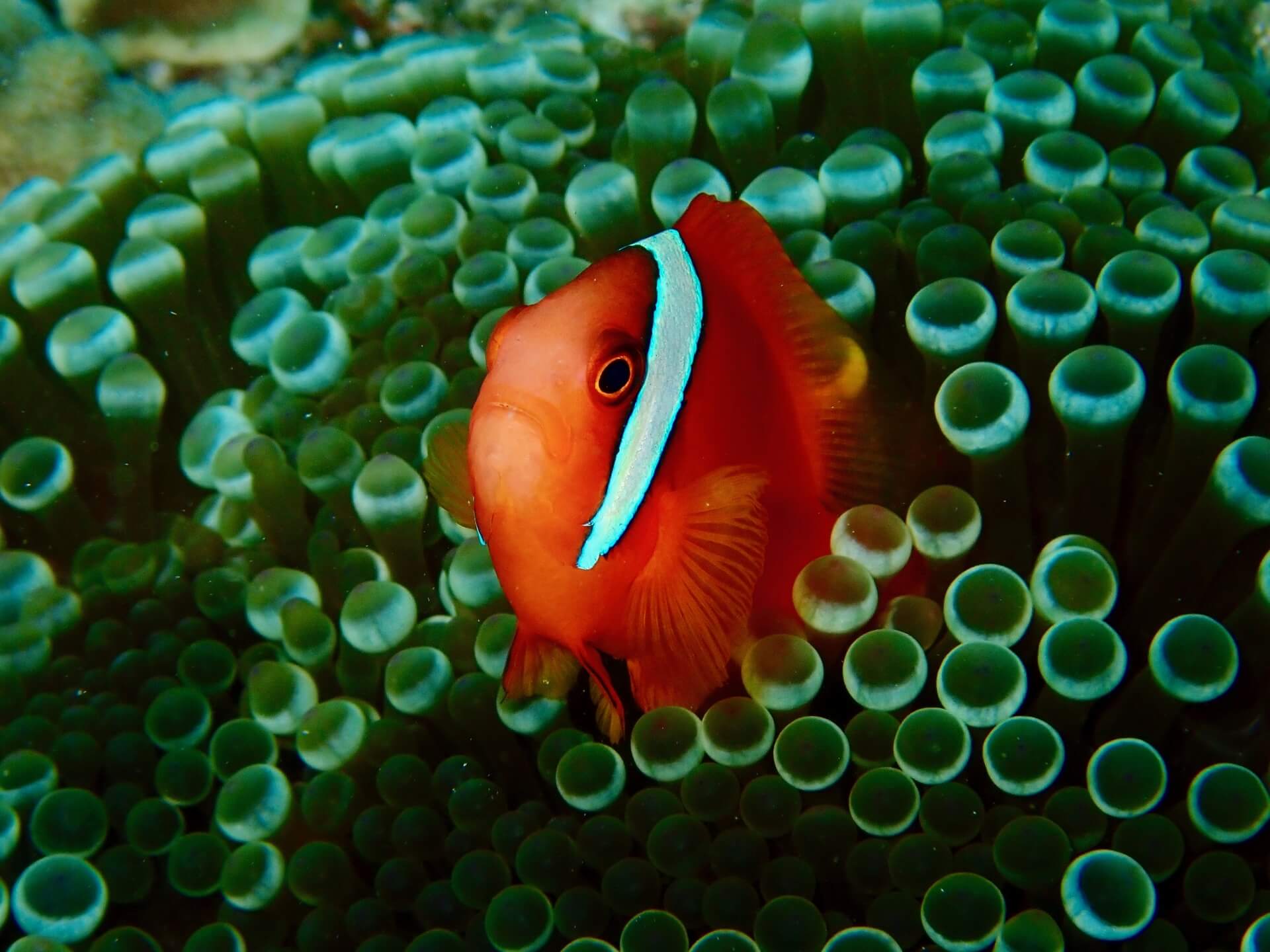
These are just a handful of the many dive spots found in the waters off the main island with sea turtles, manta rays, whales and whale sharks all being encountered at various times of year. Dive companies operate throughout the islands including the main island and out of Naha City, meaning you should have no trouble finding an option catering to your level of experience.
16 / WHALE-WATCHING / best: January to March
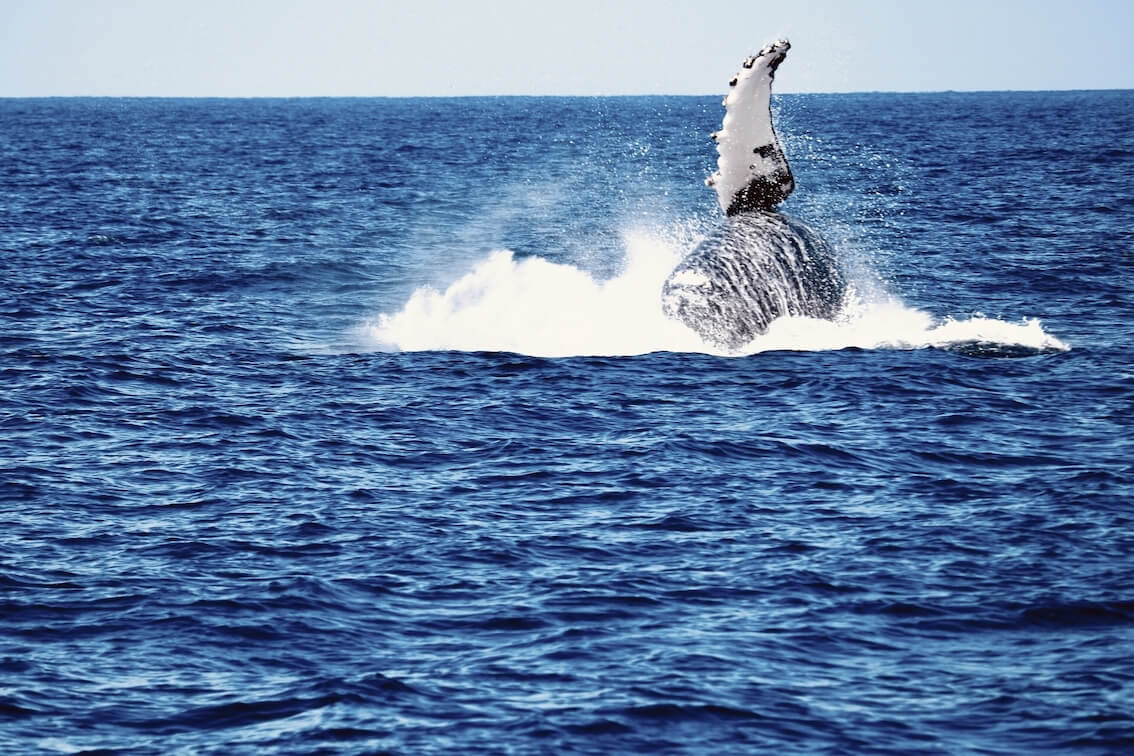
Visitors to the main island and nearby Kerama Islands can enjoy whale-watching from January to March as humpbacks migrate through the surrounding waters from the seas off Russia and Alaska. Typically around 15 metres in length and weighing approximately 30 tonnes, the whales can often be seen from the land however the best way to see them is up-close on a whale-watching tour. Tours operate from December until April and usually last around 4 hours. Prices and details vary between operators with tours usually costing around JPY5000 per person.
17 / KUME ISLAND / all year round
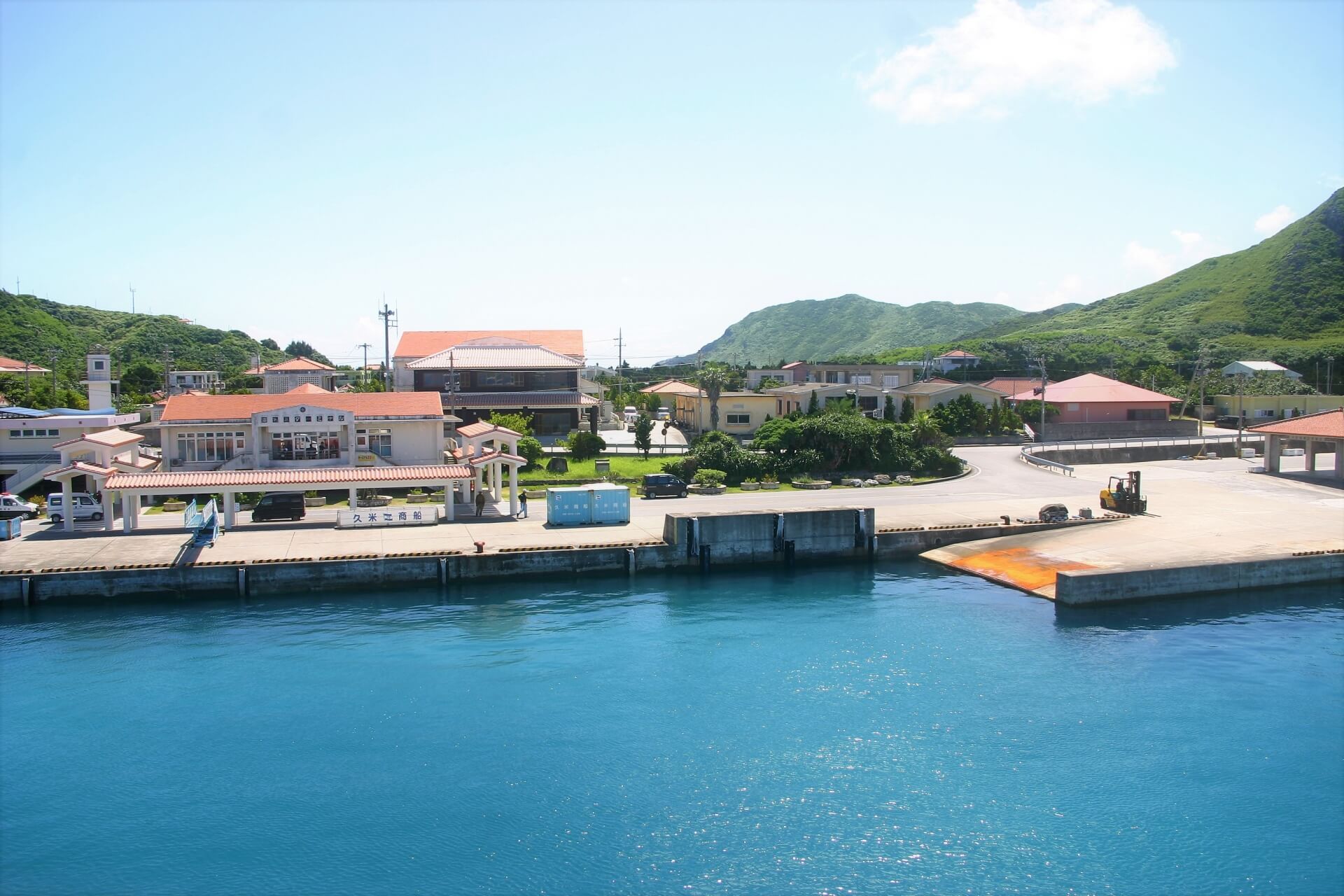
One of the many islands making-up the ‘Okinawa Shoto’ grouping, Kume Island is located around 90 kilometres to the west Okinawa Honto. Much smaller than the main island of Okinawa Honto, Kume or ‘Kumejima’ is known for its beautiful and less developed beaches including its most famous attraction, the 7 kilometre sandbar Hatenohama Beach. Kume is known for its diving and snorkeling and laid-back pace – a good option for visitors not wanting to travel to far from the main island but seeking a less-developed destination. To get there, ferries run from Naha Tomari Port twice a day – 3.5 to 4 hours / JPY3450 one-way. There are also regular flights from Naha Airport taking only 35 minutes and costing between JPY8000 to JPY13,000. During the summer peak season, flights also operate directly from Haneda taking around 2.5 hours and costing over JPY50,000. For accommodation listings, see our ‘Kume Island’ hotel page.
KERAMA ISLANDS
Located around 40 kilometres to the west of Okinawa Honto, the Kerama Islands are known for their white sand beaches, azure waters and excellent snorkelling, diving and whale-watching. The islands lie within Keramashoto National Park – an area of around 3500 hectares and including more than 30 islands – with only a handful of the constituent islands inhabited by people including:
18 / AKA ISLAND / all year round
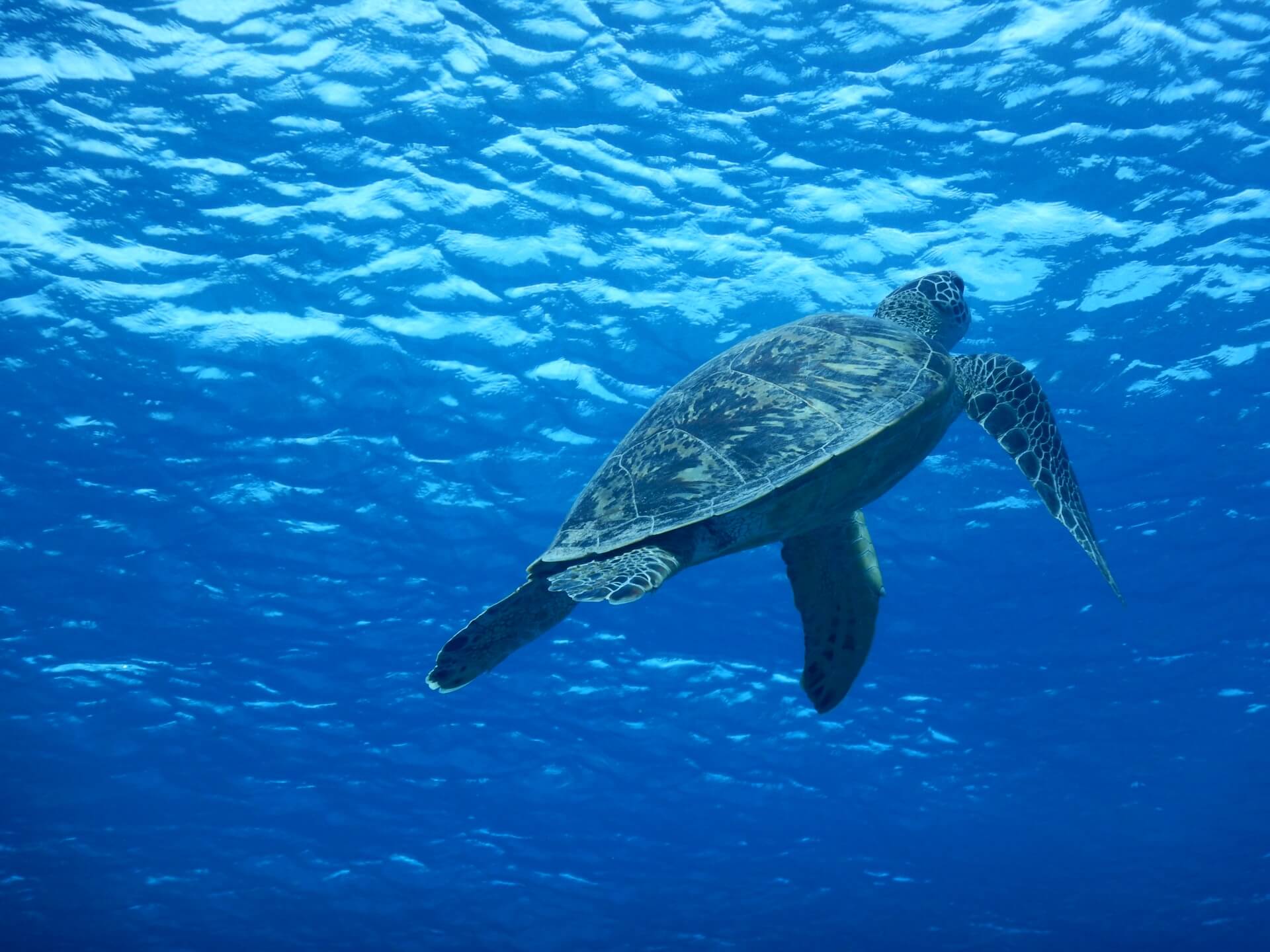
Aka is the third largest of Kerama’s inhabited islands. Blessed with crystal-clear waters, Aka is an ideal destination for snorkelling and diving, with its calm conditions also being perfect for kayaking and SUP (stand-up paddling). Nishibama is the most popular beach on the island while a bridge connects the island to nearby Geruma Island and Fukaji Island. There are only limited accommodation options on the island, all of which are located nearby Aka Port. High-speed boats and slower ferries operate to Aka Island from Naha, taking 50 minutes / JPY3200 one-way and 90 minutes / JPY2150 respectively. For accommodation listings, see our ‘Aka Island’ hotel page.
19 / ZAMAMI ISLAND / all year round
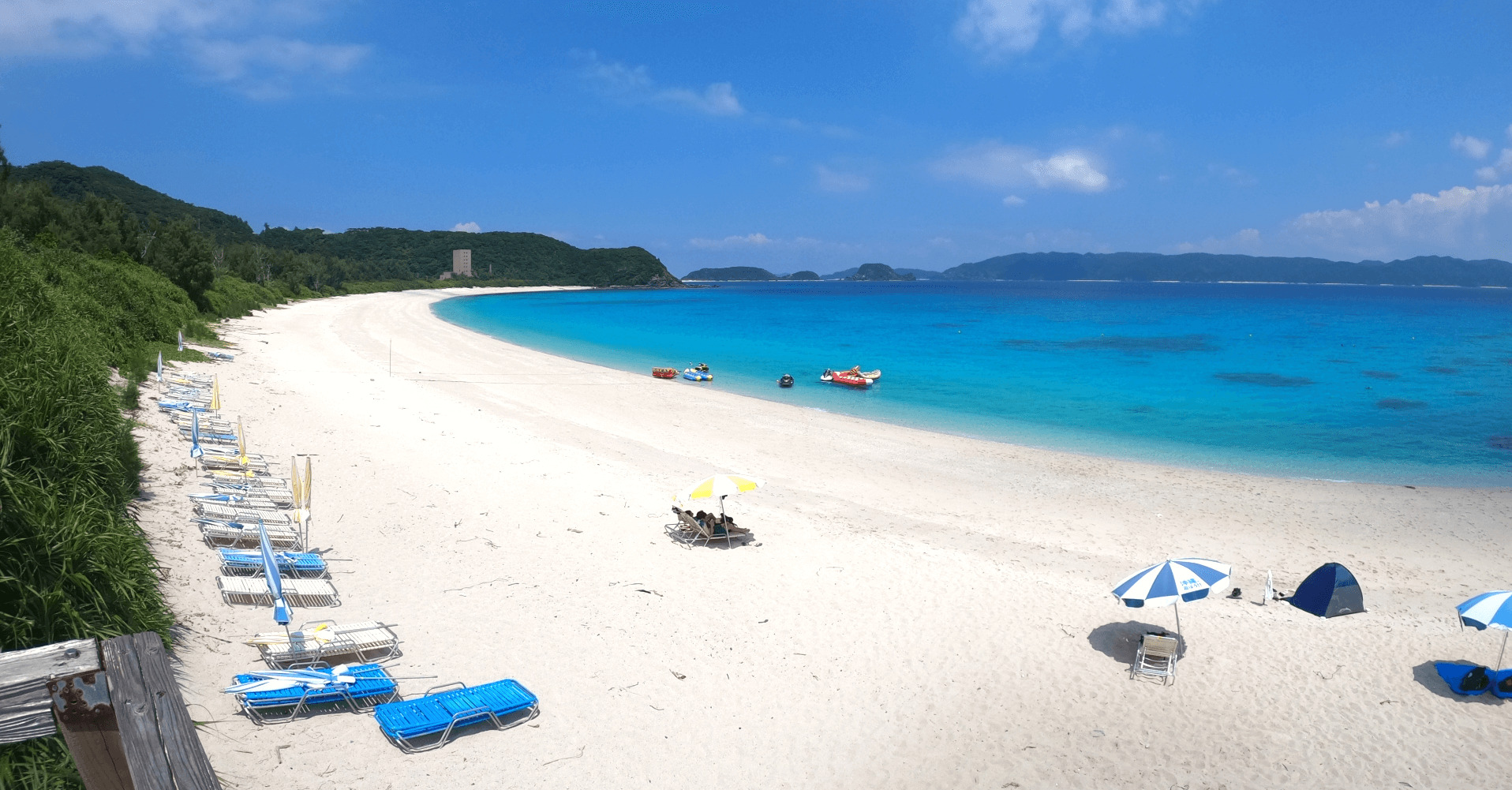
Zamami Island is the second largest and most popular of the Kerama Islands. Another island known for its pristine beaches and clear waters including Furuzamami Beach and Ama Beach – both of which are within walking distance of the island port. Zamami and the surrounding smaller islands are popular spots for snorkelling and diving, many of which can be reached by short boat rides. The island is also known for its spectacular sunsets with most accommodation located nearby the port, making it an easy island to visit. To get there, high-speed boats and ferries operate from Naha Tomari Port via Aka Island. High-speed boats take around 1 hour / JPY3200 one-way and the slower ferries take around 2 hours / JPY2150 one-way. For accommodation listings, see our ‘Zamami Island’ hotel page.
20 / TOKASHIKI ISLAND / all year round
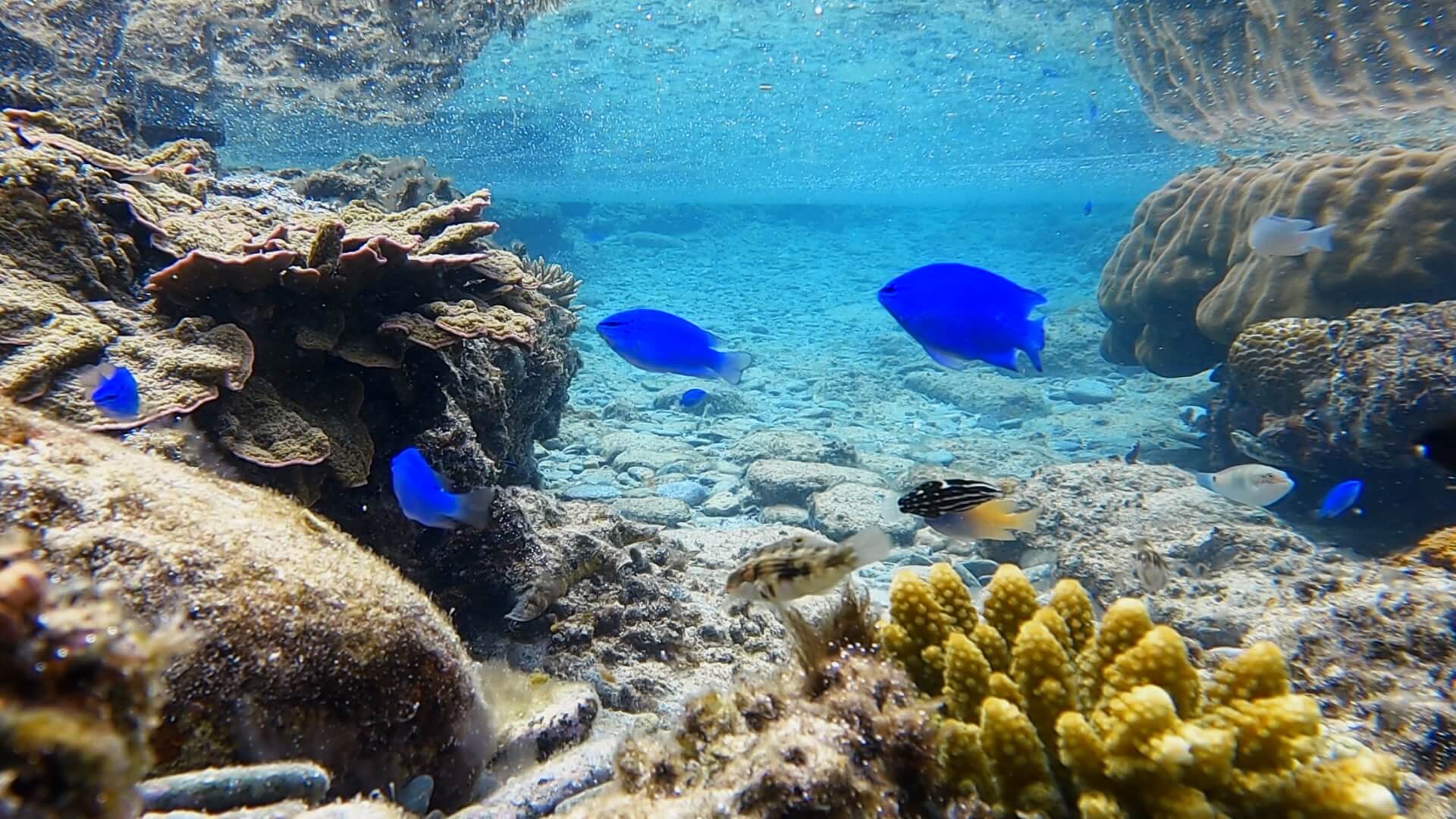
Tokashiki is the largest island in the Kerama grouping, offering visitors beautiful beaches, snorkelling, diving, whale-watching and a heavily-forested interior dissected by hiking trails. Aharen Beach is the largest on the island, located around 4.5 kilometres from the island port on the west side of the island. Kayaking from Tokashiki to the nearby uninhabited islands is another popular activity, offering escape from other travellers and a great way to access snorkelling points where you can encounter sea turtles and a wealth of coral and sea life. To get to Tokashiki, high-speed boats and ferries operate from Naha Tomari Port. High-speed boats take around 35 minutes / JPY2530 one-way, while the ferry takes around 70 minutes / JPY1690 one-way. For accommodation listings, see our ‘Tokashiki Island’ hotel page.
MIYAKO ISLANDS
The Miyako Islands lie around 300 kilometres to the south of the Okinawa main islands and Kerama Islands. There are eight major islands in the group of which Miyako Island is the largest and most popular:
21 / MIYAKO ISLAND / all year round
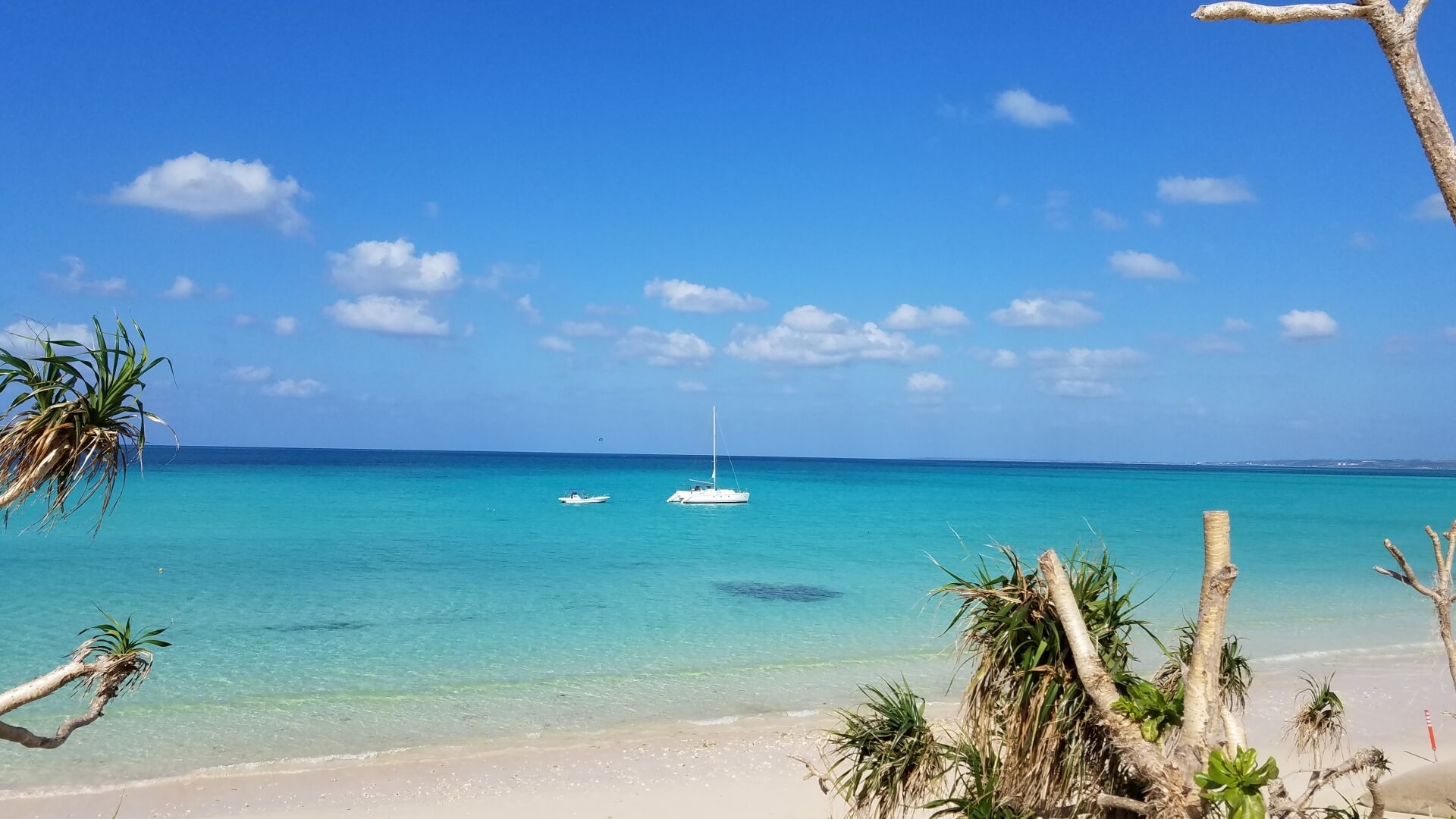
‘Miyako-jima’ is the fourth largest island in Okinawa Prefecture. The island’s beautiful beaches and large range of accommodation including beachside resorts, make Miyako hugely popular. Miyako is also more developed than many other islands with a series of bridges connecting it to surrounding smaller islands. Considered one of Okinawa’s best diving destinations, Miyako is known for its submerged caves and caverns – only suitable for advanced divers – along with easier dives suitable for beginner and intermediate divers, fantastic snorkelling and resort activities including parasailing, jet-skiing and more. Some of its best beaches include Maehama, Yoshino and Sunayama. Given its distance from the main Okinawan islands, flying to Miyako is the most convenient option with flights from Naha taking around 45 minutes while flights from Tokyo take 2.5 to 3 hours or around 2 hours from Osaka. For accommodation listings, see our ‘Miyako Island’ hotel page.
YAEYAMA ISLANDS
The Yaeyama grouping includes two of Okinawa’s most beautiful and ecologically significant islands, Ishigaki and Iriomote, attracting visitors from all over the world. Part of the Iriomote-Ishigaki National Park, they are the southernmost and westernmost islands of Okinawa, closer to Taiwan than they are to the Okinawan main island. Let’s start with the most popular of them all:
22 / ISHIGAKI ISLAND / all year round
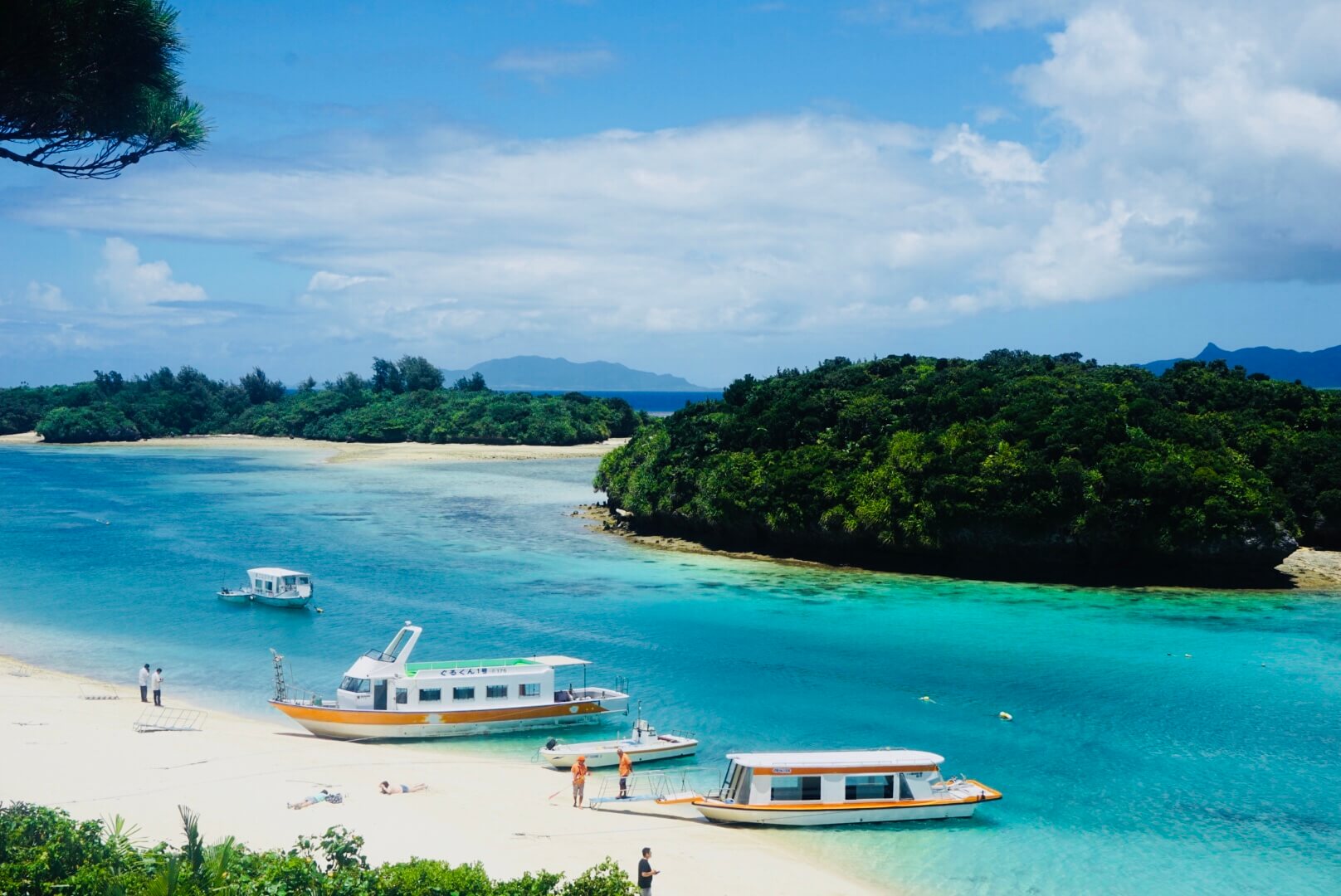
Ishigaki is considered the main island of the Yaeyama grouping and thanks to its airport and port, is the easiest island to get to. Known for its exceptional beaches, Ishigaki is surrounded coral reefs that also offer some of Okinawa’s best diving and snorkelling. Yonehara Beach, Sukuji Beach and Sunset Beach are some of the popular on the island, at their best from April to November. Snorkelling can be enjoyed at all beaches with diving facilitated by many dive shops and tour operators catering to all levels of experience.
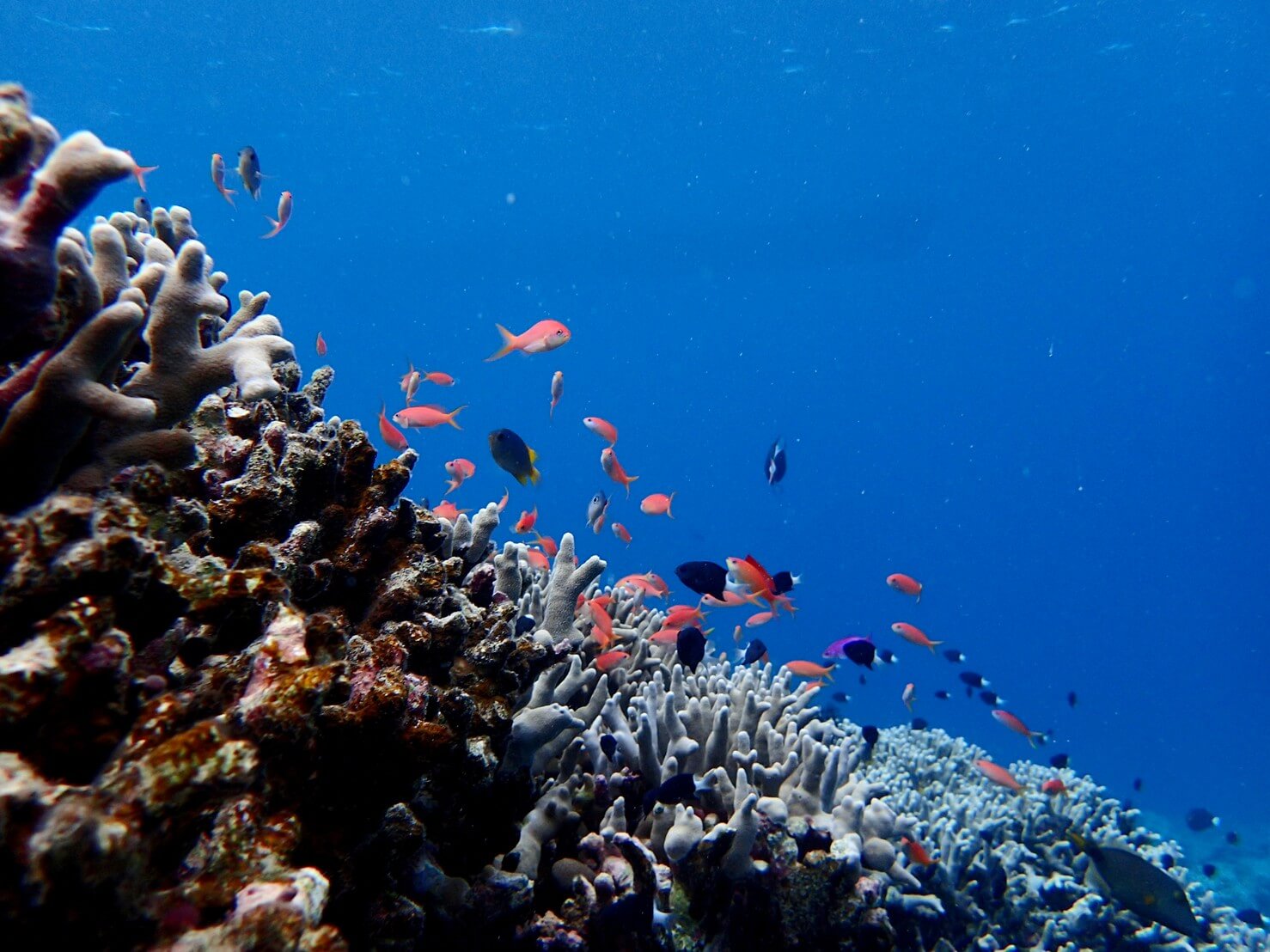
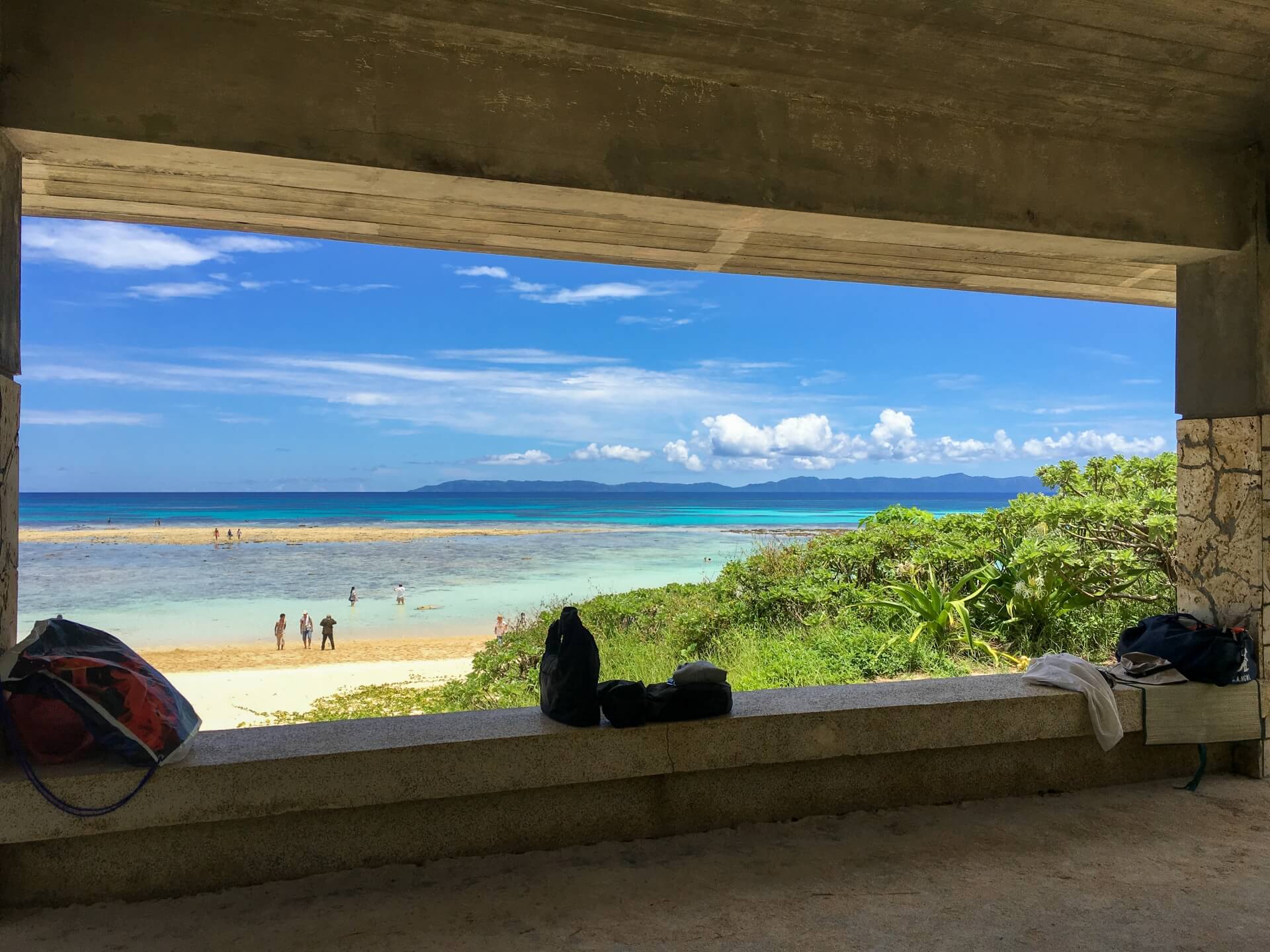
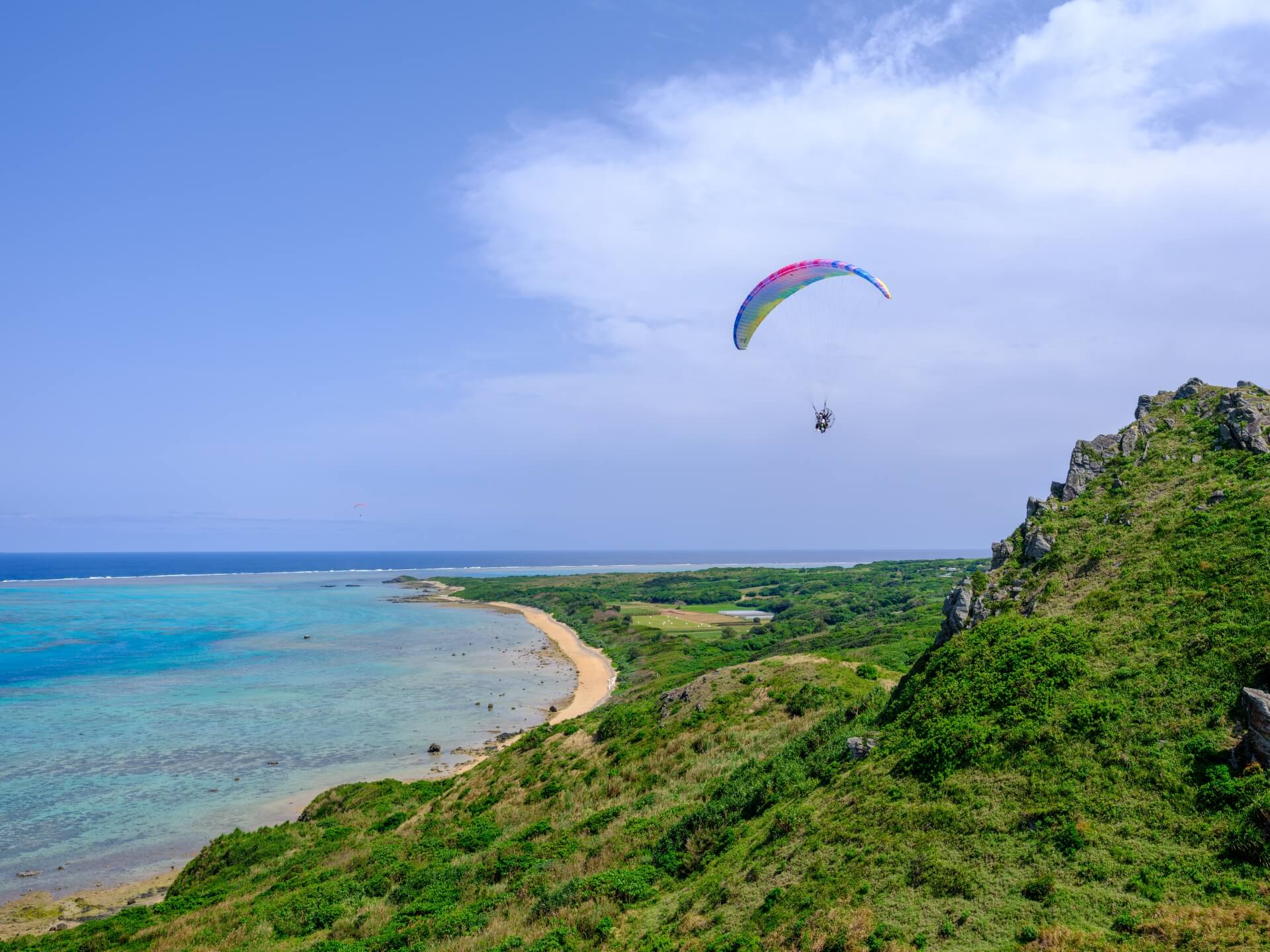
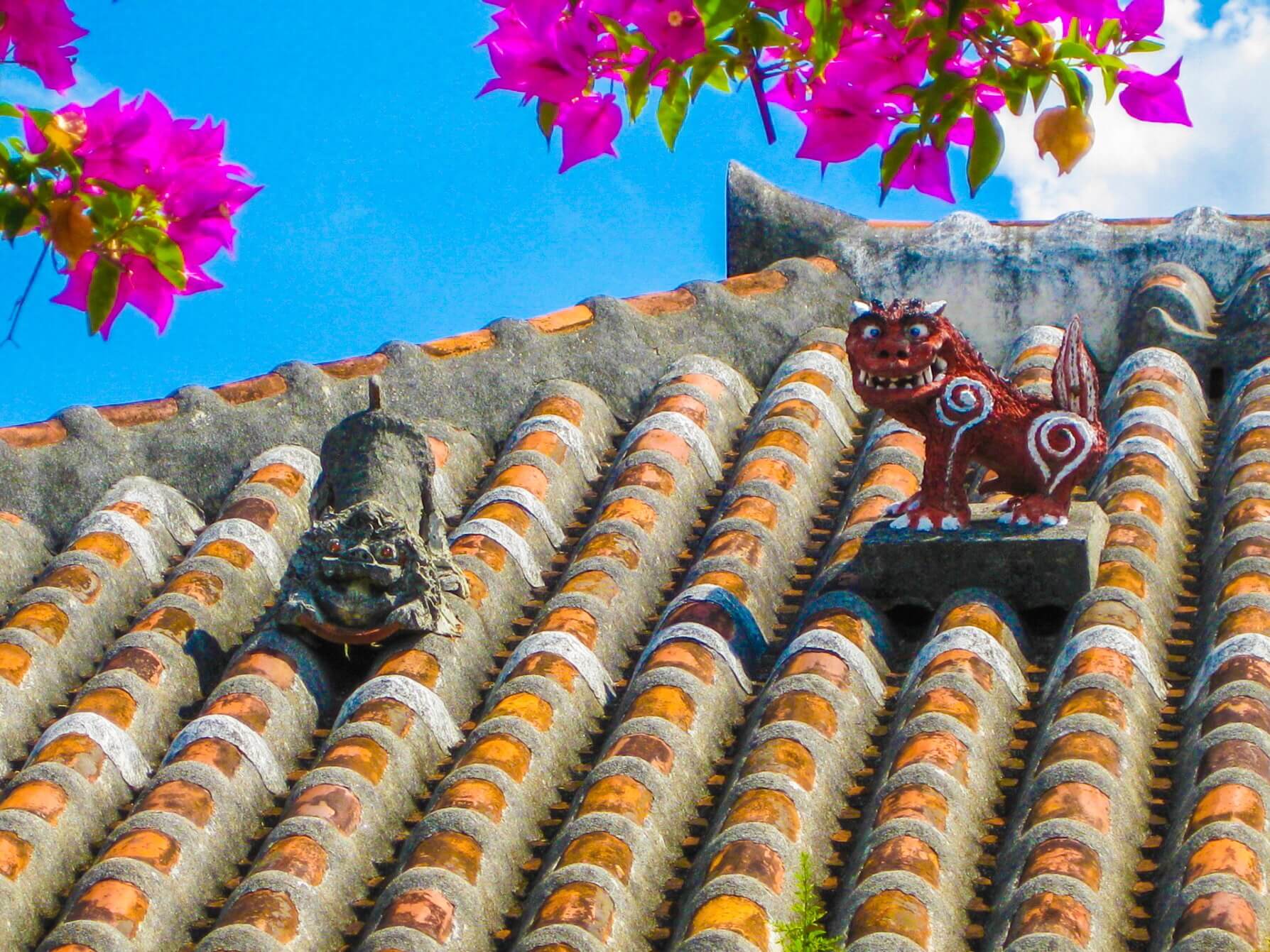
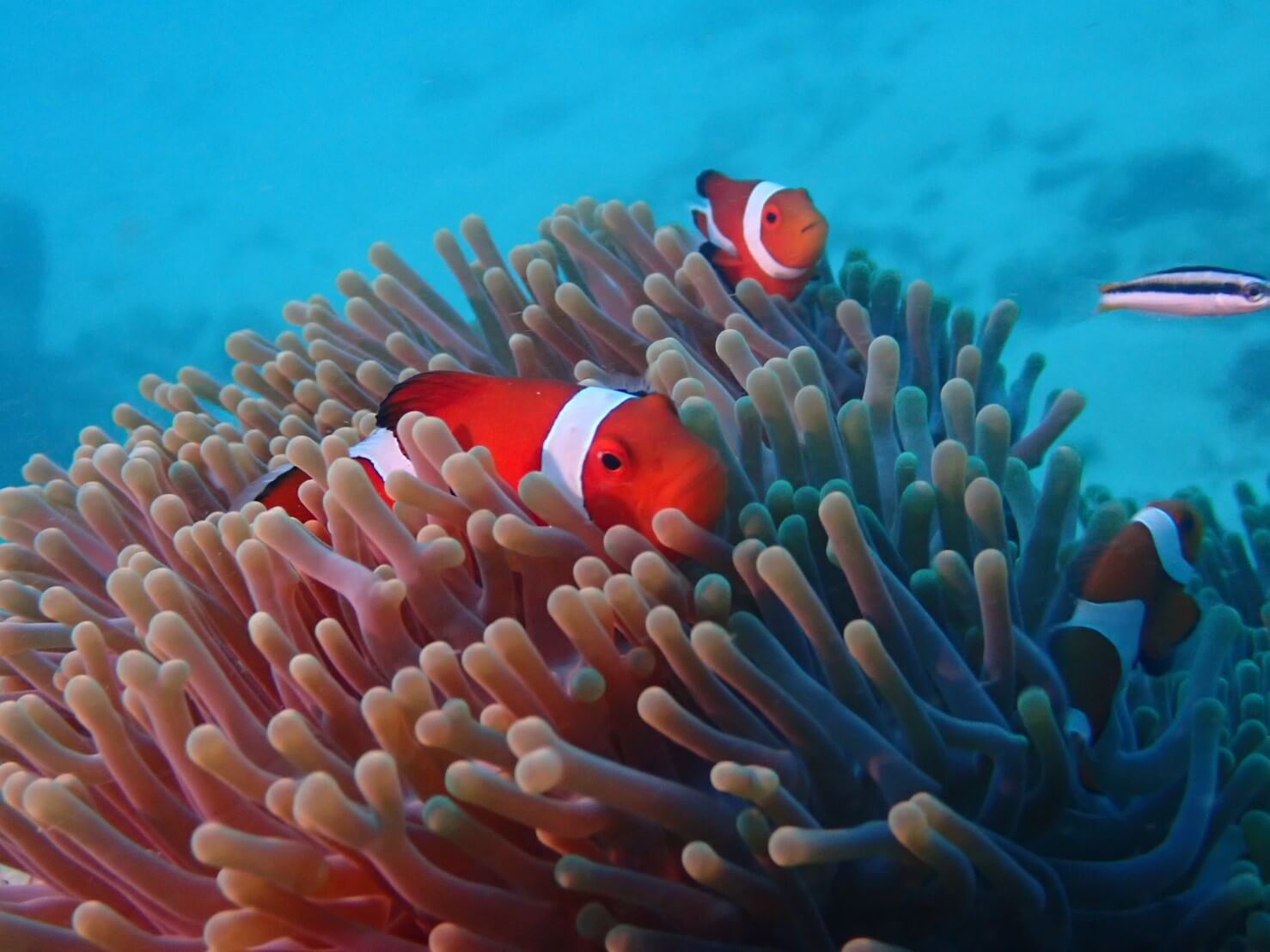
Kabira Bay is another of the island’s most popular destinations, famed for its clear water that can be enjoyed on glass bottom boats. The interior of the island includes jungle and the highest point in Okinawa – Mount Omoto – while you will also encounter traditional buildings across the island including Ishigaki Yaima Village – an open-air museum featuring relocated traditional residences from across all the islands. Ishigaki can be reached by flight from Naha – 1 hour / JPY10,000 to JPY20,000 – along with direct flights from Tokyo – 3 hours / JPY40,000 to JPY70,000 – and other cities in the Japanese main islands. Ferry services operate to and from Ishigaki to the other major islands of Yaeyama including Taketomi, Iriomote and Yonaguni – see below for details. For accommodation listings, see our ‘Ishigaki Island’ hotel page.
23 / TAKETOMI ISLAND / all year round
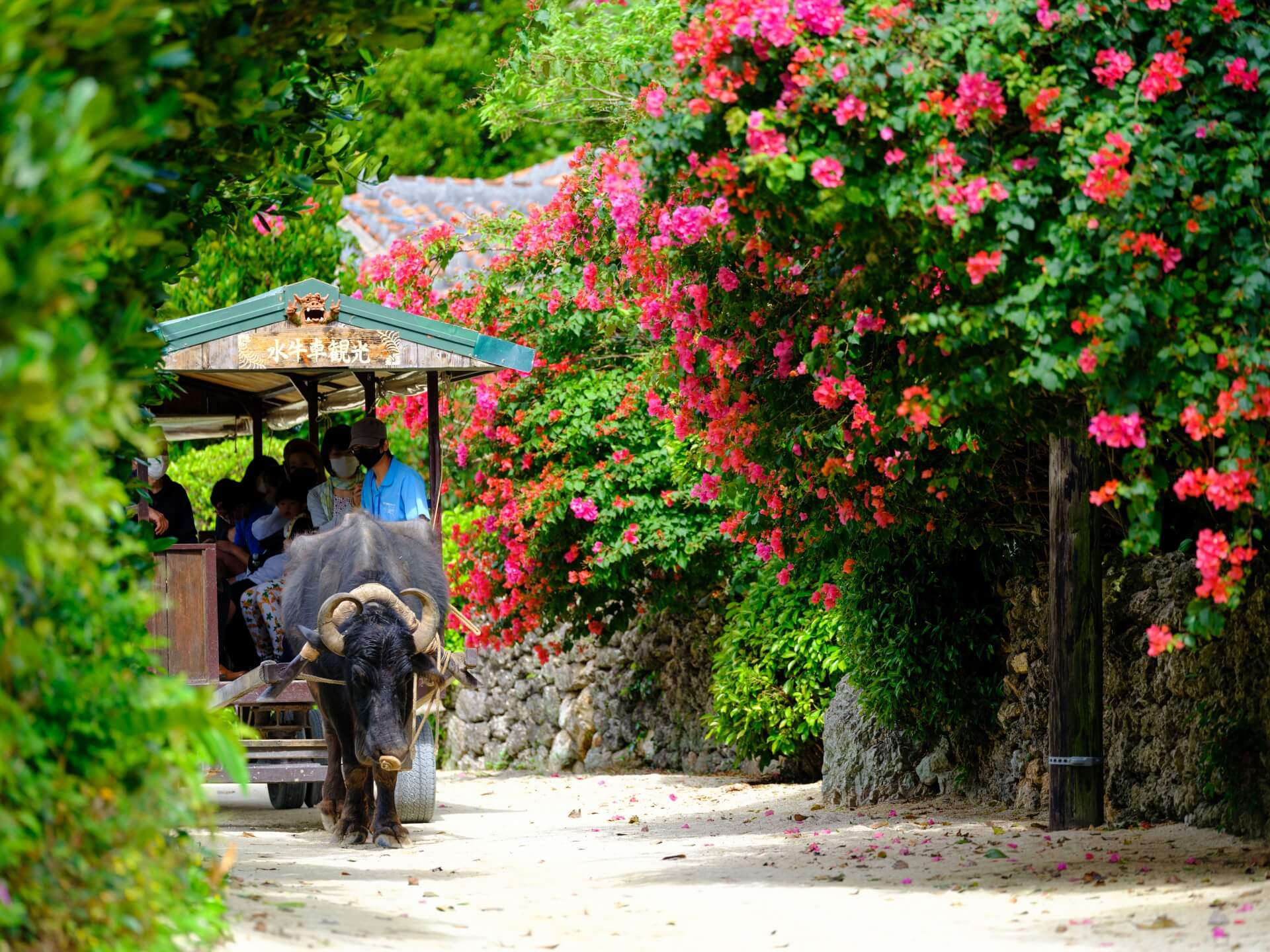
Located nearby Ishigaki, Taketomi is a small island known for its beautiful villages and traditional houses. While the island has some lovely beaches, visitors typically choose to visit as a day-trip from Ishigaki to enjoy the traditional character of life there, exemplified by the distinctive red tiled roofs, stone walls and unsealed roads seen throughout the main village. Visitors to Taketomi can enjoy water buffalo cart rides or simply explore the island by bicycle or on-foot. To get there, using the regular high-speed ferry from Ishigaki is the best option. It takes only 10 minutes and costs JPY1160 one-way. Ferries operate every 30 minutes between 07:30 and 17:30. For accommodation listings, see our ‘Taketomi Island’ hotel page.
24 / IRIOMOTE ISLAND / all year round
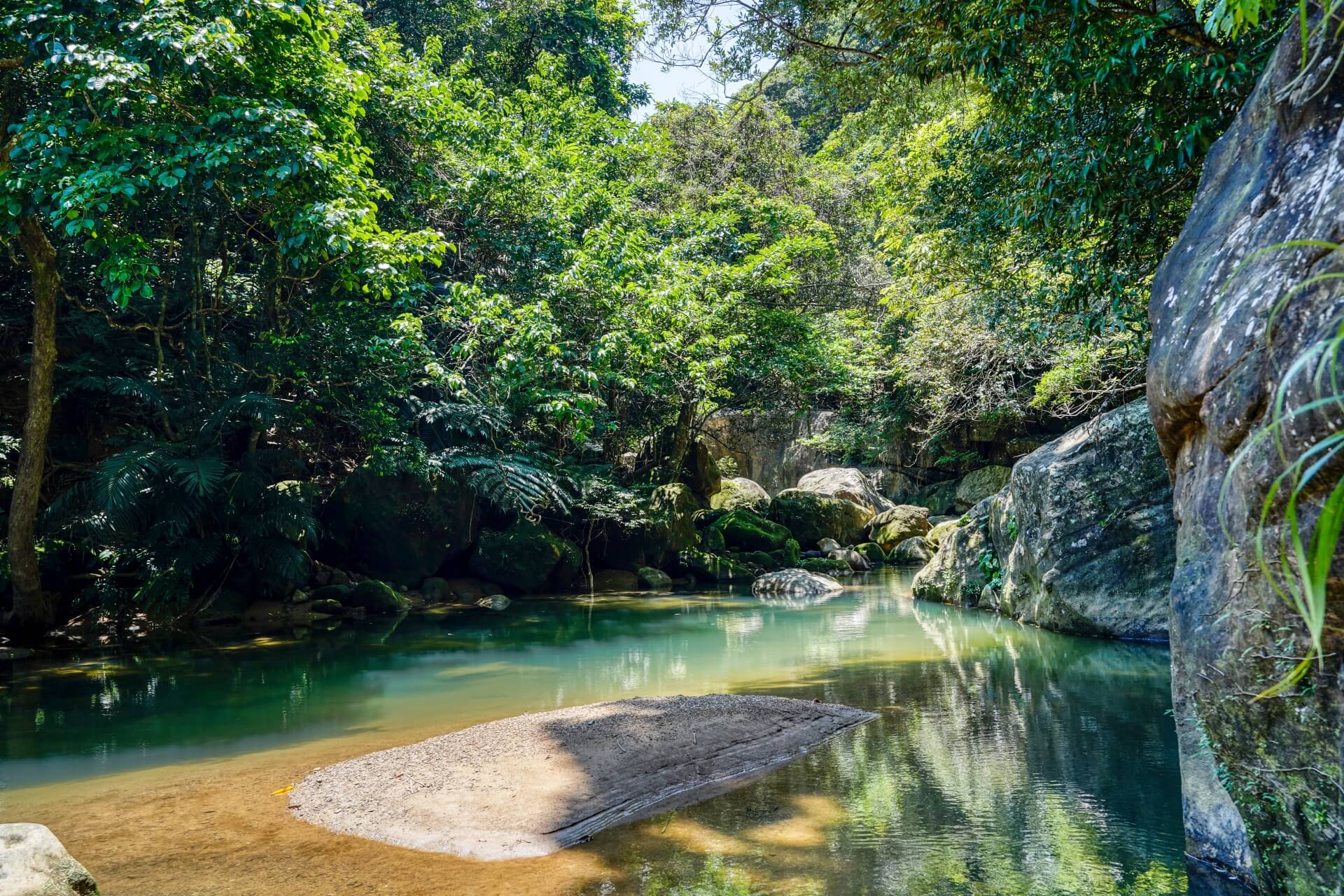
Iriomote is the second largest island in Okinawa and accounts for the majority of Iriomote-Ishigaki National Park – an area including Iriomote, Ishigaki and the surrounding waters. Around 90% of the island remains undeveloped and is covered by jungle with mangrove forests lining the coast. Rivers open-up the interior of the island to exploration by kayak and river boats or along hiking trails through the jungle. Snorkelling, diving, fishing and sailing are also popular in waters just off the island.
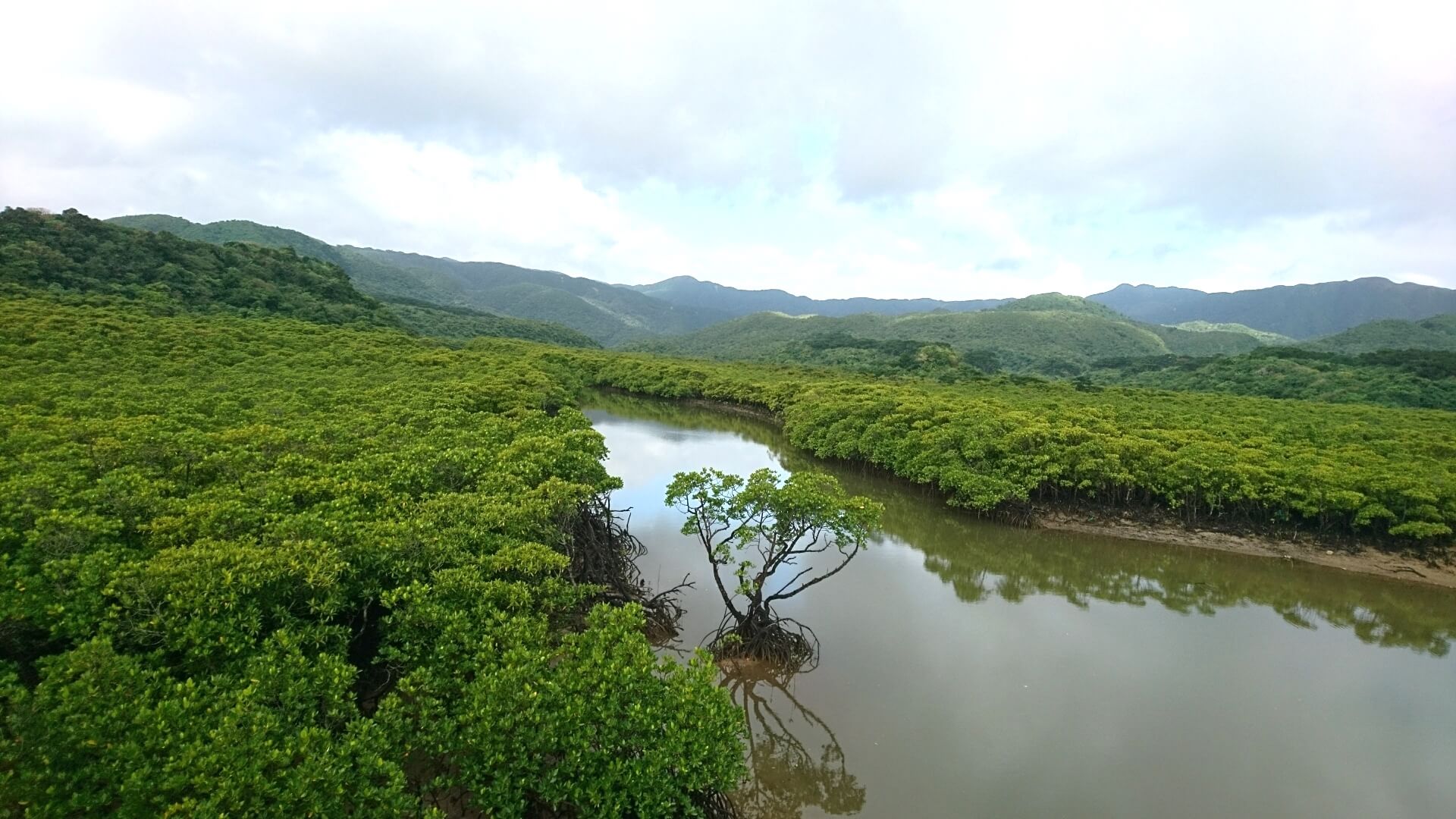
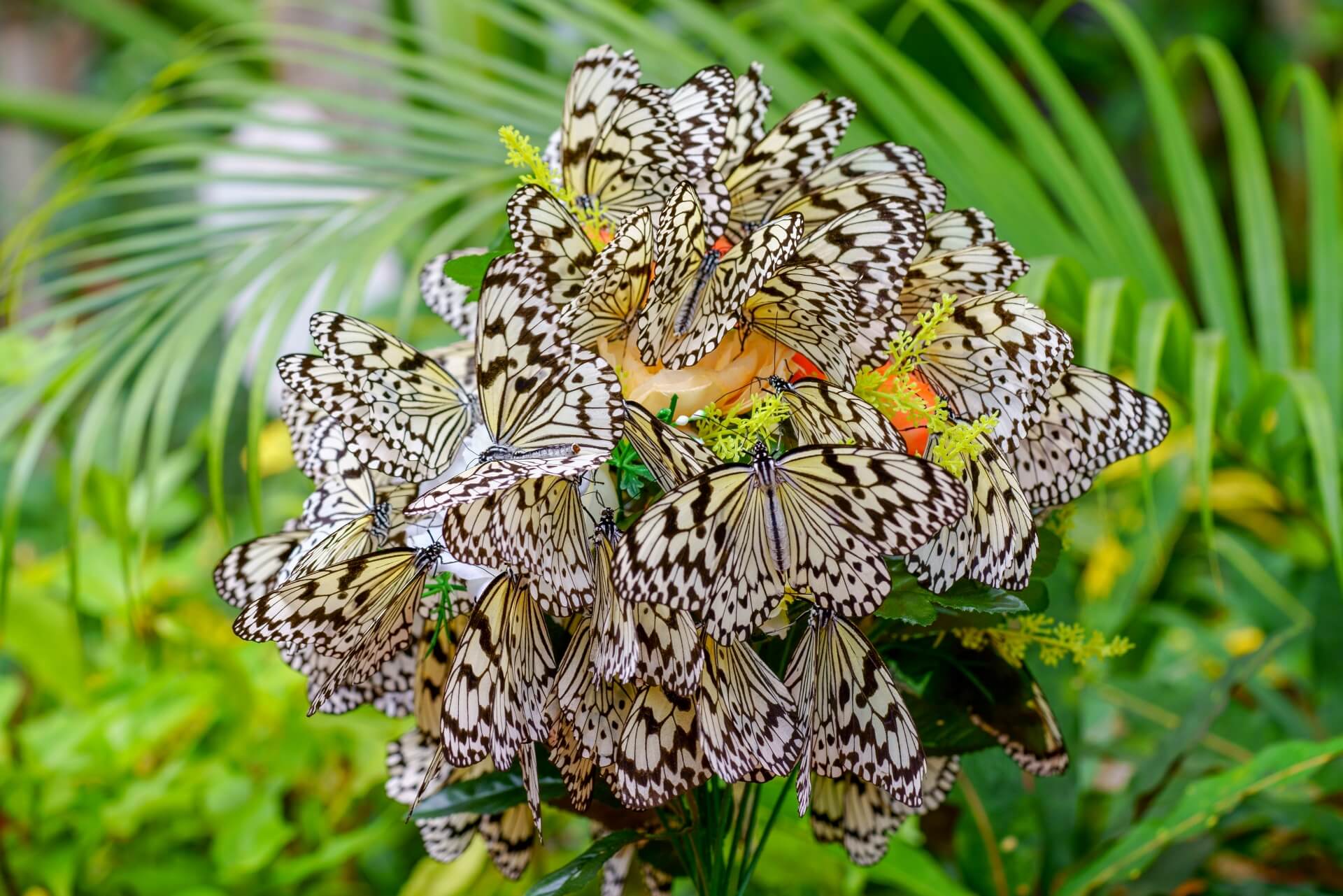
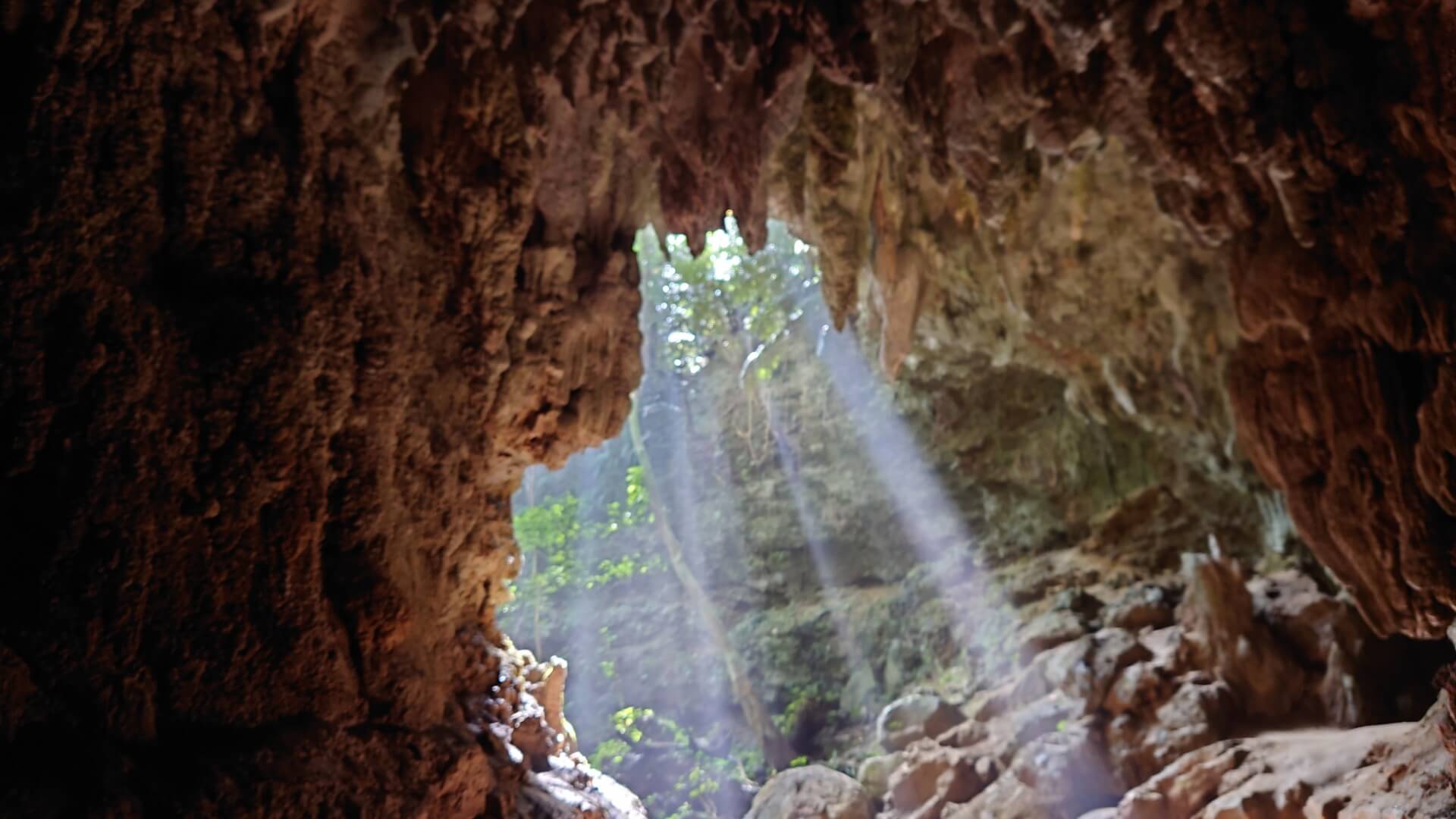
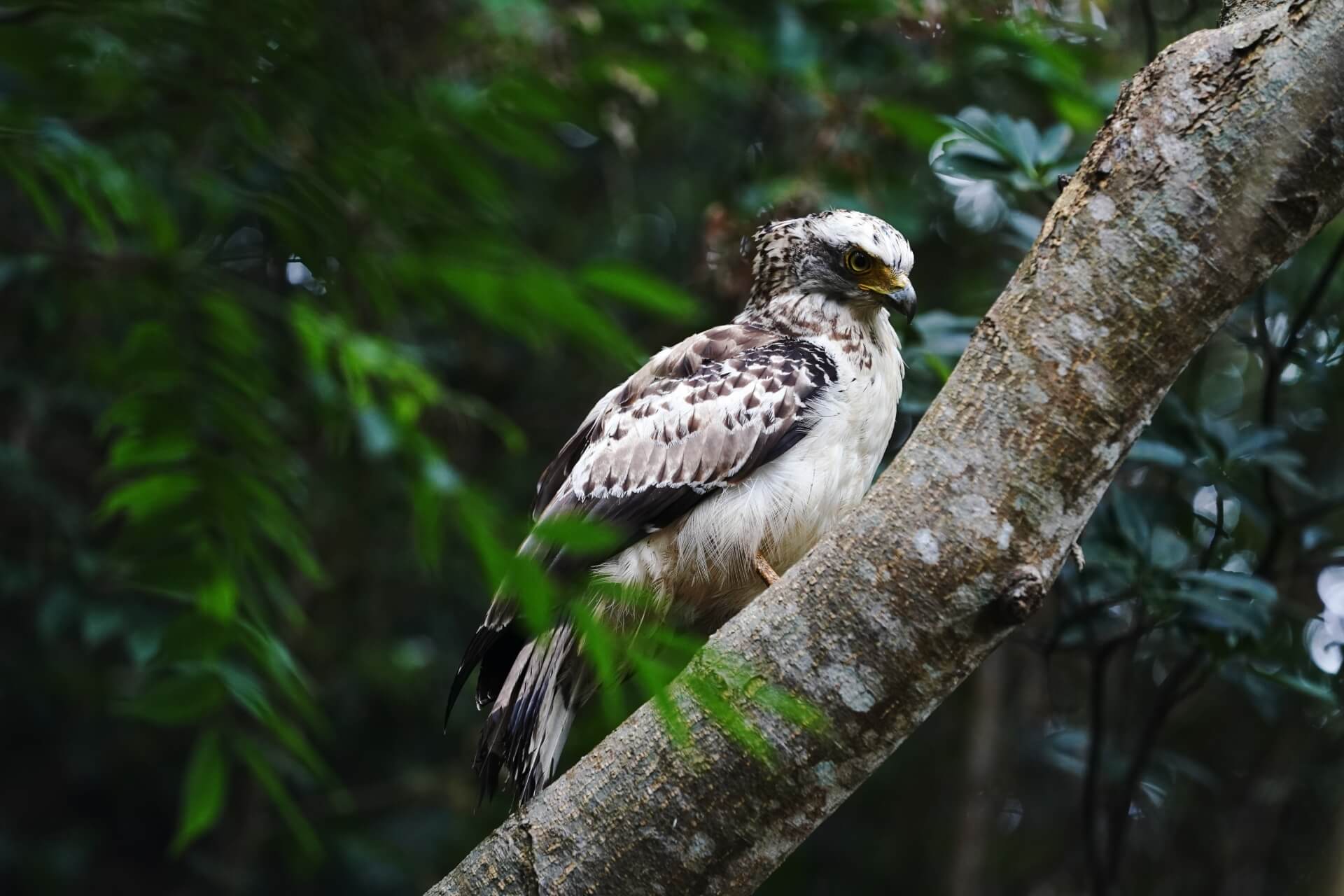
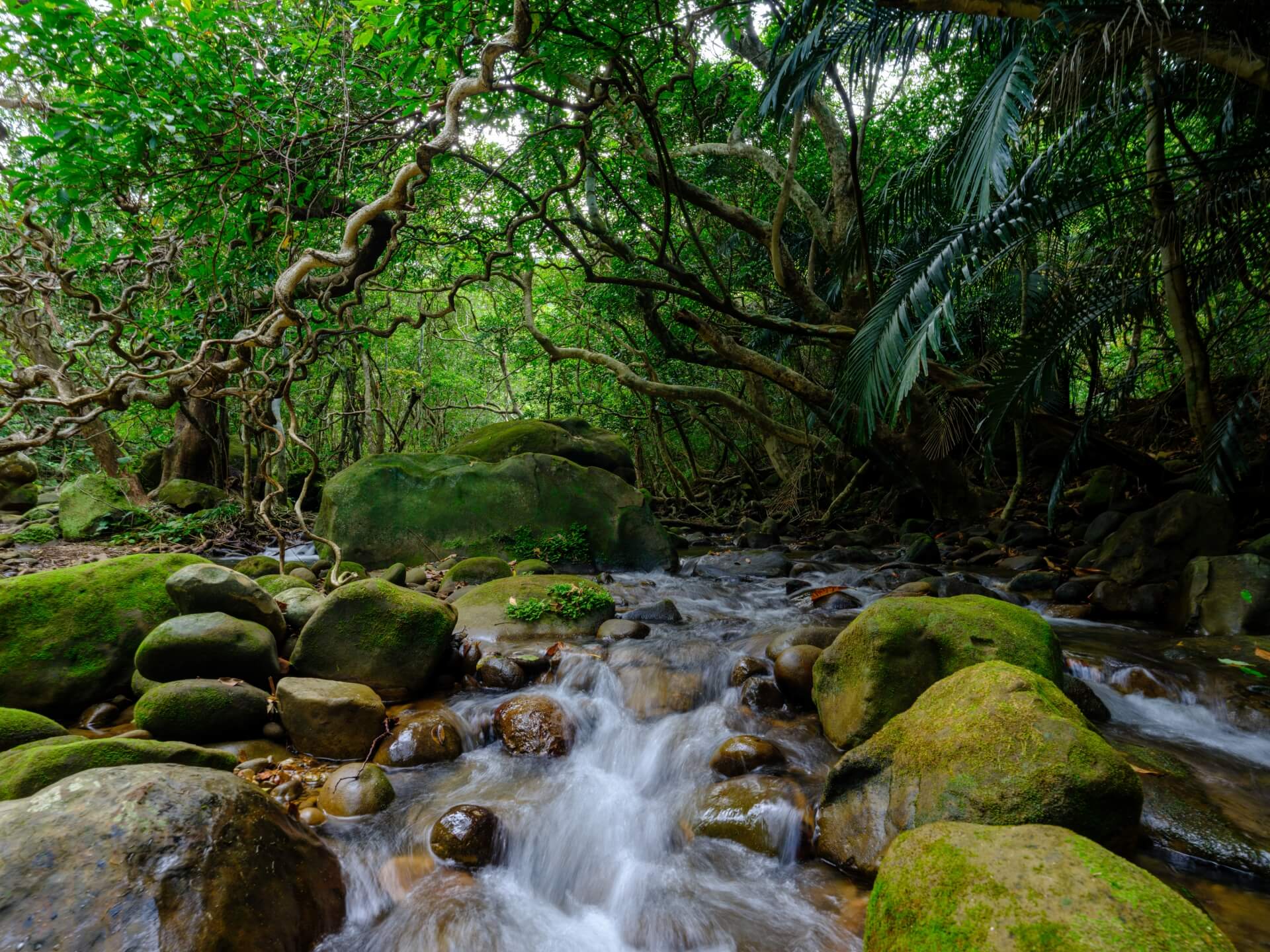
The island is home to the ‘Iriomote Yamaneko’, a wildcat only found on Iriomote. Discovered in 1965, it is an endangered species with an estimated 100 individual cats left in the wild. Crested Serpent Eagles are another drawcard for wildlife enthusiast while large mantra rays congregate in the waters off the island, making it a popular destination for divers. Some of its most popular beaches include Hoshizuma-no-hama and Tudumari-no-hama with the small coral island of Barasu a short boat ride from Iriomote. To get there, high-speed ferries operate from Ishigaki – taking 50 to 70 minutes / JPY1600 to JPY2090 (depending on which port you go from) – with a slower car ferry operating a couple of times a week – 110 to 130 minutes / JPY1450. For accommodation listings, see our ‘Iriomote Island’ hotel page.
25 / YONAGUNI ISLAND / all year round
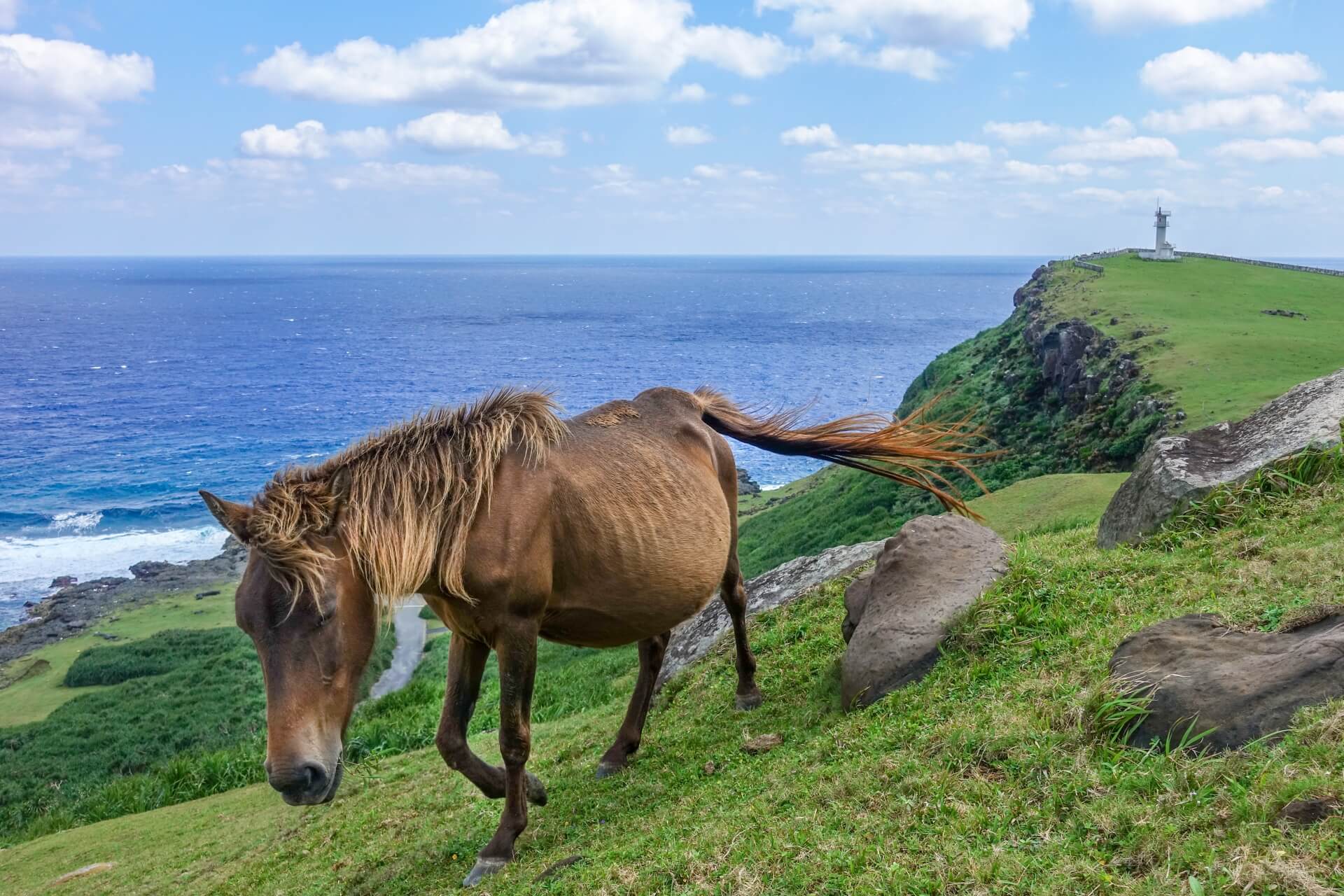
Yonaguni is the westernmost island of Okinawa. Significantly closer to Taiwan than it is to the rest of Japan, Yonaguni still attracts plenty of visitors thanks to its diving, rugged coastal scenery and wildlife including the native Yongauni horse that roam freely across the island. Divers in particular are drawn to Yonaguni by large numbers of migrating hammerhead sharks that are seen in the surrounding waters from November until May along with the somewhat controversial ‘Yonaguni Monument’ – a submerged stone formation that some people claim is man-made and a relic of a lost civilization. Given its distance from not just the Japanese main islands but also the Okinawa main island, visitors headed to Yonaguni might want to consider flying from Naha – 75 minutes / JPY35,000 – or Ishigaki – 30 minutes / JPY13,000. Alternatively, a twice weekly ferry operates from Ishigaki – 4.5 hours / JPY3550. For accommodation listings, see our ‘Yonaguni Island’ hotel page.
BEST PLACES TO STAY IN OKINAWA
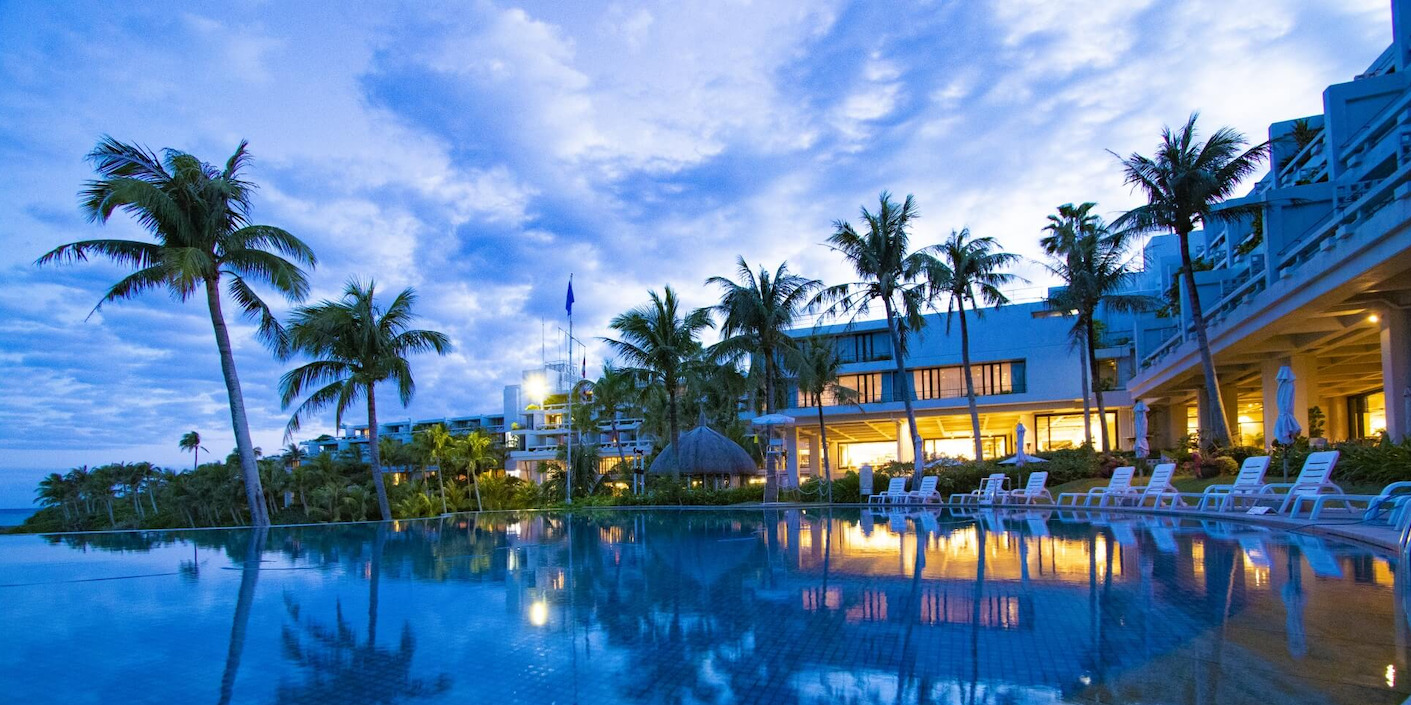
Okinawa offers travellers Japan’s best beach accommodation ranging from high-end resorts and large hotels to family-run guesthouses and seaside shacks. Where to stay and what’s on offer depends on which island you’re headed to and as such, our ‘Best Places to Stay in Okinawa’ page is a great place to start. Including links to accommodation listings of each of the island’s discussed on this page, we hope it helps in choosing the perfect accommodation for you.
GETTING TO & AROUND OKINAWA

Travelers heading to Okinawa can choose between flying – from multiple cities in Japan or regional cities in Asia – and ferry services that operate from the Japanese main islands. Our ‘Getting To & Around Okinawa’ page has everything you need to know about getting to the islands including your options of moving from the main island to smaller islands including Miyako, Ishigaki and Iriomote.
PLAN YOUR VISIT TO JAPAN
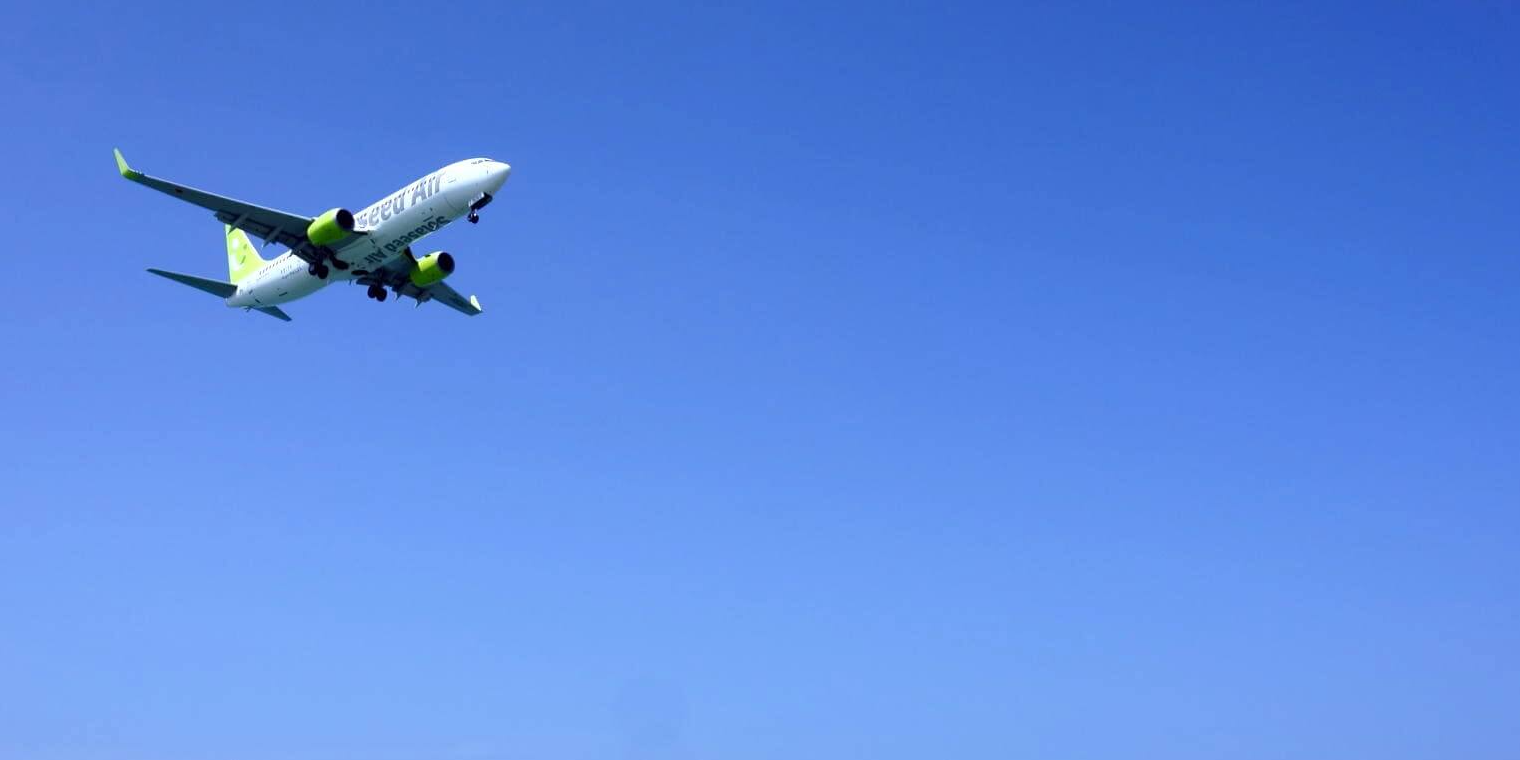
Despite Okinawa’s distance from Tokyo, Osaka and Kyoto, you’ll have no trouble getting there thanks for flights and ferries connecting the archipelago to the main Japanese islands. Our ‘Plan Your Visit’ page has everything you need to know about visiting Japan – from tips on the best time to travel, times to avoid, entering and exiting the country, money matters, staying connected, accommodation, staying safe and healthy and plenty more to ensure that you get the most out of your time here.



